Quick filters:
Devil's claw plant Stock Photos and Images
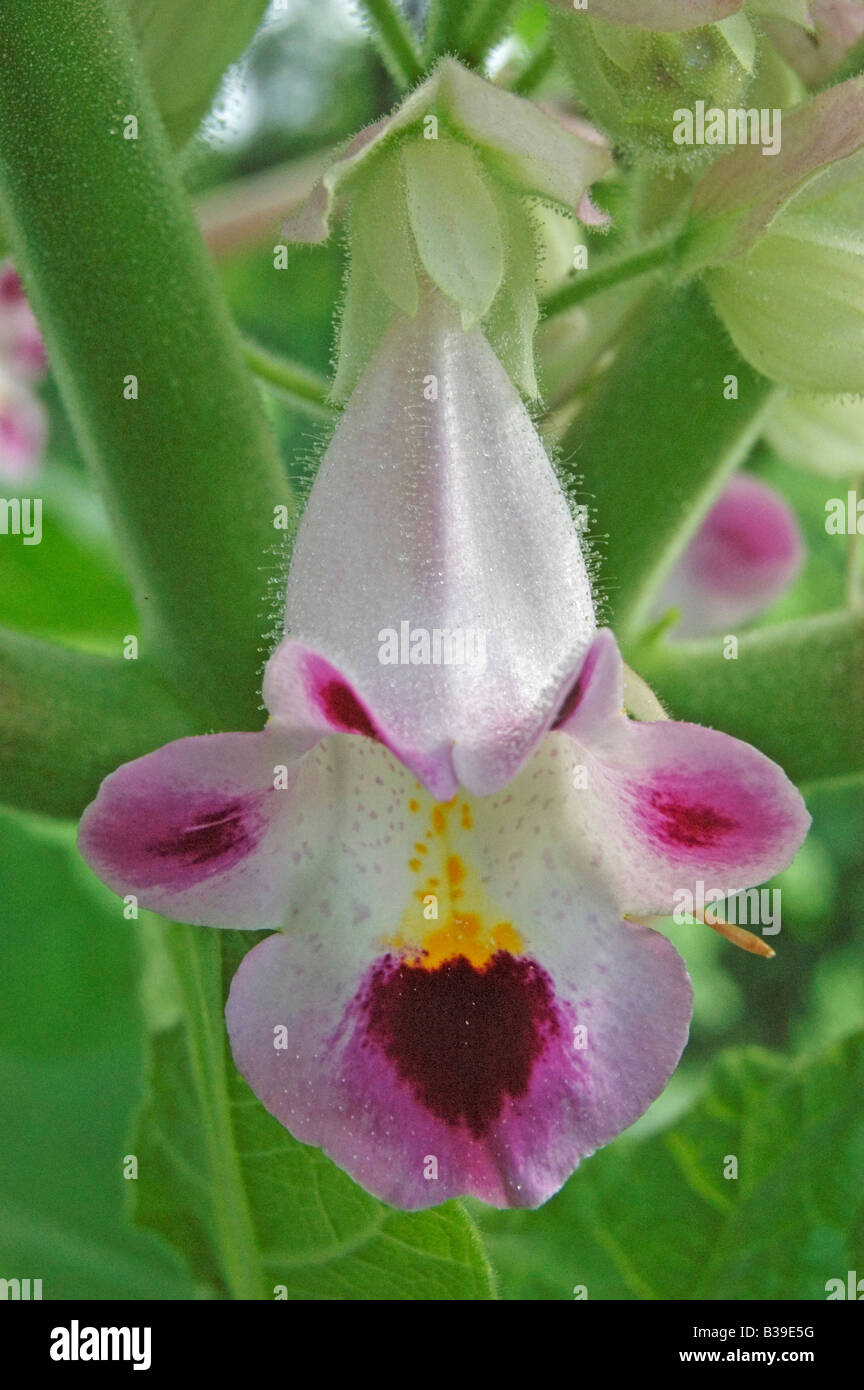 devil's claw Stock Photohttps://www.alamy.com/image-license-details/?v=1https://www.alamy.com/stock-photo-devils-claw-19263036.html
devil's claw Stock Photohttps://www.alamy.com/image-license-details/?v=1https://www.alamy.com/stock-photo-devils-claw-19263036.htmlRMB39E5G–devil's claw
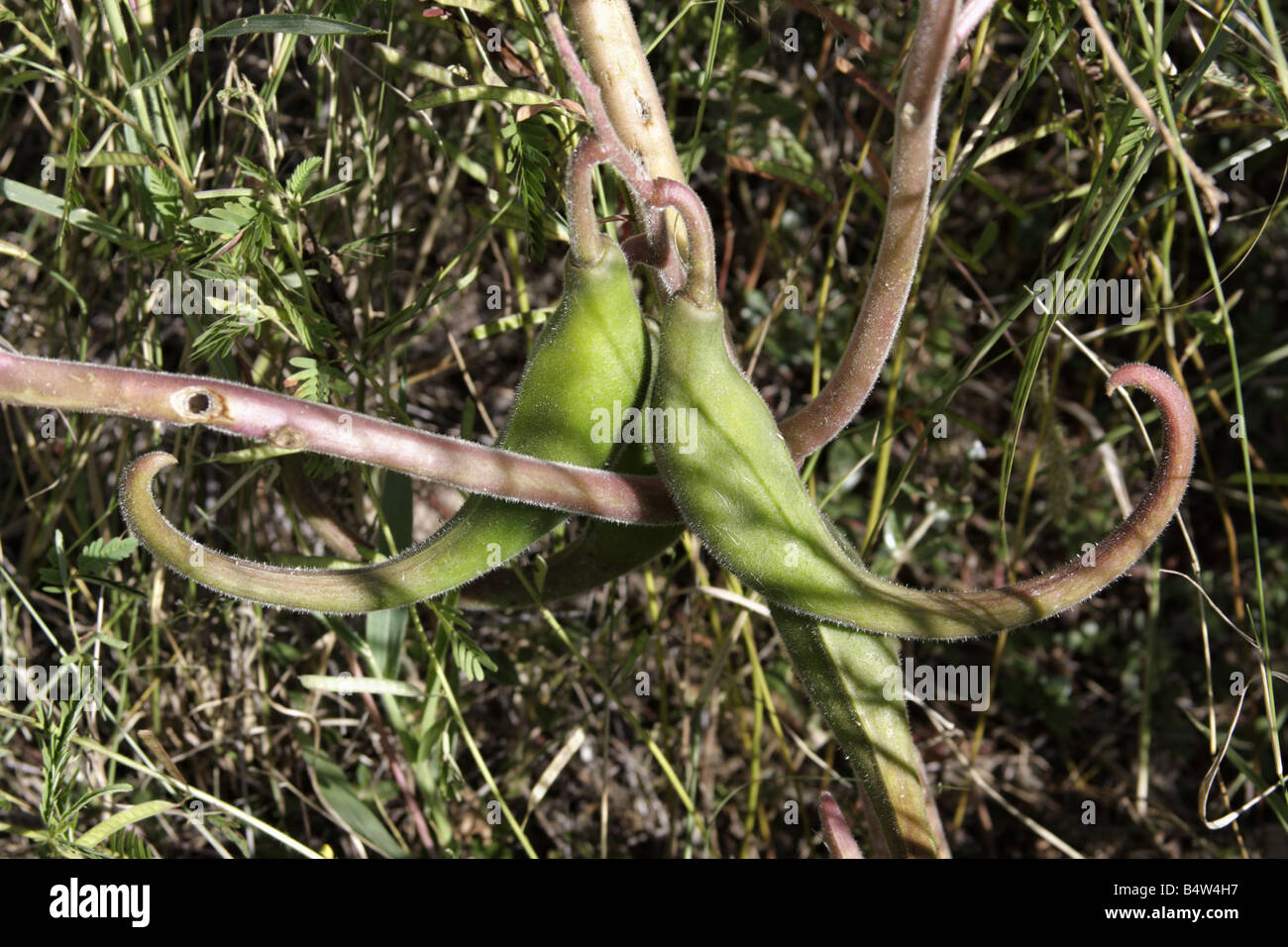 Fruits of Devil's Claw or Unicorn Plant or Doubleclaw (Proboscidea parviflora) Stock Photohttps://www.alamy.com/image-license-details/?v=1https://www.alamy.com/stock-photo-fruits-of-devils-claw-or-unicorn-plant-or-doubleclaw-proboscidea-parviflora-20221411.html
Fruits of Devil's Claw or Unicorn Plant or Doubleclaw (Proboscidea parviflora) Stock Photohttps://www.alamy.com/image-license-details/?v=1https://www.alamy.com/stock-photo-fruits-of-devils-claw-or-unicorn-plant-or-doubleclaw-proboscidea-parviflora-20221411.htmlRMB4W4H7–Fruits of Devil's Claw or Unicorn Plant or Doubleclaw (Proboscidea parviflora)
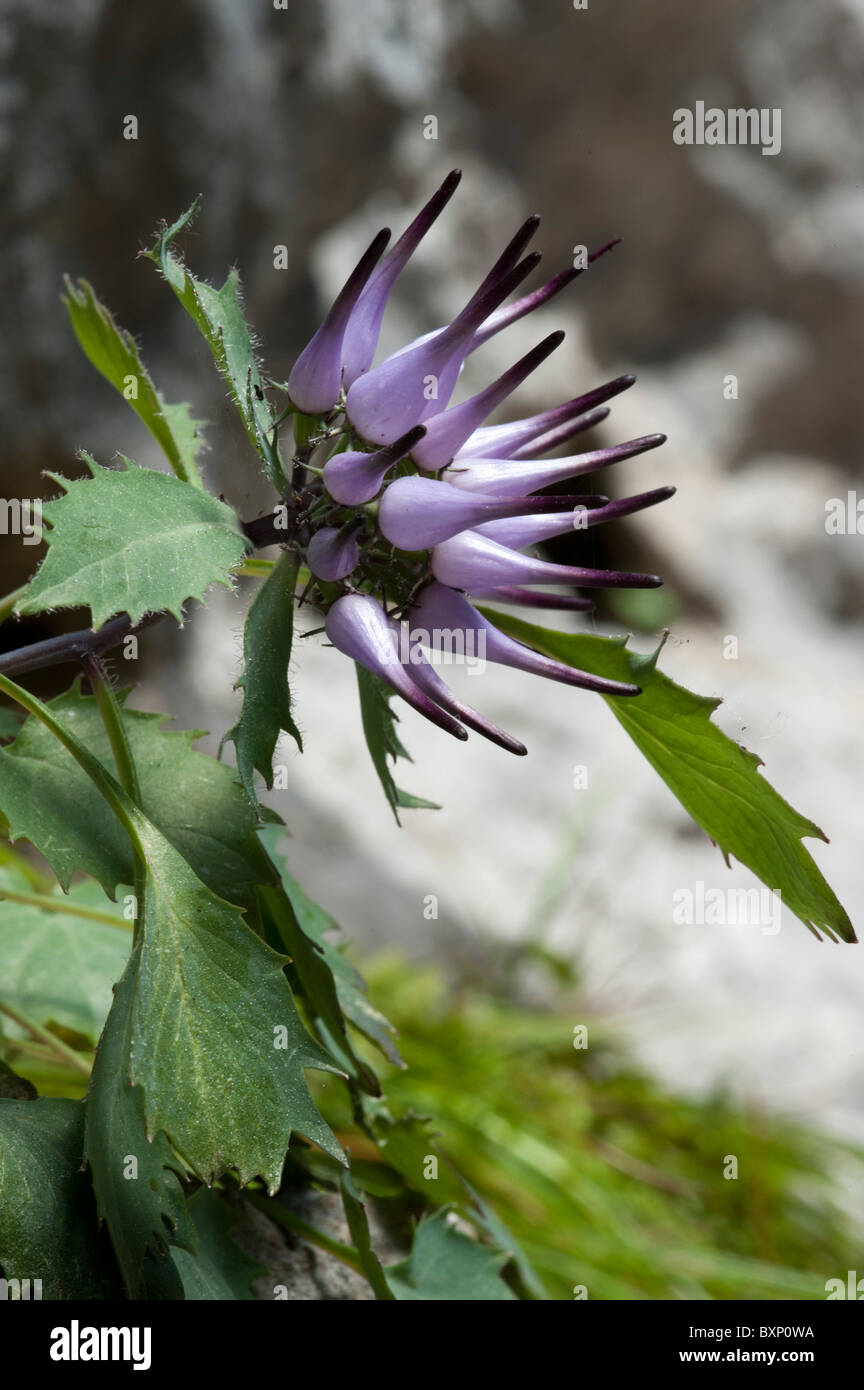 Devil's Claw (Physoplexis comosa) Stock Photohttps://www.alamy.com/image-license-details/?v=1https://www.alamy.com/stock-photo-devils-claw-physoplexis-comosa-33675078.html
Devil's Claw (Physoplexis comosa) Stock Photohttps://www.alamy.com/image-license-details/?v=1https://www.alamy.com/stock-photo-devils-claw-physoplexis-comosa-33675078.htmlRMBXP0WA–Devil's Claw (Physoplexis comosa)
 Devil’s Claw or grapple plant (Harpagophytum procumbens) medicinal plant and flower. Kalahari Desert. Botswana Stock Photohttps://www.alamy.com/image-license-details/?v=1https://www.alamy.com/devils-claw-or-grapple-plant-harpagophytum-procumbens-medicinal-plant-and-flower-kalahari-desert-botswana-image443312048.html
Devil’s Claw or grapple plant (Harpagophytum procumbens) medicinal plant and flower. Kalahari Desert. Botswana Stock Photohttps://www.alamy.com/image-license-details/?v=1https://www.alamy.com/devils-claw-or-grapple-plant-harpagophytum-procumbens-medicinal-plant-and-flower-kalahari-desert-botswana-image443312048.htmlRF2GN6H14–Devil’s Claw or grapple plant (Harpagophytum procumbens) medicinal plant and flower. Kalahari Desert. Botswana
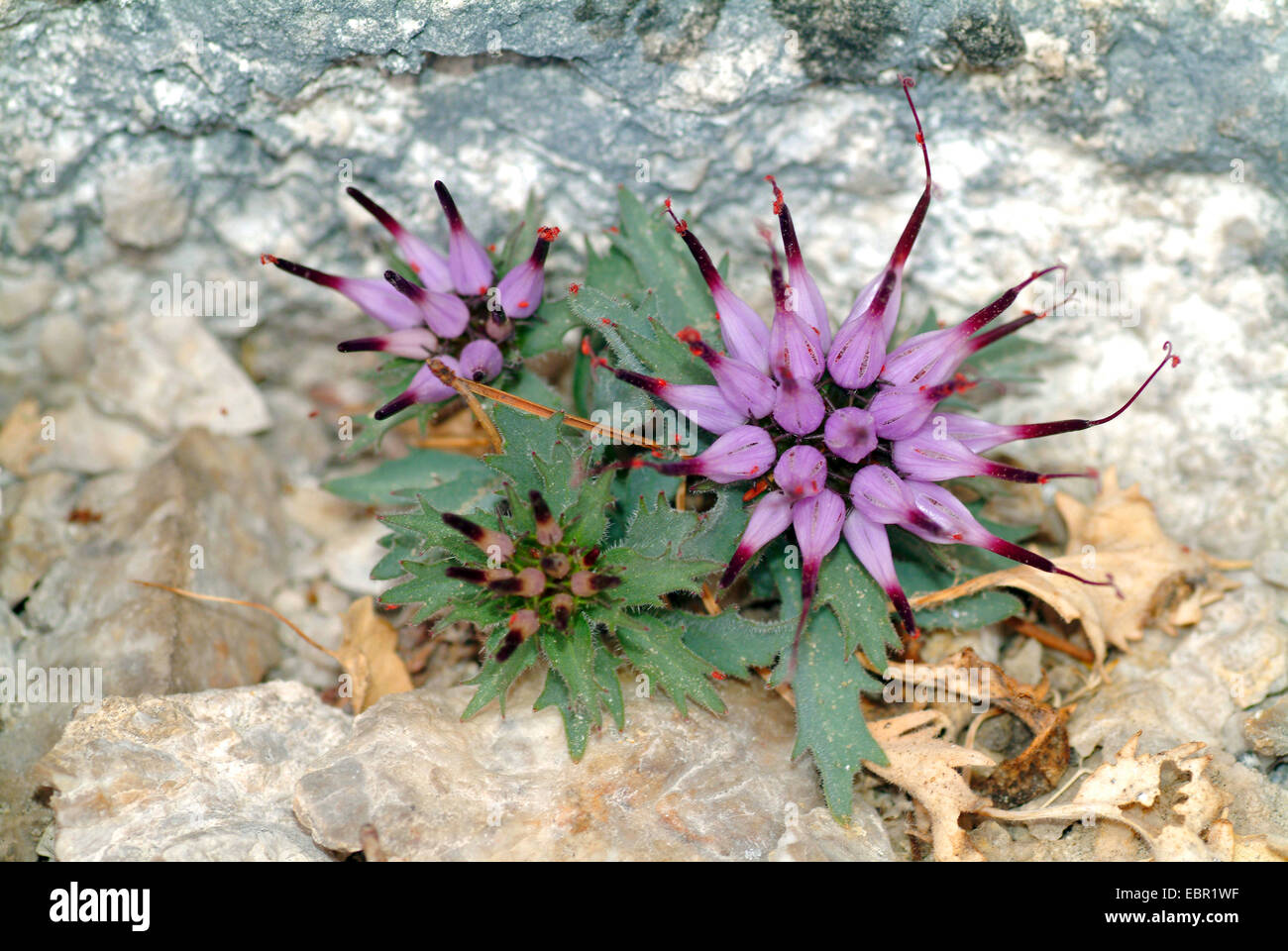 Devil's Claw (Physoplexis comosa, Phyteuma comosum), blooming on a rock, Italy Stock Photohttps://www.alamy.com/image-license-details/?v=1https://www.alamy.com/stock-photo-devils-claw-physoplexis-comosa-phyteuma-comosum-blooming-on-a-rock-76109083.html
Devil's Claw (Physoplexis comosa, Phyteuma comosum), blooming on a rock, Italy Stock Photohttps://www.alamy.com/image-license-details/?v=1https://www.alamy.com/stock-photo-devils-claw-physoplexis-comosa-phyteuma-comosum-blooming-on-a-rock-76109083.htmlRMEBR1WF–Devil's Claw (Physoplexis comosa, Phyteuma comosum), blooming on a rock, Italy
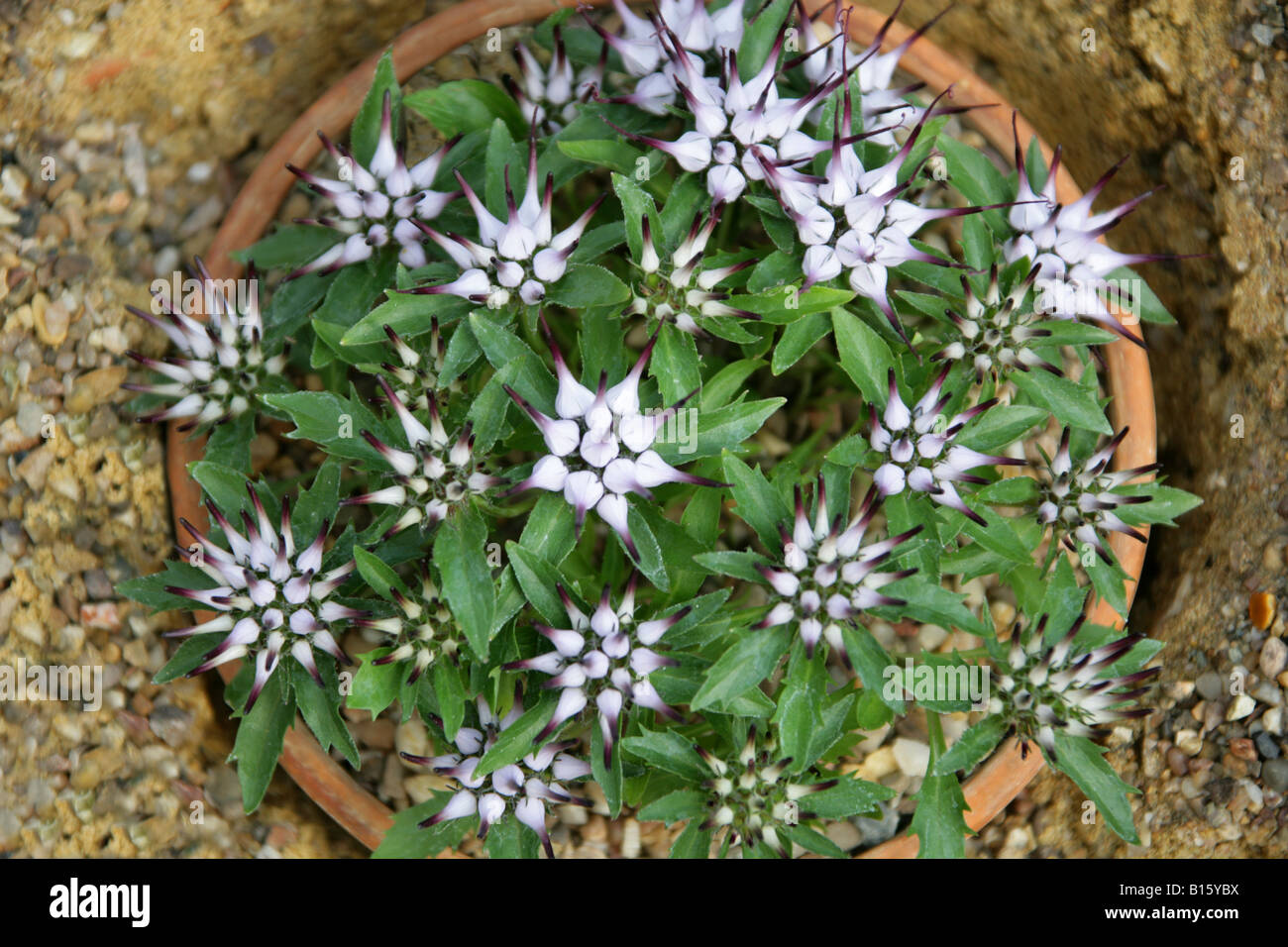 Devil's Claw, Physoplexis comosa, Campanulaceae. Europe, Southern Alps Stock Photohttps://www.alamy.com/image-license-details/?v=1https://www.alamy.com/stock-photo-devils-claw-physoplexis-comosa-campanulaceae-europe-southern-alps-17956286.html
Devil's Claw, Physoplexis comosa, Campanulaceae. Europe, Southern Alps Stock Photohttps://www.alamy.com/image-license-details/?v=1https://www.alamy.com/stock-photo-devils-claw-physoplexis-comosa-campanulaceae-europe-southern-alps-17956286.htmlRMB15YBX–Devil's Claw, Physoplexis comosa, Campanulaceae. Europe, Southern Alps
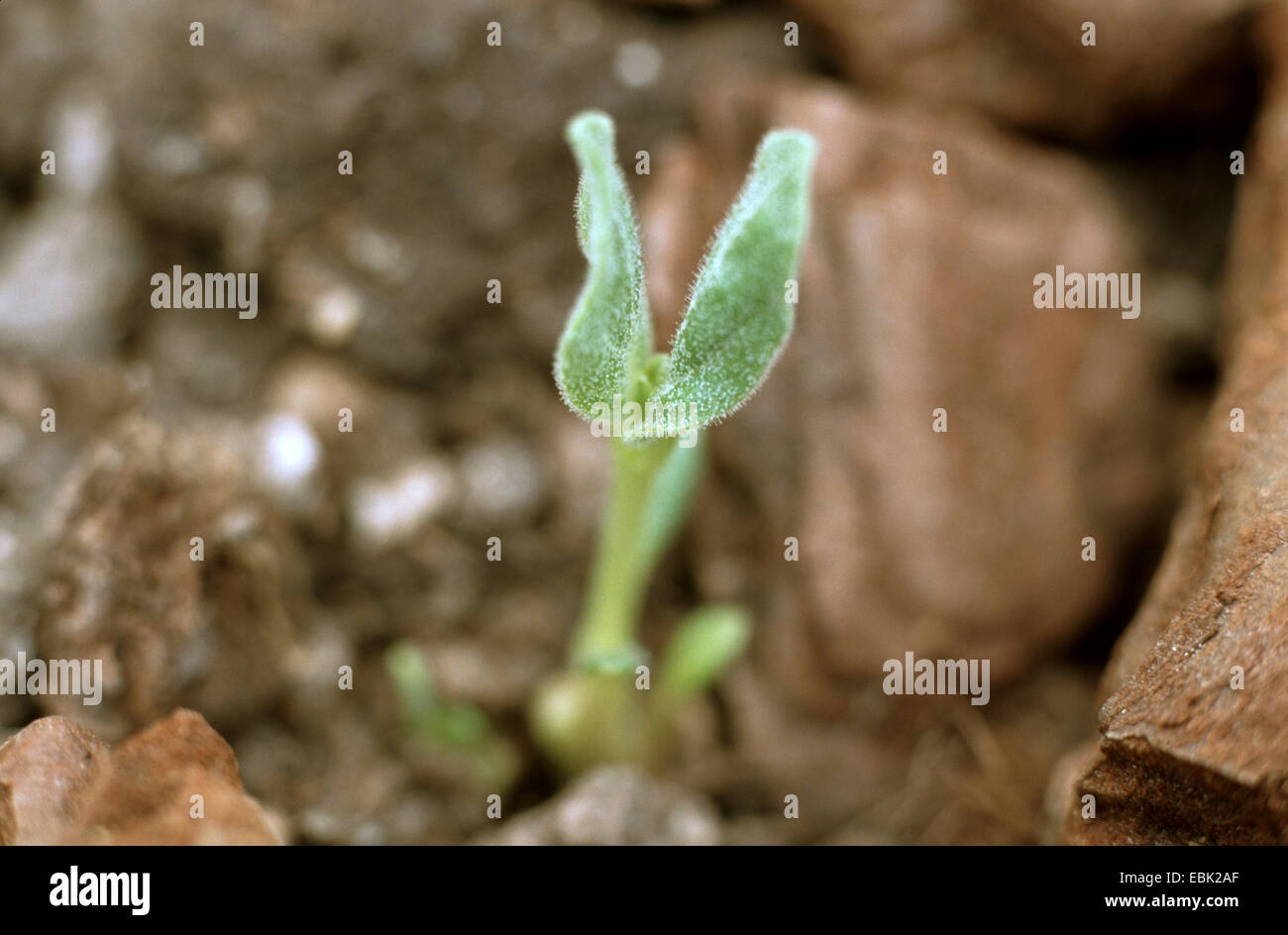 grapple plant, devil's claw (Harpagophytum procumbens), seedling Stock Photohttps://www.alamy.com/image-license-details/?v=1https://www.alamy.com/stock-photo-grapple-plant-devils-claw-harpagophytum-procumbens-seedling-76021639.html
grapple plant, devil's claw (Harpagophytum procumbens), seedling Stock Photohttps://www.alamy.com/image-license-details/?v=1https://www.alamy.com/stock-photo-grapple-plant-devils-claw-harpagophytum-procumbens-seedling-76021639.htmlRMEBK2AF–grapple plant, devil's claw (Harpagophytum procumbens), seedling
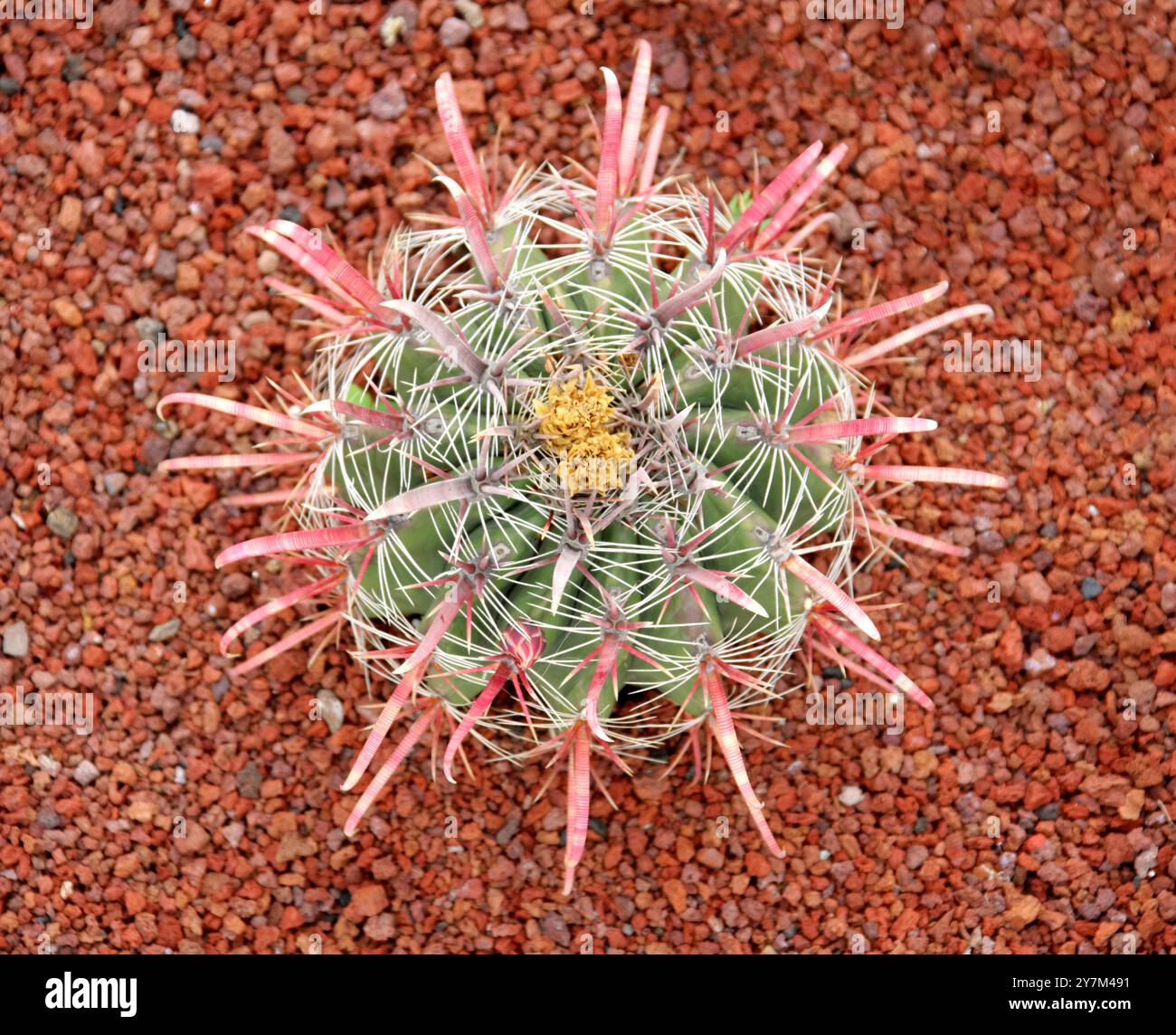 Devil's Tongue Barrel Cactus or Crow's Claw Cactus, Ferocactus latispinus, Cactaceae. Southern Mexico. Stock Photohttps://www.alamy.com/image-license-details/?v=1https://www.alamy.com/devils-tongue-barrel-cactus-or-crows-claw-cactus-ferocactus-latispinus-cactaceae-southern-mexico-image624318269.html
Devil's Tongue Barrel Cactus or Crow's Claw Cactus, Ferocactus latispinus, Cactaceae. Southern Mexico. Stock Photohttps://www.alamy.com/image-license-details/?v=1https://www.alamy.com/devils-tongue-barrel-cactus-or-crows-claw-cactus-ferocactus-latispinus-cactaceae-southern-mexico-image624318269.htmlRM2Y7M491–Devil's Tongue Barrel Cactus or Crow's Claw Cactus, Ferocactus latispinus, Cactaceae. Southern Mexico.
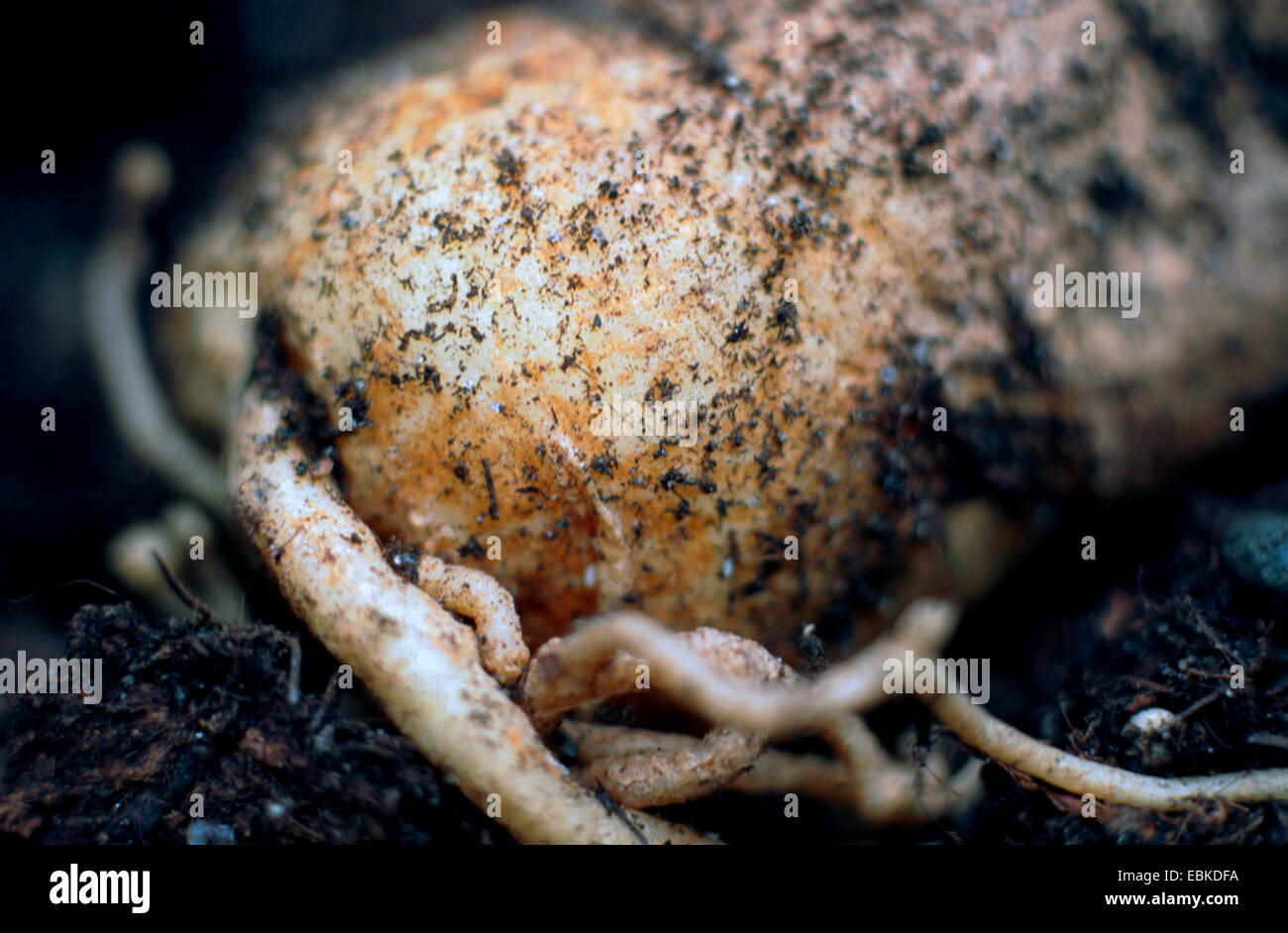 grapple plant, devil's claw (Harpagophytum procumbens), bulb Stock Photohttps://www.alamy.com/image-license-details/?v=1https://www.alamy.com/stock-photo-grapple-plant-devils-claw-harpagophytum-procumbens-bulb-76030398.html
grapple plant, devil's claw (Harpagophytum procumbens), bulb Stock Photohttps://www.alamy.com/image-license-details/?v=1https://www.alamy.com/stock-photo-grapple-plant-devils-claw-harpagophytum-procumbens-bulb-76030398.htmlRMEBKDFA–grapple plant, devil's claw (Harpagophytum procumbens), bulb
 A man is holding a devil's claw plant. The plant is believed to have medicinal properties and effective in fighting athritis among other illnesses. Zimbabwe. Stock Photohttps://www.alamy.com/image-license-details/?v=1https://www.alamy.com/a-man-is-holding-a-devils-claw-plant-the-plant-is-believed-to-have-medicinal-properties-and-effective-in-fighting-athritis-among-other-illnesses-zimbabwe-image562109503.html
A man is holding a devil's claw plant. The plant is believed to have medicinal properties and effective in fighting athritis among other illnesses. Zimbabwe. Stock Photohttps://www.alamy.com/image-license-details/?v=1https://www.alamy.com/a-man-is-holding-a-devils-claw-plant-the-plant-is-believed-to-have-medicinal-properties-and-effective-in-fighting-athritis-among-other-illnesses-zimbabwe-image562109503.htmlRM2RJE8BB–A man is holding a devil's claw plant. The plant is believed to have medicinal properties and effective in fighting athritis among other illnesses. Zimbabwe.
 grapple plant, devil's claw (Harpagophytum procumbens), dried parts of the plant Stock Photohttps://www.alamy.com/image-license-details/?v=1https://www.alamy.com/stock-photo-grapple-plant-devils-claw-harpagophytum-procumbens-dried-parts-of-76021641.html
grapple plant, devil's claw (Harpagophytum procumbens), dried parts of the plant Stock Photohttps://www.alamy.com/image-license-details/?v=1https://www.alamy.com/stock-photo-grapple-plant-devils-claw-harpagophytum-procumbens-dried-parts-of-76021641.htmlRMEBK2AH–grapple plant, devil's claw (Harpagophytum procumbens), dried parts of the plant
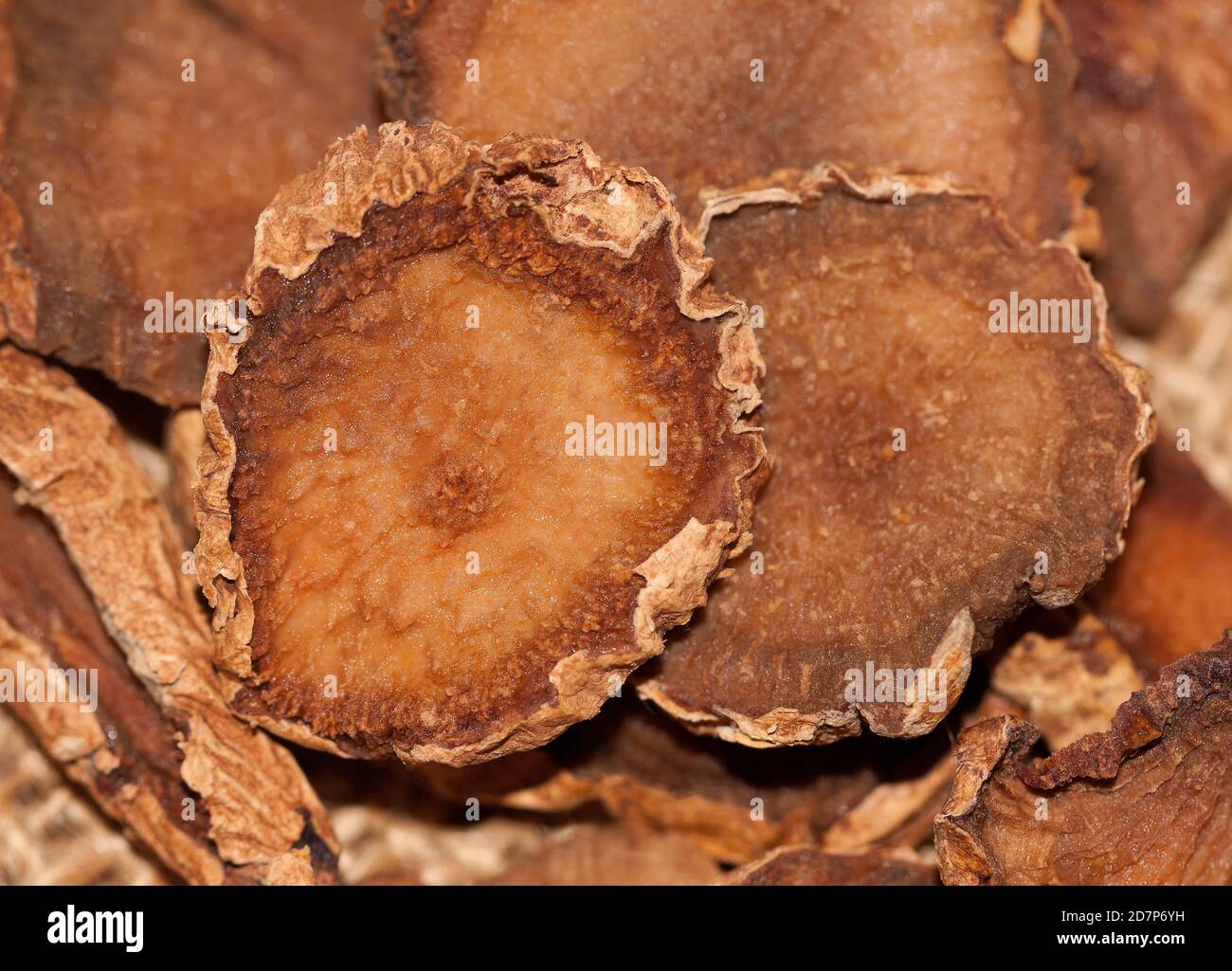 Devil's Claw (Harpagophytum procumbens), African medicinal plant, against osteoarthritis Stock Photohttps://www.alamy.com/image-license-details/?v=1https://www.alamy.com/devils-claw-harpagophytum-procumbens-african-medicinal-plant-against-osteoarthritis-image383419109.html
Devil's Claw (Harpagophytum procumbens), African medicinal plant, against osteoarthritis Stock Photohttps://www.alamy.com/image-license-details/?v=1https://www.alamy.com/devils-claw-harpagophytum-procumbens-african-medicinal-plant-against-osteoarthritis-image383419109.htmlRF2D7P6YH–Devil's Claw (Harpagophytum procumbens), African medicinal plant, against osteoarthritis
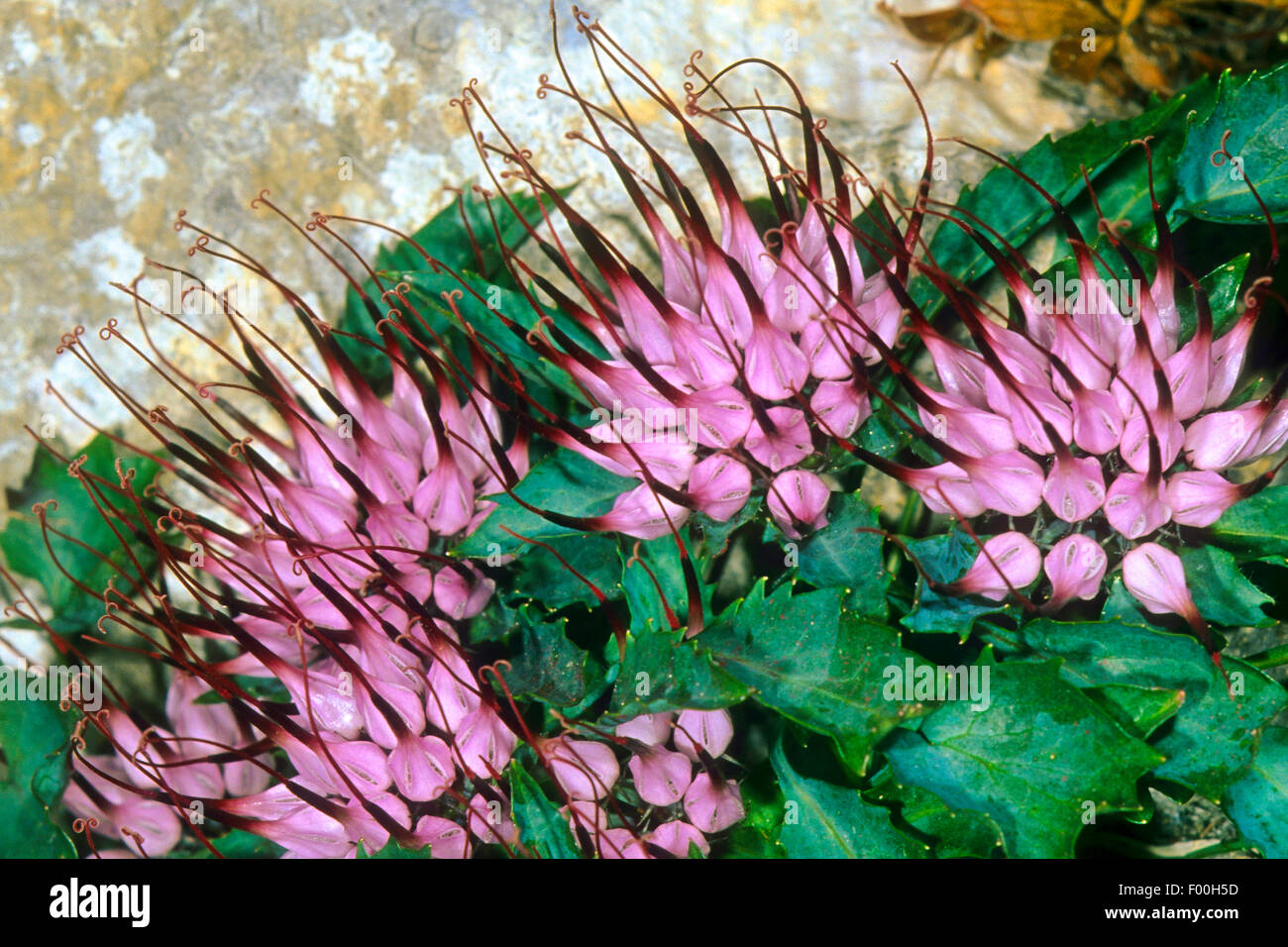 Tufted horned rampion, Devil's Claw (Physoplexis comosa, Phyteuma comosum), blooming, Italy Stock Photohttps://www.alamy.com/image-license-details/?v=1https://www.alamy.com/stock-photo-tufted-horned-rampion-devils-claw-physoplexis-comosa-phyteuma-comosum-86065321.html
Tufted horned rampion, Devil's Claw (Physoplexis comosa, Phyteuma comosum), blooming, Italy Stock Photohttps://www.alamy.com/image-license-details/?v=1https://www.alamy.com/stock-photo-tufted-horned-rampion-devils-claw-physoplexis-comosa-phyteuma-comosum-86065321.htmlRMF00H5D–Tufted horned rampion, Devil's Claw (Physoplexis comosa, Phyteuma comosum), blooming, Italy
 Basket, 20th century, 14.25 x 14.25 in. (36.2 x 36.2 cm), Plant fiber, United States, 20th century, Willow, cottontail, and black martynia or devils claw, are the main materials used to sew baskets of the Akimel O’othom and Tohono O’odham. The availability of these plant fibers in the environment aide in identifying differences between the two tribes’ baskets. The Akimel O’othom who live along the river and few streams have easy access to willow and cottontail, which is reflected in their designs being predominantly black patterns on a white background. Stock Photohttps://www.alamy.com/image-license-details/?v=1https://www.alamy.com/basket-20th-century-1425-x-1425-in-362-x-362-cm-plant-fiber-united-states-20th-century-willow-cottontail-and-black-martynia-or-devils-claw-are-the-main-materials-used-to-sew-baskets-of-the-akimel-oothom-and-tohono-oodham-the-availability-of-these-plant-fibers-in-the-environment-aide-in-identifying-differences-between-the-two-tribes-baskets-the-akimel-oothom-who-live-along-the-river-and-few-streams-have-easy-access-to-willow-and-cottontail-which-is-reflected-in-their-designs-being-predominantly-black-patterns-on-a-white-background-image573505815.html
Basket, 20th century, 14.25 x 14.25 in. (36.2 x 36.2 cm), Plant fiber, United States, 20th century, Willow, cottontail, and black martynia or devils claw, are the main materials used to sew baskets of the Akimel O’othom and Tohono O’odham. The availability of these plant fibers in the environment aide in identifying differences between the two tribes’ baskets. The Akimel O’othom who live along the river and few streams have easy access to willow and cottontail, which is reflected in their designs being predominantly black patterns on a white background. Stock Photohttps://www.alamy.com/image-license-details/?v=1https://www.alamy.com/basket-20th-century-1425-x-1425-in-362-x-362-cm-plant-fiber-united-states-20th-century-willow-cottontail-and-black-martynia-or-devils-claw-are-the-main-materials-used-to-sew-baskets-of-the-akimel-oothom-and-tohono-oodham-the-availability-of-these-plant-fibers-in-the-environment-aide-in-identifying-differences-between-the-two-tribes-baskets-the-akimel-oothom-who-live-along-the-river-and-few-streams-have-easy-access-to-willow-and-cottontail-which-is-reflected-in-their-designs-being-predominantly-black-patterns-on-a-white-background-image573505815.htmlRM2T91CEF–Basket, 20th century, 14.25 x 14.25 in. (36.2 x 36.2 cm), Plant fiber, United States, 20th century, Willow, cottontail, and black martynia or devils claw, are the main materials used to sew baskets of the Akimel O’othom and Tohono O’odham. The availability of these plant fibers in the environment aide in identifying differences between the two tribes’ baskets. The Akimel O’othom who live along the river and few streams have easy access to willow and cottontail, which is reflected in their designs being predominantly black patterns on a white background.
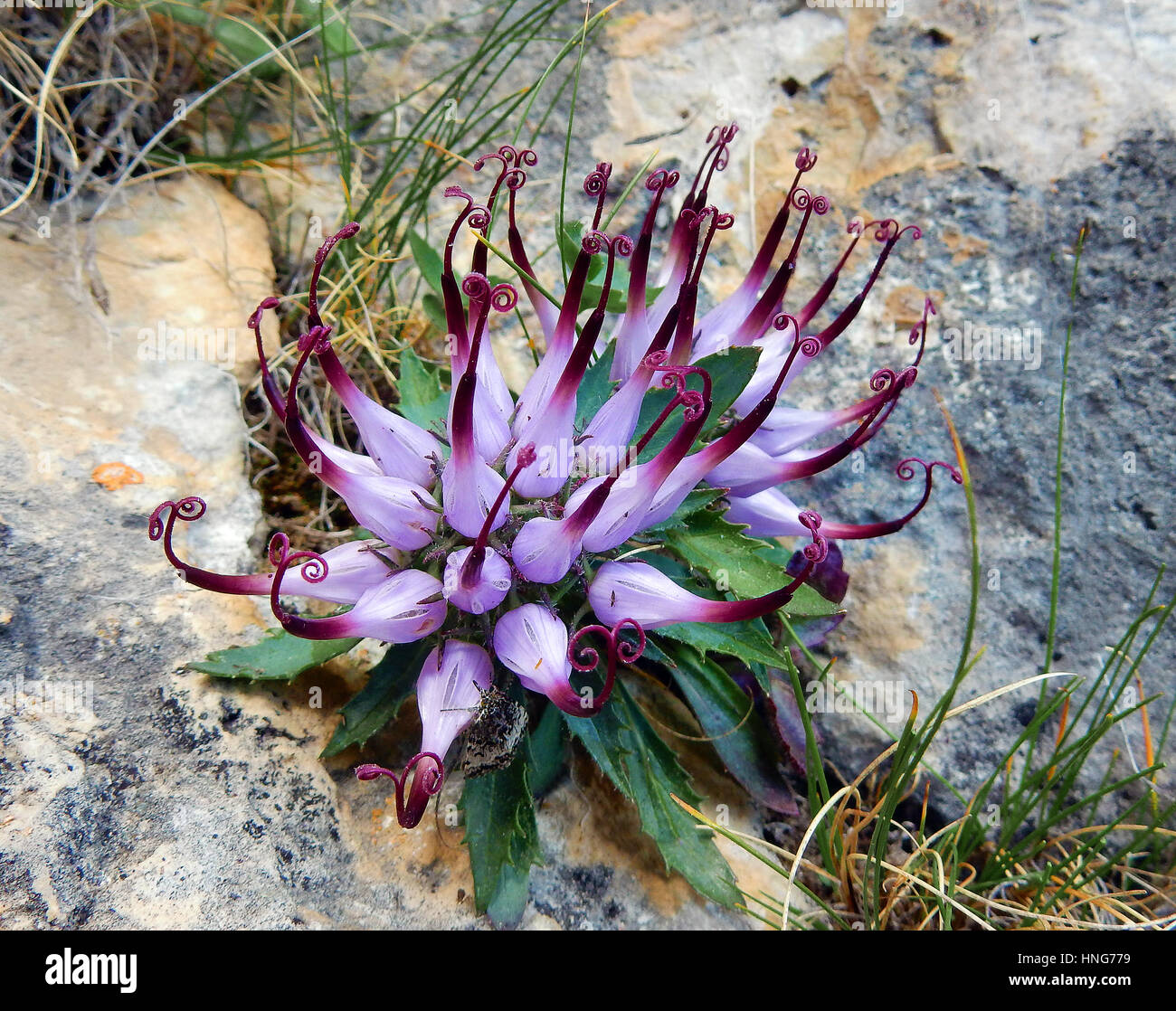 Physoplexis comosa (Devil’s claw), a rare alpine flower Stock Photohttps://www.alamy.com/image-license-details/?v=1https://www.alamy.com/stock-photo-physoplexis-comosa-devils-claw-a-rare-alpine-flower-133737277.html
Physoplexis comosa (Devil’s claw), a rare alpine flower Stock Photohttps://www.alamy.com/image-license-details/?v=1https://www.alamy.com/stock-photo-physoplexis-comosa-devils-claw-a-rare-alpine-flower-133737277.htmlRFHNG779–Physoplexis comosa (Devil’s claw), a rare alpine flower
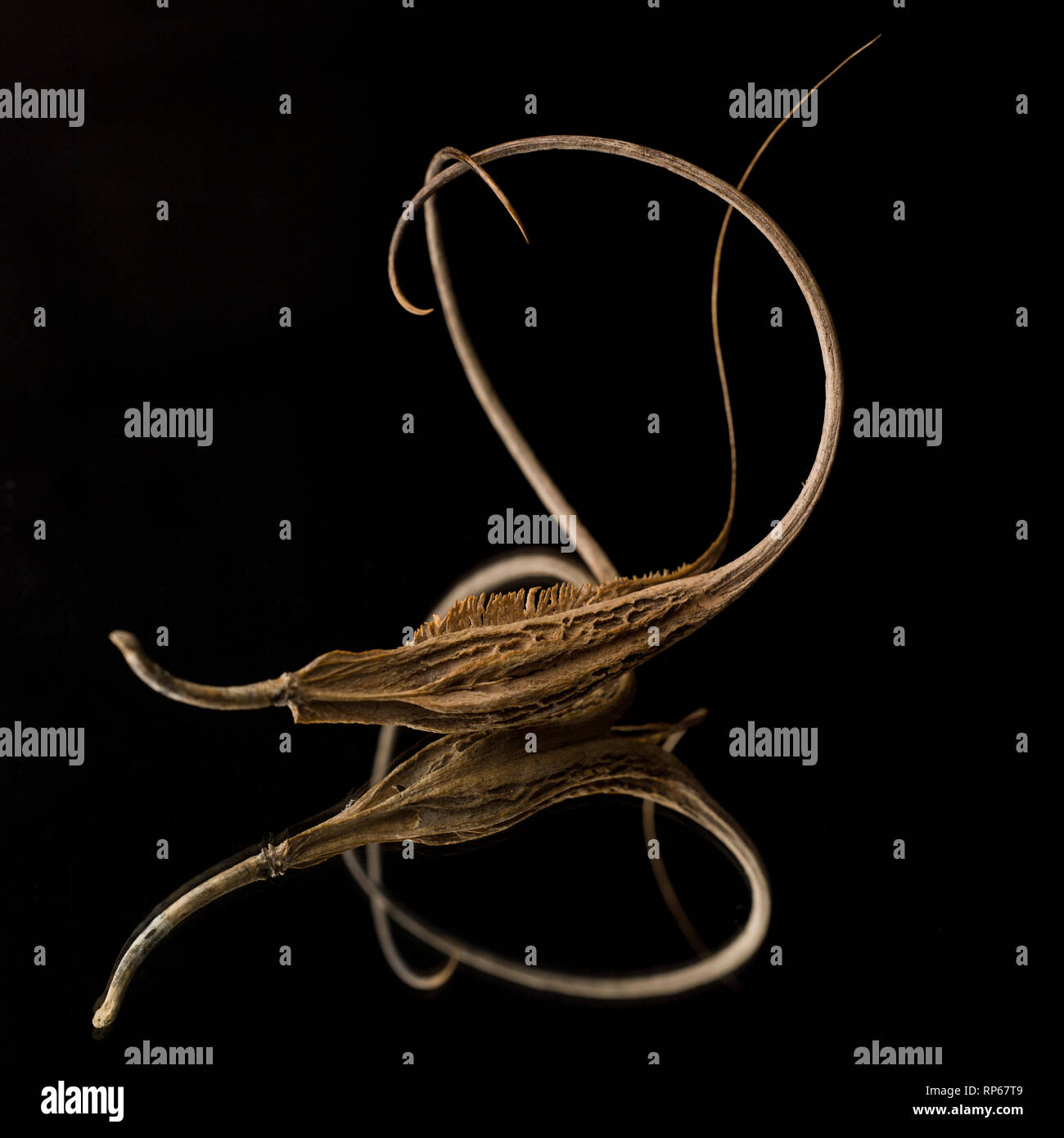 Devil's Claw, Harpagophytum louisianica, against Black Background Stock Photohttps://www.alamy.com/image-license-details/?v=1https://www.alamy.com/devils-claw-harpagophytum-louisianica-against-black-background-image237395097.html
Devil's Claw, Harpagophytum louisianica, against Black Background Stock Photohttps://www.alamy.com/image-license-details/?v=1https://www.alamy.com/devils-claw-harpagophytum-louisianica-against-black-background-image237395097.htmlRMRP67T9–Devil's Claw, Harpagophytum louisianica, against Black Background
 Devil's Tongue Barrel Cactus or Crow's Claw Cactus, Ferocactus latispinus, Sierra Madre, Oaxaca State, Mexico Stock Photohttps://www.alamy.com/image-license-details/?v=1https://www.alamy.com/stock-photo-devils-tongue-barrel-cactus-or-crows-claw-cactus-ferocactus-latispinus-18567565.html
Devil's Tongue Barrel Cactus or Crow's Claw Cactus, Ferocactus latispinus, Sierra Madre, Oaxaca State, Mexico Stock Photohttps://www.alamy.com/image-license-details/?v=1https://www.alamy.com/stock-photo-devils-tongue-barrel-cactus-or-crows-claw-cactus-ferocactus-latispinus-18567565.htmlRMB25R39–Devil's Tongue Barrel Cactus or Crow's Claw Cactus, Ferocactus latispinus, Sierra Madre, Oaxaca State, Mexico
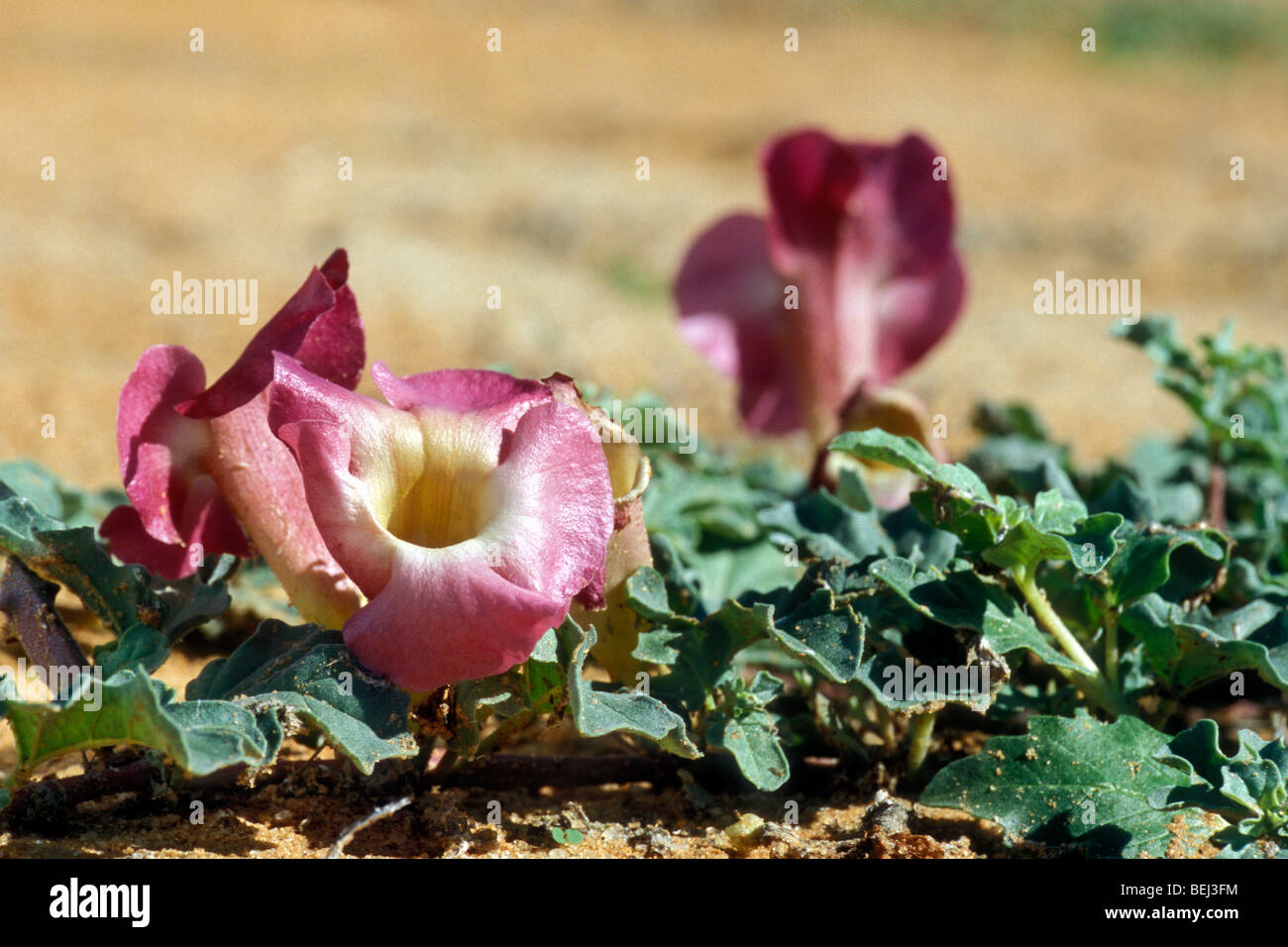 Devil's claw / grapple plant (Harpagophytum procumbens) in the Kalahari desert, Kgalagadi Transfrontier Park, South Africa Stock Photohttps://www.alamy.com/image-license-details/?v=1https://www.alamy.com/stock-photo-devils-claw-grapple-plant-harpagophytum-procumbens-in-the-kalahari-26213480.html
Devil's claw / grapple plant (Harpagophytum procumbens) in the Kalahari desert, Kgalagadi Transfrontier Park, South Africa Stock Photohttps://www.alamy.com/image-license-details/?v=1https://www.alamy.com/stock-photo-devils-claw-grapple-plant-harpagophytum-procumbens-in-the-kalahari-26213480.htmlRMBEJ3FM–Devil's claw / grapple plant (Harpagophytum procumbens) in the Kalahari desert, Kgalagadi Transfrontier Park, South Africa
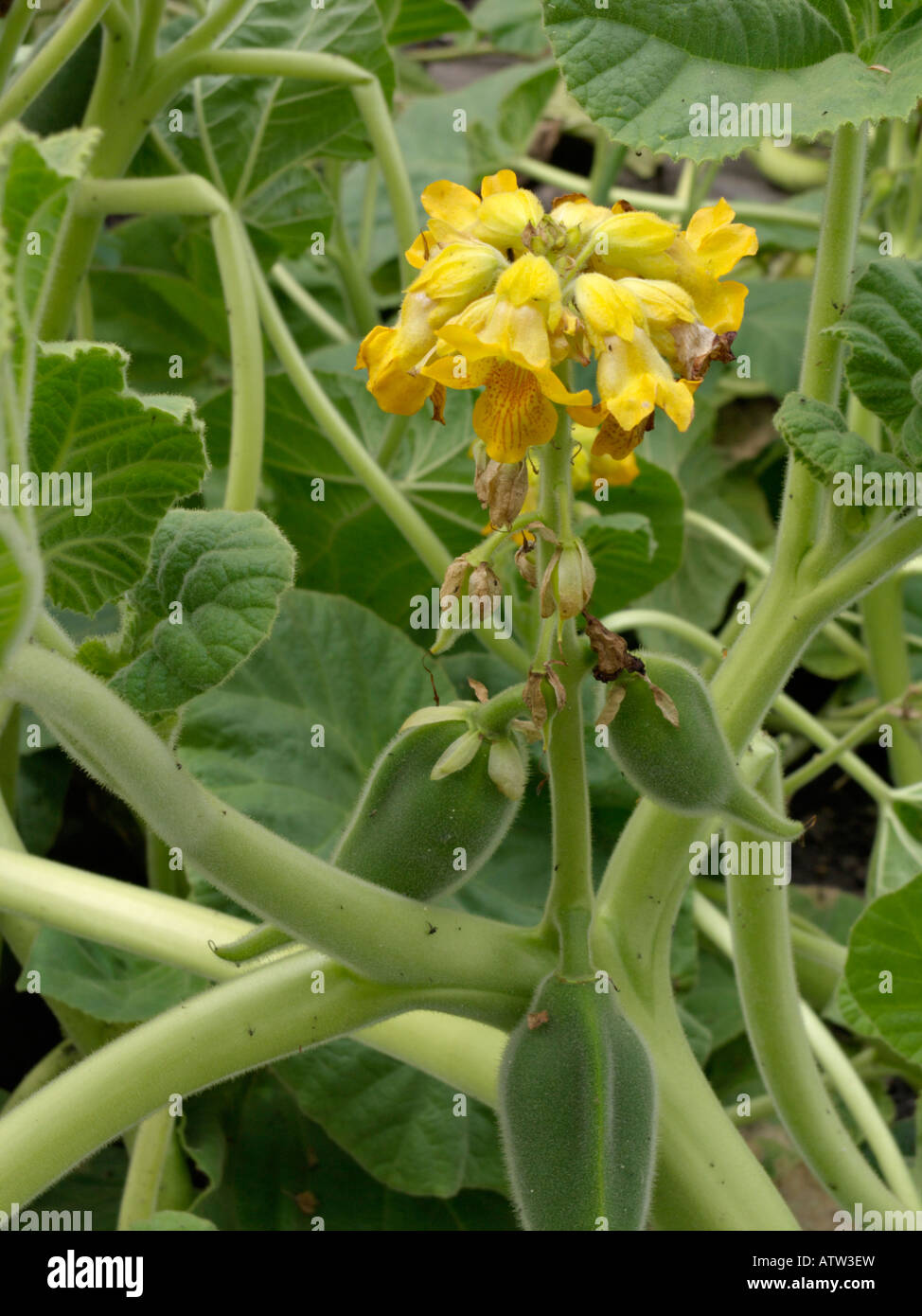 Devil's claw (Ibicella lutea) Stock Photohttps://www.alamy.com/image-license-details/?v=1https://www.alamy.com/stock-photo-devils-claw-ibicella-lutea-16393056.html
Devil's claw (Ibicella lutea) Stock Photohttps://www.alamy.com/image-license-details/?v=1https://www.alamy.com/stock-photo-devils-claw-ibicella-lutea-16393056.htmlRMATW3EW–Devil's claw (Ibicella lutea)
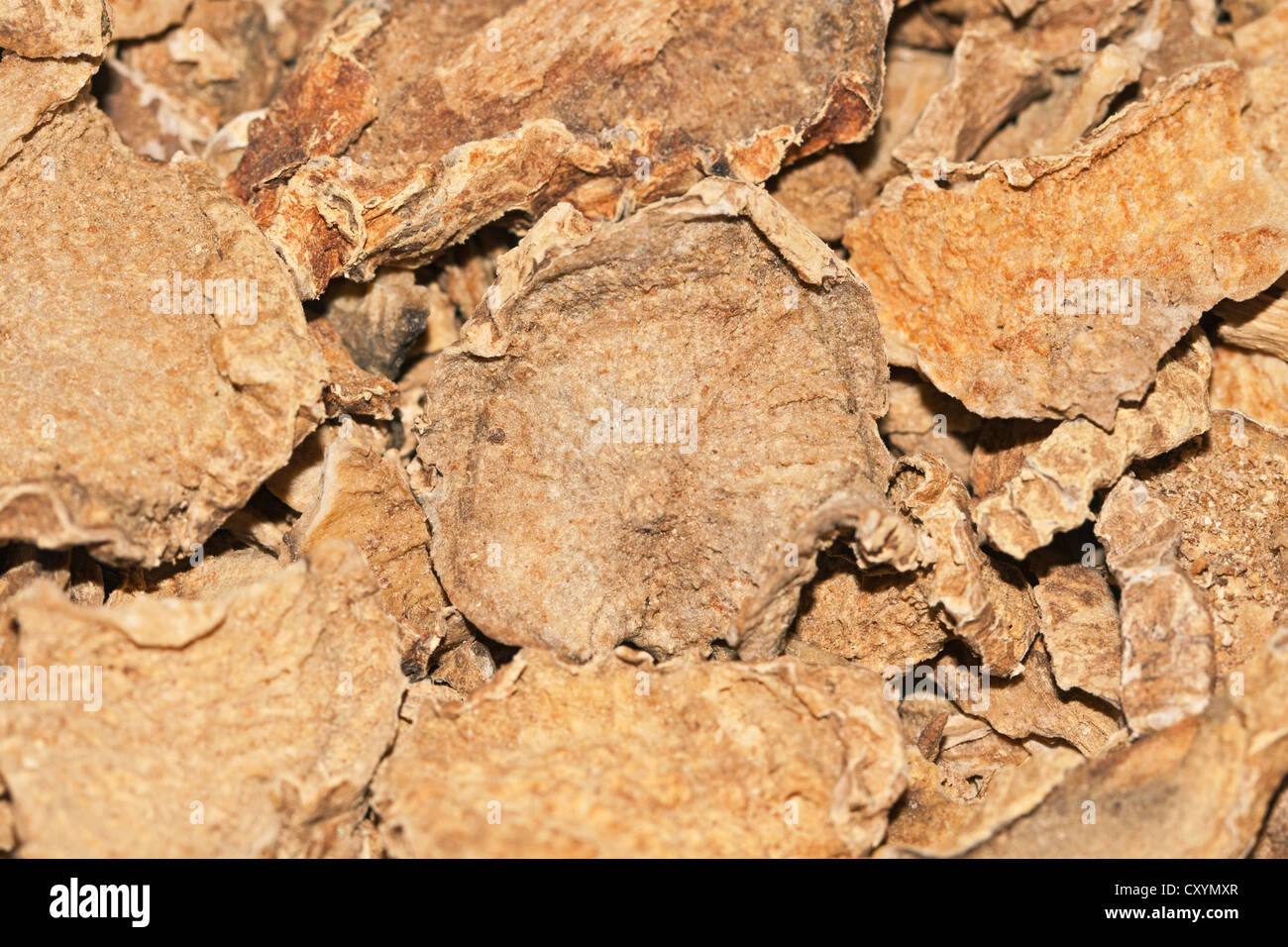 Devil's Claw (Harpagophytum procumbens), medicinal plant, cancer therapy, osteoarthritis therapy, root, dried, medicine, African Stock Photohttps://www.alamy.com/image-license-details/?v=1https://www.alamy.com/stock-photo-devils-claw-harpagophytum-procumbens-medicinal-plant-cancer-therapy-51010927.html
Devil's Claw (Harpagophytum procumbens), medicinal plant, cancer therapy, osteoarthritis therapy, root, dried, medicine, African Stock Photohttps://www.alamy.com/image-license-details/?v=1https://www.alamy.com/stock-photo-devils-claw-harpagophytum-procumbens-medicinal-plant-cancer-therapy-51010927.htmlRFCXYMXR–Devil's Claw (Harpagophytum procumbens), medicinal plant, cancer therapy, osteoarthritis therapy, root, dried, medicine, African
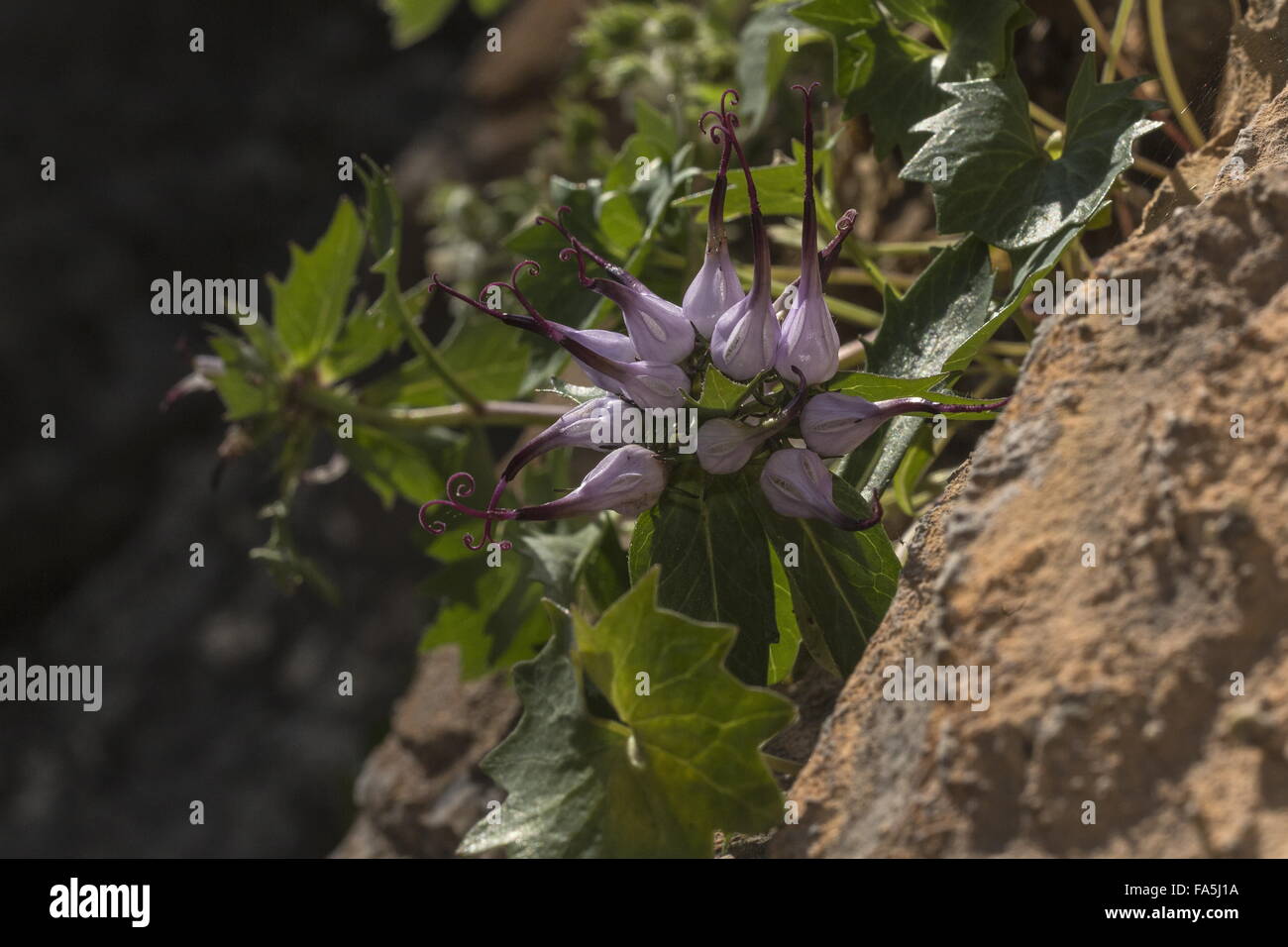 Devil's Claw, Physoplexis comosa in flower on dolomite cliff, Dolomites. Stock Photohttps://www.alamy.com/image-license-details/?v=1https://www.alamy.com/stock-photo-devils-claw-physoplexis-comosa-in-flower-on-dolomite-cliff-dolomites-92322310.html
Devil's Claw, Physoplexis comosa in flower on dolomite cliff, Dolomites. Stock Photohttps://www.alamy.com/image-license-details/?v=1https://www.alamy.com/stock-photo-devils-claw-physoplexis-comosa-in-flower-on-dolomite-cliff-dolomites-92322310.htmlRMFA5J1A–Devil's Claw, Physoplexis comosa in flower on dolomite cliff, Dolomites.
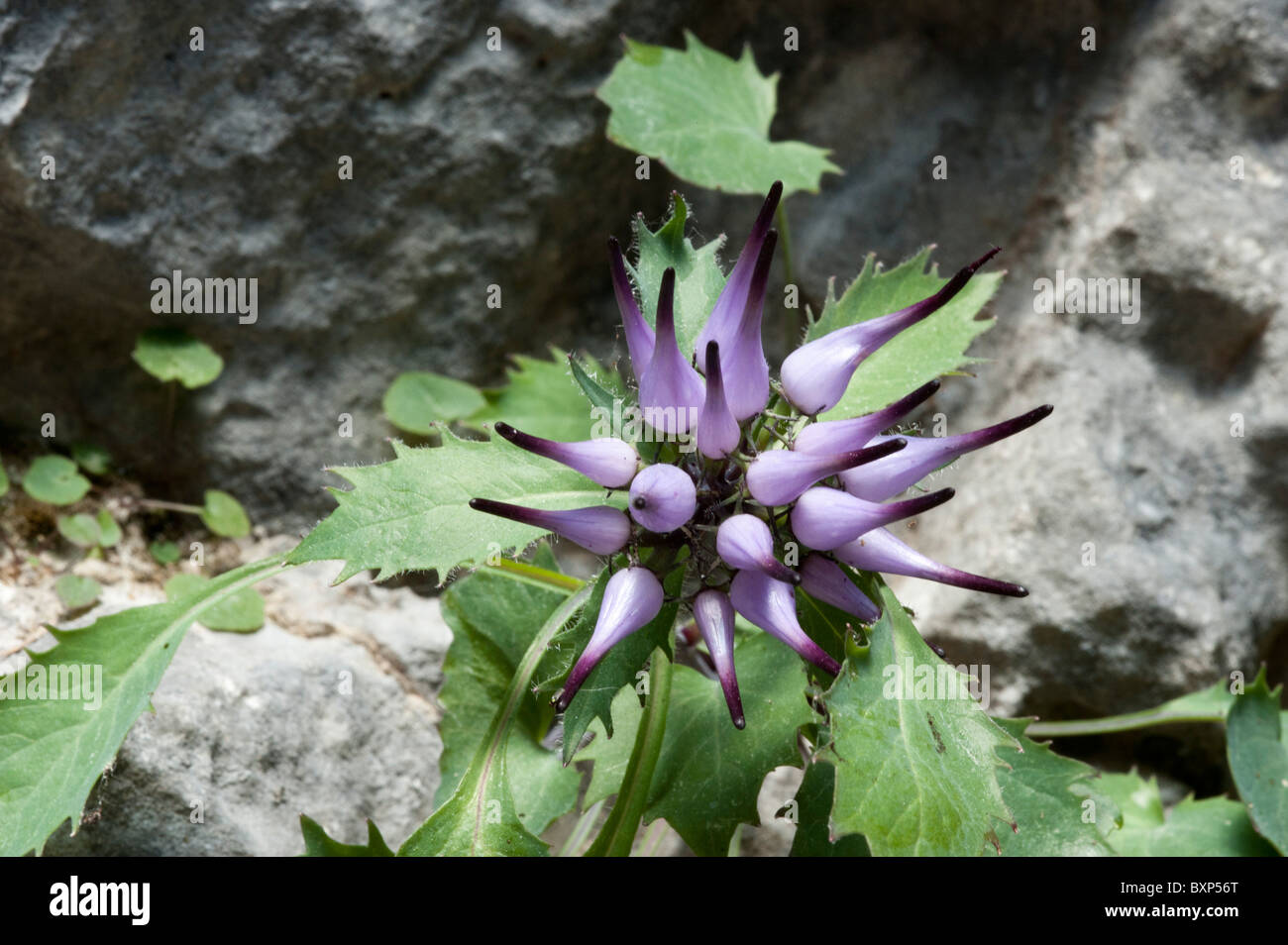 Devil's Claw (Physoplexis comosa) Stock Photohttps://www.alamy.com/image-license-details/?v=1https://www.alamy.com/stock-photo-devils-claw-physoplexis-comosa-33678480.html
Devil's Claw (Physoplexis comosa) Stock Photohttps://www.alamy.com/image-license-details/?v=1https://www.alamy.com/stock-photo-devils-claw-physoplexis-comosa-33678480.htmlRMBXP56T–Devil's Claw (Physoplexis comosa)
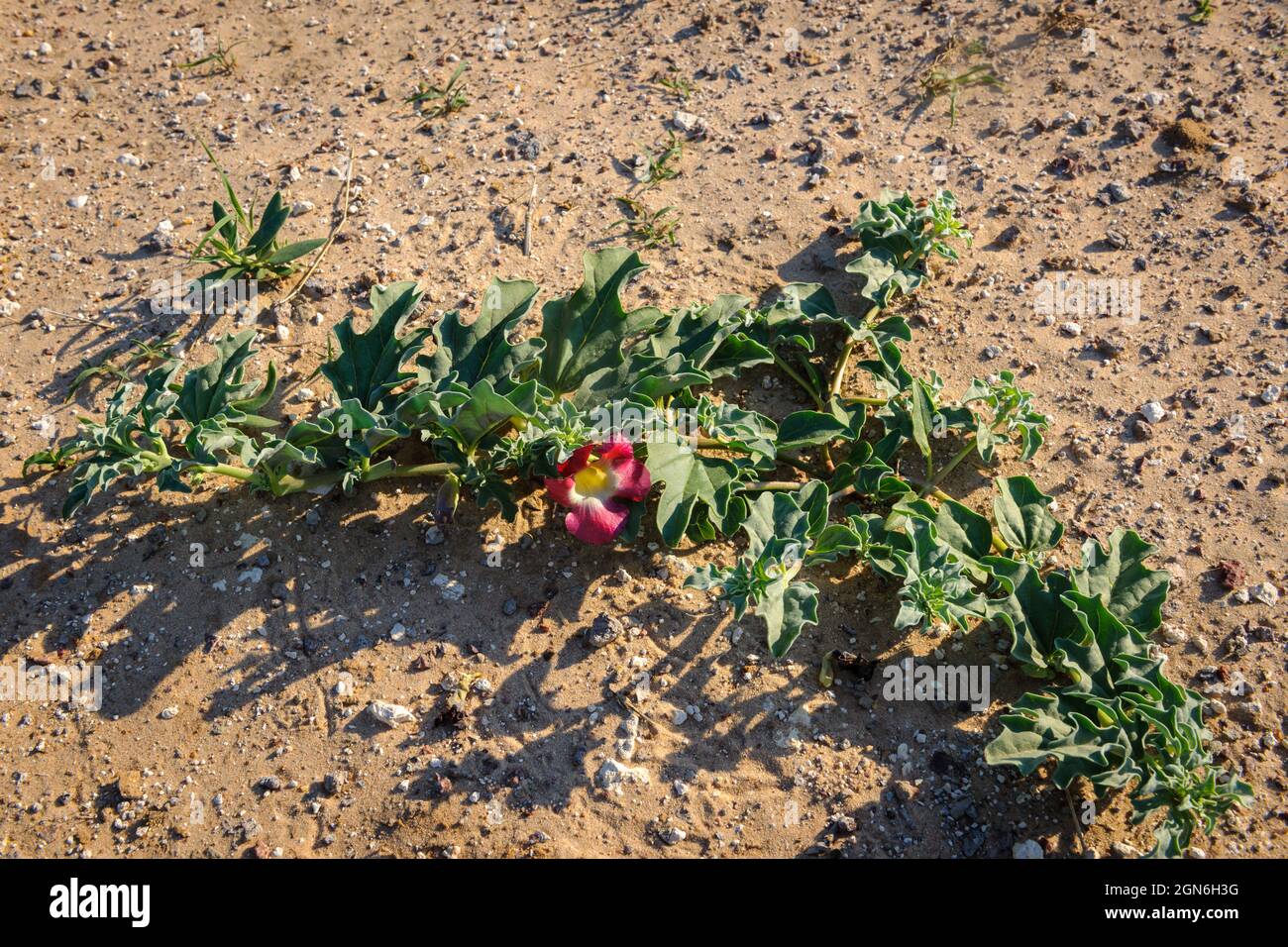 Devil’s Claw or grapple plant (Harpagophytum procumbens) medicinal plant and flower. Kalahari Desert. Botswana Stock Photohttps://www.alamy.com/image-license-details/?v=1https://www.alamy.com/devils-claw-or-grapple-plant-harpagophytum-procumbens-medicinal-plant-and-flower-kalahari-desert-botswana-image443312116.html
Devil’s Claw or grapple plant (Harpagophytum procumbens) medicinal plant and flower. Kalahari Desert. Botswana Stock Photohttps://www.alamy.com/image-license-details/?v=1https://www.alamy.com/devils-claw-or-grapple-plant-harpagophytum-procumbens-medicinal-plant-and-flower-kalahari-desert-botswana-image443312116.htmlRF2GN6H3G–Devil’s Claw or grapple plant (Harpagophytum procumbens) medicinal plant and flower. Kalahari Desert. Botswana
 Devil's claw, May, Germany Stock Photohttps://www.alamy.com/image-license-details/?v=1https://www.alamy.com/devils-claw-may-germany-image608436219.html
Devil's claw, May, Germany Stock Photohttps://www.alamy.com/image-license-details/?v=1https://www.alamy.com/devils-claw-may-germany-image608436219.htmlRF2X9TJGY–Devil's claw, May, Germany
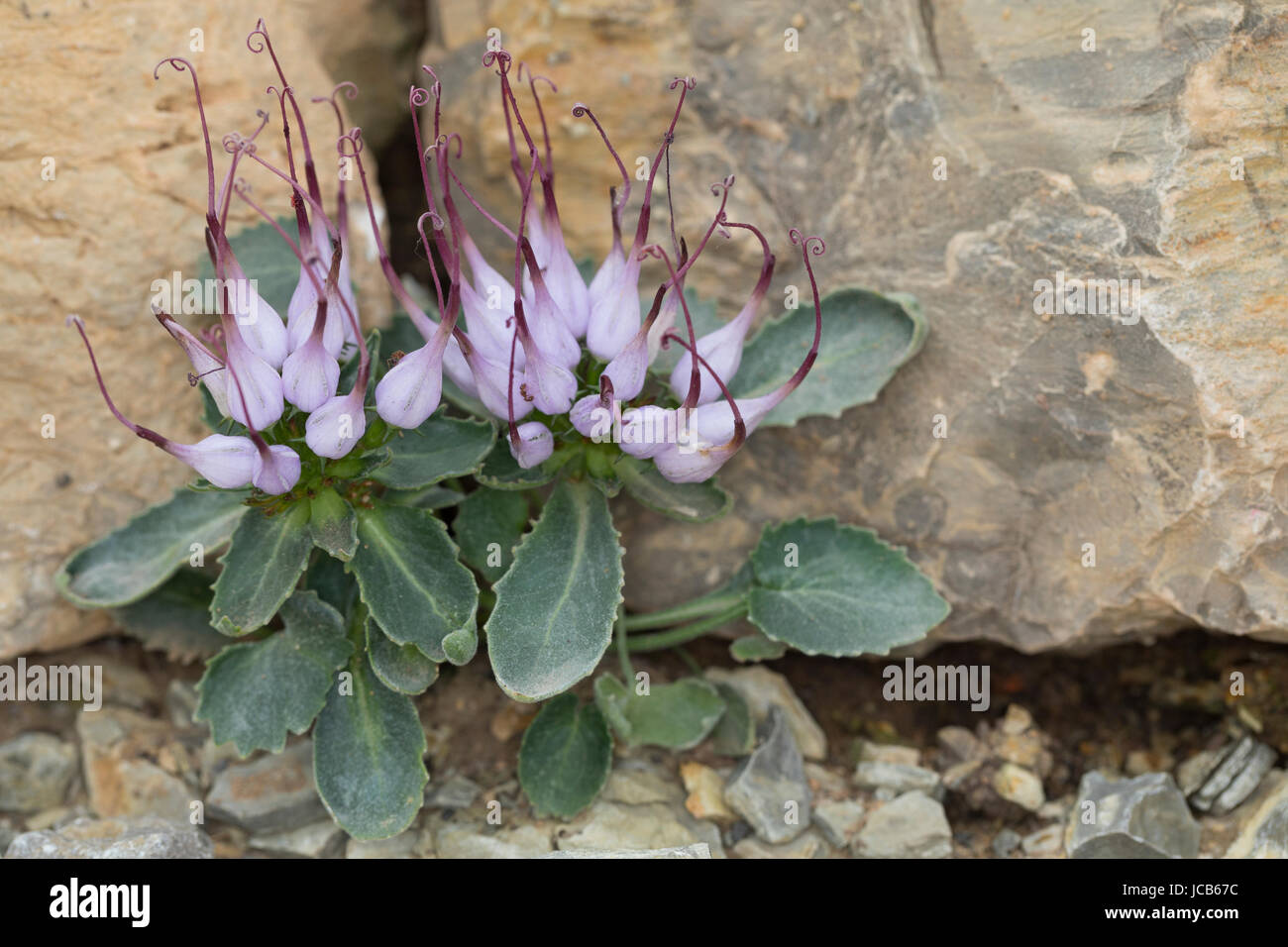 Schopfteufelskralle, Schopf-Teufelskralle, Physoplexis comosa, Phyteuma comosa, Tufted Horned Rampion, Devil's Claw Stock Photohttps://www.alamy.com/image-license-details/?v=1https://www.alamy.com/stock-photo-schopfteufelskralle-schopf-teufelskralle-physoplexis-comosa-phyteuma-145305200.html
Schopfteufelskralle, Schopf-Teufelskralle, Physoplexis comosa, Phyteuma comosa, Tufted Horned Rampion, Devil's Claw Stock Photohttps://www.alamy.com/image-license-details/?v=1https://www.alamy.com/stock-photo-schopfteufelskralle-schopf-teufelskralle-physoplexis-comosa-phyteuma-145305200.htmlRMJCB67C–Schopfteufelskralle, Schopf-Teufelskralle, Physoplexis comosa, Phyteuma comosa, Tufted Horned Rampion, Devil's Claw
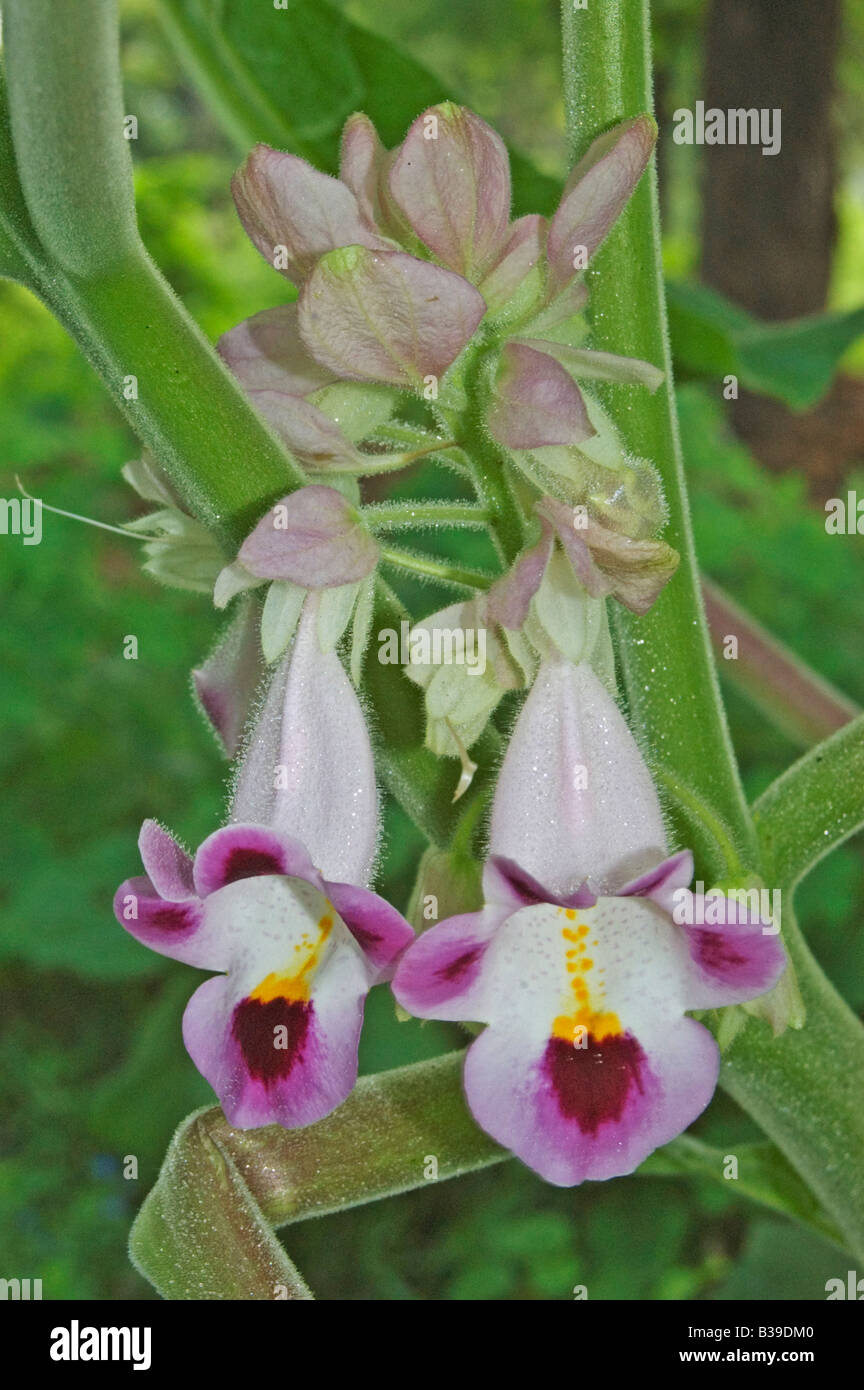 devil's claw Stock Photohttps://www.alamy.com/image-license-details/?v=1https://www.alamy.com/stock-photo-devils-claw-19262656.html
devil's claw Stock Photohttps://www.alamy.com/image-license-details/?v=1https://www.alamy.com/stock-photo-devils-claw-19262656.htmlRMB39DM0–devil's claw
 carnauba (copernicia prunifera) attacked by the invasive plant known as 'devil's claw' Stock Photohttps://www.alamy.com/image-license-details/?v=1https://www.alamy.com/carnauba-copernicia-prunifera-attacked-by-the-invasive-plant-known-as-devils-claw-image475606022.html
carnauba (copernicia prunifera) attacked by the invasive plant known as 'devil's claw' Stock Photohttps://www.alamy.com/image-license-details/?v=1https://www.alamy.com/carnauba-copernicia-prunifera-attacked-by-the-invasive-plant-known-as-devils-claw-image475606022.htmlRM2JHNM9A–carnauba (copernicia prunifera) attacked by the invasive plant known as 'devil's claw'
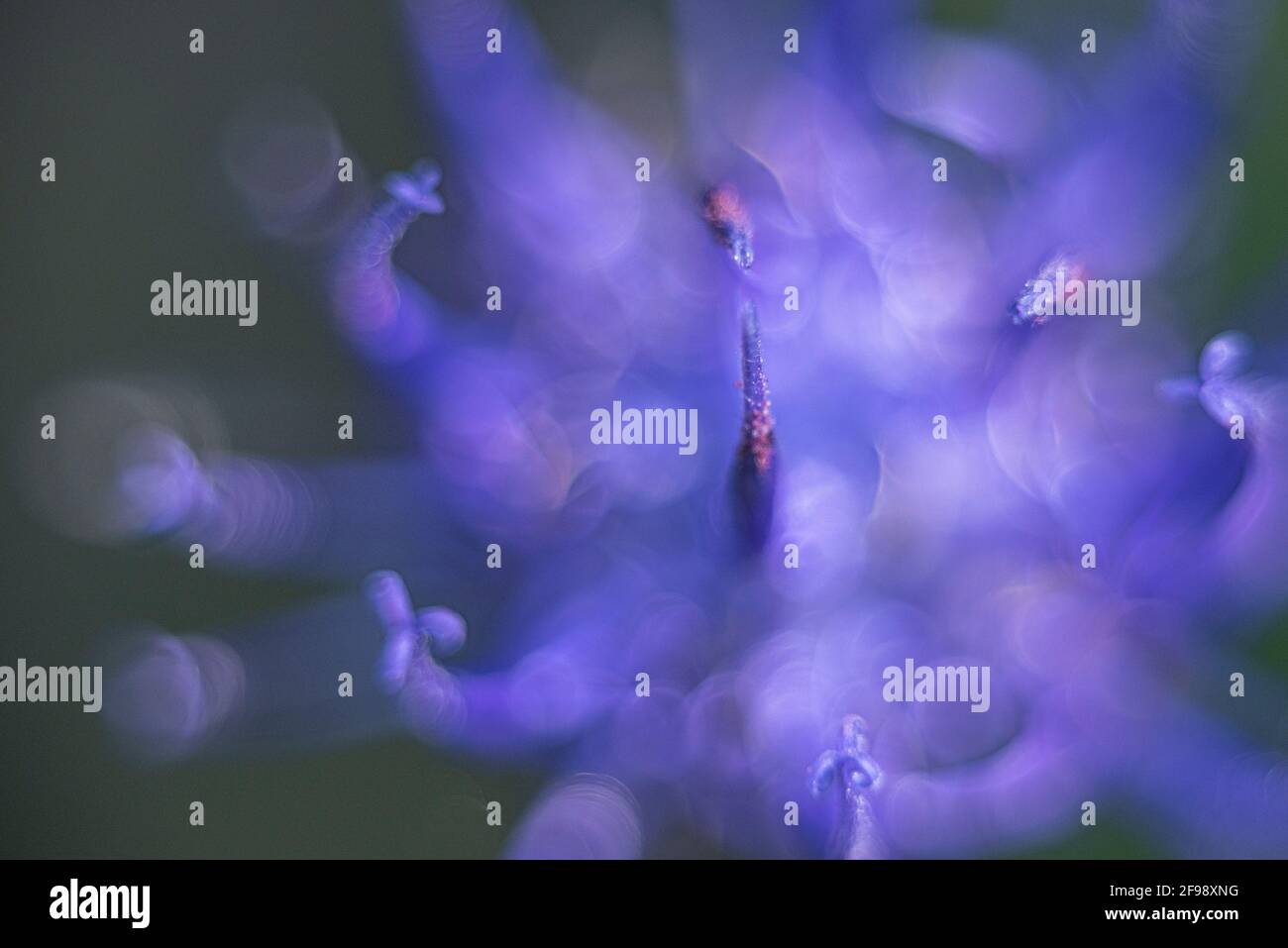 Devil's Claw, photographed with a macro vintage lens Stock Photohttps://www.alamy.com/image-license-details/?v=1https://www.alamy.com/devils-claw-photographed-with-a-macro-vintage-lens-image418777340.html
Devil's Claw, photographed with a macro vintage lens Stock Photohttps://www.alamy.com/image-license-details/?v=1https://www.alamy.com/devils-claw-photographed-with-a-macro-vintage-lens-image418777340.htmlRM2F98XNG–Devil's Claw, photographed with a macro vintage lens
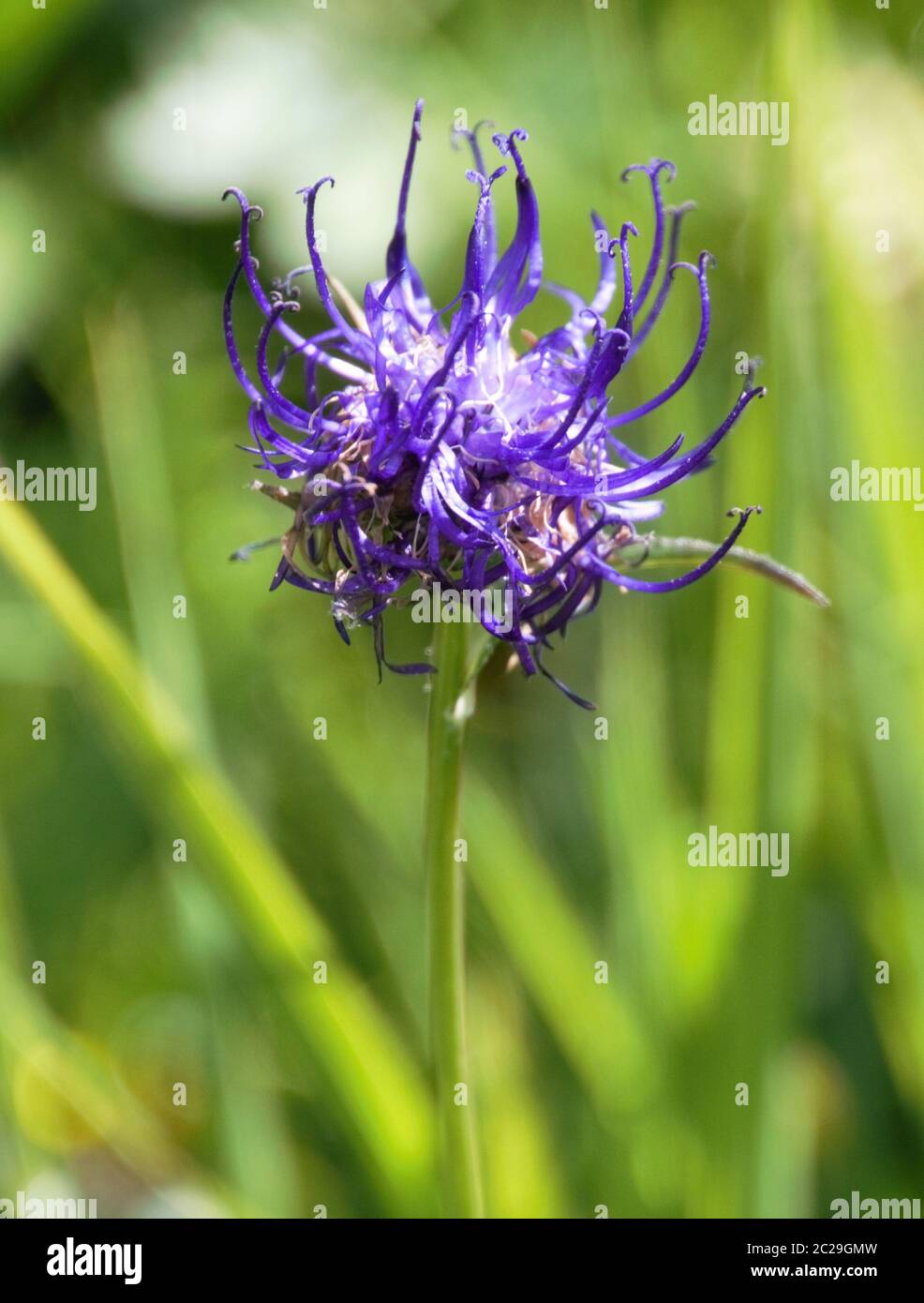 Hemispherical devil's claw on an alpine meadow Phyteuma hemisphaericum Stock Photohttps://www.alamy.com/image-license-details/?v=1https://www.alamy.com/hemispherical-devils-claw-on-an-alpine-meadow-phyteuma-hemisphaericum-image362857737.html
Hemispherical devil's claw on an alpine meadow Phyteuma hemisphaericum Stock Photohttps://www.alamy.com/image-license-details/?v=1https://www.alamy.com/hemispherical-devils-claw-on-an-alpine-meadow-phyteuma-hemisphaericum-image362857737.htmlRF2C29GMW–Hemispherical devil's claw on an alpine meadow Phyteuma hemisphaericum
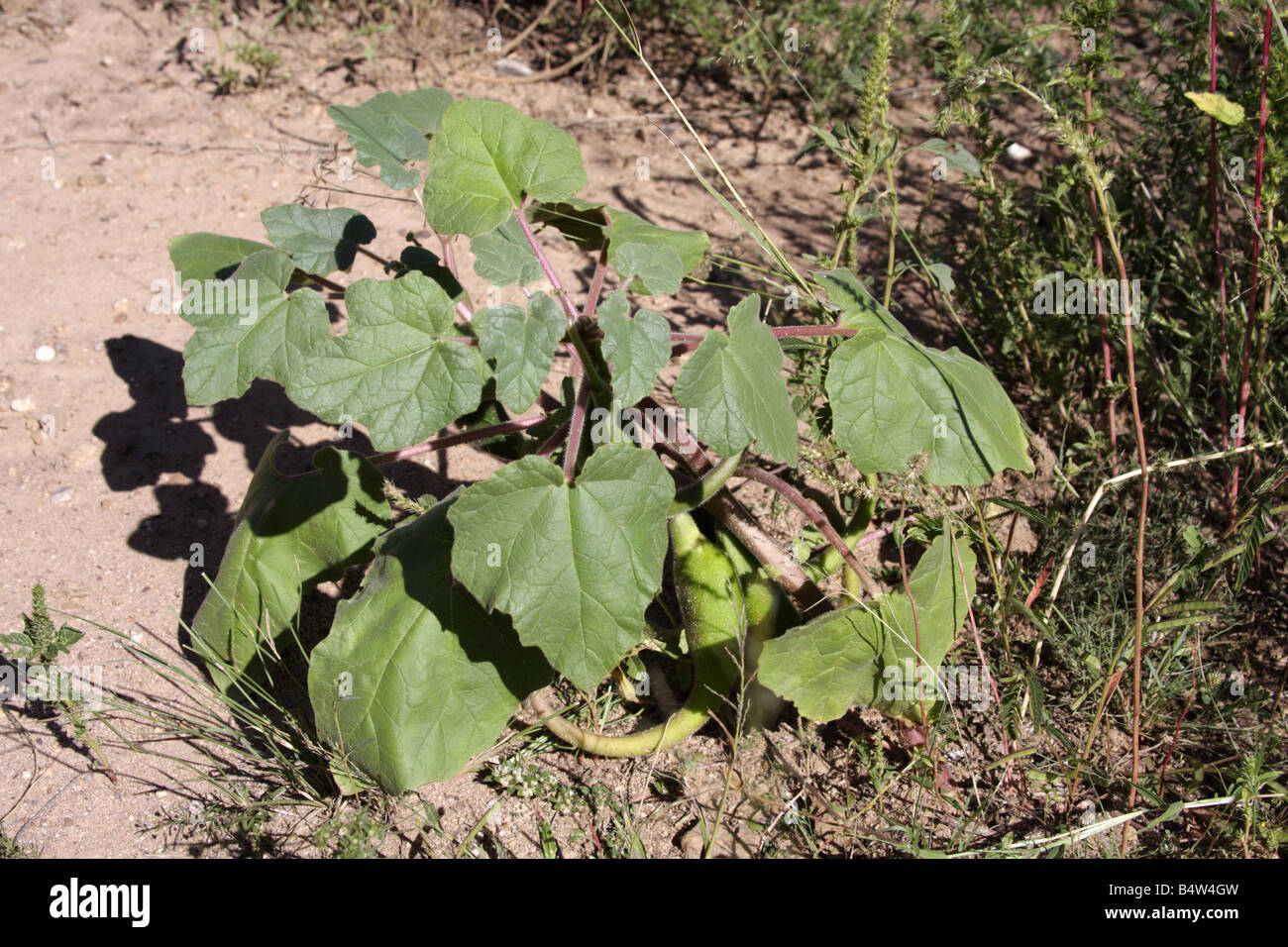 Devil's Claw or Unicorn Plant or Doubleclaw with fruits (Proboscidea parviflora), Arizona, USA Stock Photohttps://www.alamy.com/image-license-details/?v=1https://www.alamy.com/stock-photo-devils-claw-or-unicorn-plant-or-doubleclaw-with-fruits-proboscidea-20221401.html
Devil's Claw or Unicorn Plant or Doubleclaw with fruits (Proboscidea parviflora), Arizona, USA Stock Photohttps://www.alamy.com/image-license-details/?v=1https://www.alamy.com/stock-photo-devils-claw-or-unicorn-plant-or-doubleclaw-with-fruits-proboscidea-20221401.htmlRMB4W4GW–Devil's Claw or Unicorn Plant or Doubleclaw with fruits (Proboscidea parviflora), Arizona, USA
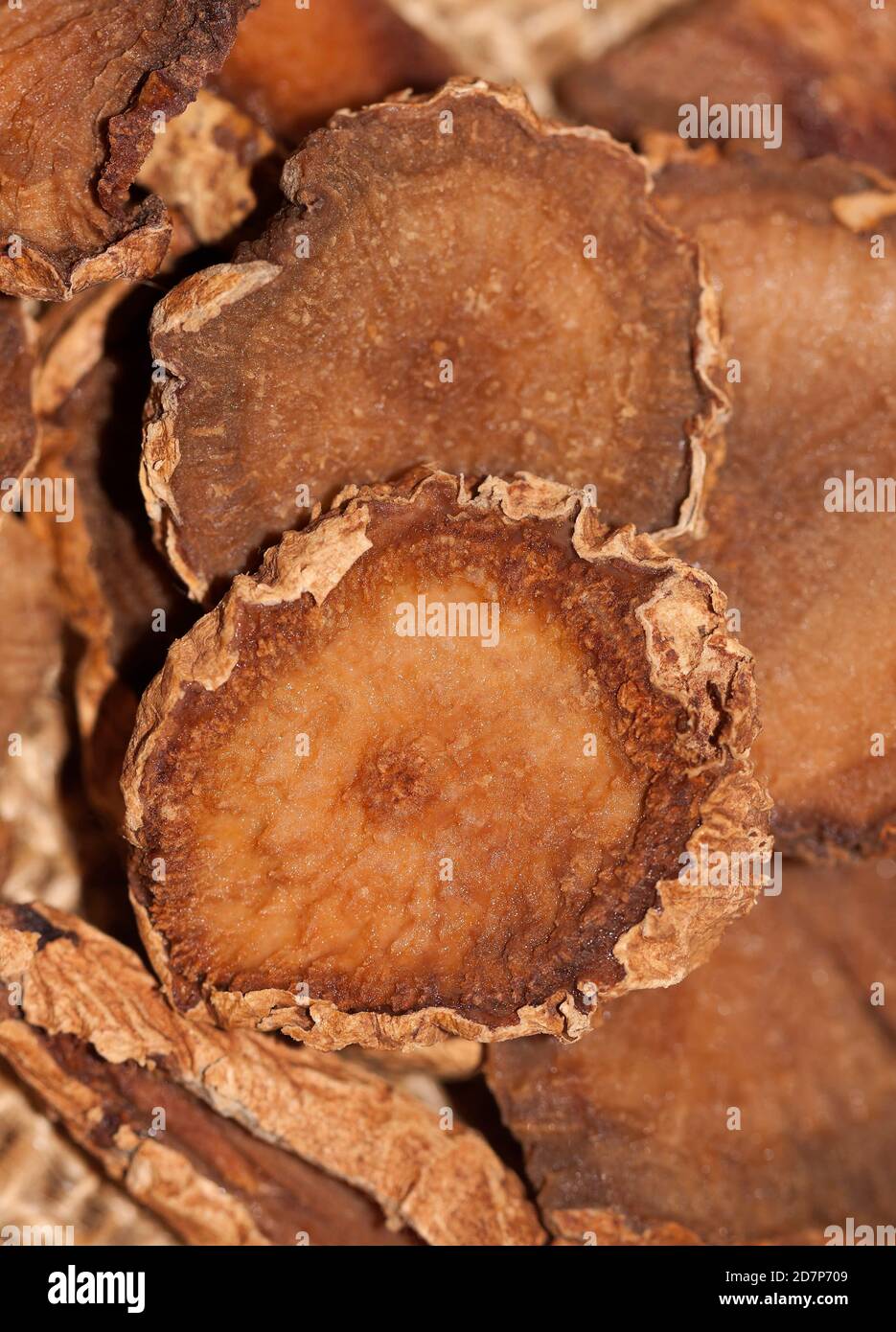 Devil's Claw (Harpagophytum procumbens), African medicinal plant, against osteoarthritis Stock Photohttps://www.alamy.com/image-license-details/?v=1https://www.alamy.com/devils-claw-harpagophytum-procumbens-african-medicinal-plant-against-osteoarthritis-image383419129.html
Devil's Claw (Harpagophytum procumbens), African medicinal plant, against osteoarthritis Stock Photohttps://www.alamy.com/image-license-details/?v=1https://www.alamy.com/devils-claw-harpagophytum-procumbens-african-medicinal-plant-against-osteoarthritis-image383419129.htmlRF2D7P709–Devil's Claw (Harpagophytum procumbens), African medicinal plant, against osteoarthritis
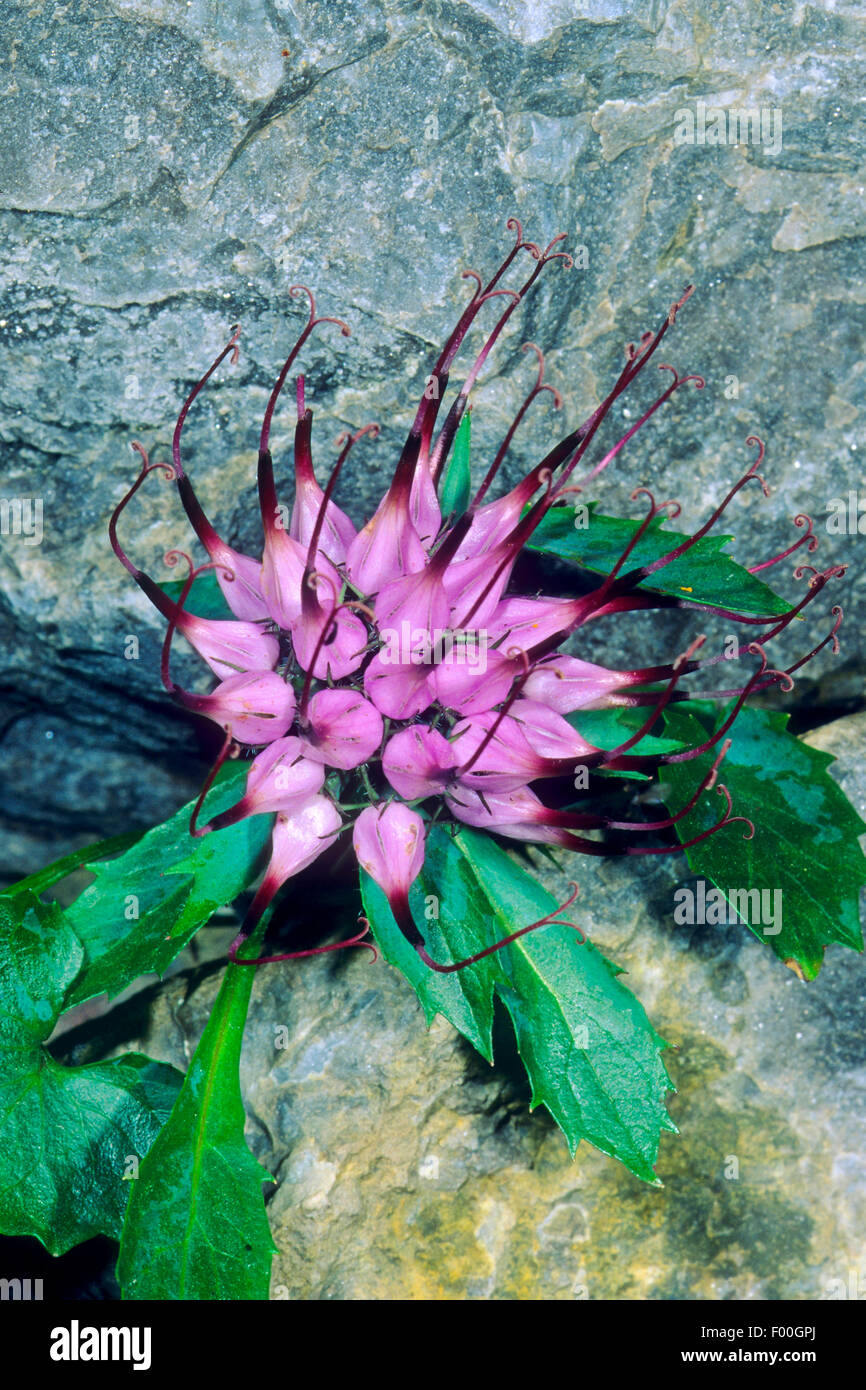 Tufted horned rampion, Devil's Claw (Physoplexis comosa, Phyteuma comosum), inflorescence, Italy Stock Photohttps://www.alamy.com/image-license-details/?v=1https://www.alamy.com/stock-photo-tufted-horned-rampion-devils-claw-physoplexis-comosa-phyteuma-comosum-86065018.html
Tufted horned rampion, Devil's Claw (Physoplexis comosa, Phyteuma comosum), inflorescence, Italy Stock Photohttps://www.alamy.com/image-license-details/?v=1https://www.alamy.com/stock-photo-tufted-horned-rampion-devils-claw-physoplexis-comosa-phyteuma-comosum-86065018.htmlRMF00GPJ–Tufted horned rampion, Devil's Claw (Physoplexis comosa, Phyteuma comosum), inflorescence, Italy
 Basket, 1900-1942, 1 x 2 x 2 3/4 in. (2.5 x 5.1 x 7 cm), Natural plant fibers, United States, 20th century, Willow, cottontail, and black martynia or devils claw, are the main materials used to sew baskets of the Akimel O’othom and Tohono O’odham. The availability of these plant fibers in the environment aide in identifying differences between the two tribes’ baskets. The Akimel O’othom who live along the river and few streams have easy access to willow and cottontail, which is reflected in their designs being predominantly black patterns on a white background. The Tohono O’odham Stock Photohttps://www.alamy.com/image-license-details/?v=1https://www.alamy.com/basket-1900-1942-1-x-2-x-2-34-in-25-x-51-x-7-cm-natural-plant-fibers-united-states-20th-century-willow-cottontail-and-black-martynia-or-devils-claw-are-the-main-materials-used-to-sew-baskets-of-the-akimel-oothom-and-tohono-oodham-the-availability-of-these-plant-fibers-in-the-environment-aide-in-identifying-differences-between-the-two-tribes-baskets-the-akimel-oothom-who-live-along-the-river-and-few-streams-have-easy-access-to-willow-and-cottontail-which-is-reflected-in-their-designs-being-predominantly-black-patterns-on-a-white-background-the-tohono-oodham-image573492031.html
Basket, 1900-1942, 1 x 2 x 2 3/4 in. (2.5 x 5.1 x 7 cm), Natural plant fibers, United States, 20th century, Willow, cottontail, and black martynia or devils claw, are the main materials used to sew baskets of the Akimel O’othom and Tohono O’odham. The availability of these plant fibers in the environment aide in identifying differences between the two tribes’ baskets. The Akimel O’othom who live along the river and few streams have easy access to willow and cottontail, which is reflected in their designs being predominantly black patterns on a white background. The Tohono O’odham Stock Photohttps://www.alamy.com/image-license-details/?v=1https://www.alamy.com/basket-1900-1942-1-x-2-x-2-34-in-25-x-51-x-7-cm-natural-plant-fibers-united-states-20th-century-willow-cottontail-and-black-martynia-or-devils-claw-are-the-main-materials-used-to-sew-baskets-of-the-akimel-oothom-and-tohono-oodham-the-availability-of-these-plant-fibers-in-the-environment-aide-in-identifying-differences-between-the-two-tribes-baskets-the-akimel-oothom-who-live-along-the-river-and-few-streams-have-easy-access-to-willow-and-cottontail-which-is-reflected-in-their-designs-being-predominantly-black-patterns-on-a-white-background-the-tohono-oodham-image573492031.htmlRM2T90PX7–Basket, 1900-1942, 1 x 2 x 2 3/4 in. (2.5 x 5.1 x 7 cm), Natural plant fibers, United States, 20th century, Willow, cottontail, and black martynia or devils claw, are the main materials used to sew baskets of the Akimel O’othom and Tohono O’odham. The availability of these plant fibers in the environment aide in identifying differences between the two tribes’ baskets. The Akimel O’othom who live along the river and few streams have easy access to willow and cottontail, which is reflected in their designs being predominantly black patterns on a white background. The Tohono O’odham
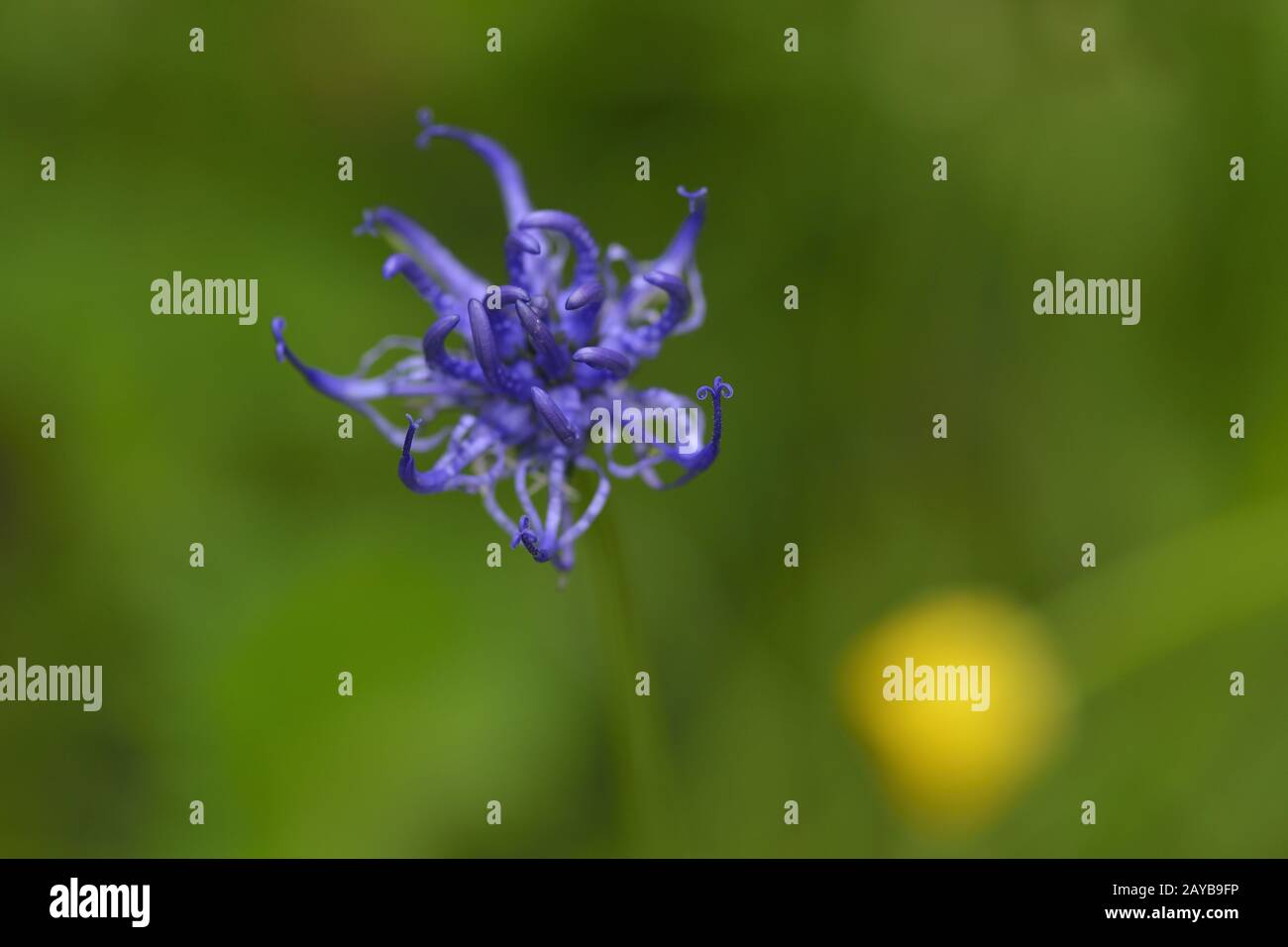 Spherical Devil's Claw Stock Photohttps://www.alamy.com/image-license-details/?v=1https://www.alamy.com/spherical-devils-claw-image343841674.html
Spherical Devil's Claw Stock Photohttps://www.alamy.com/image-license-details/?v=1https://www.alamy.com/spherical-devils-claw-image343841674.htmlRM2AYB9FP–Spherical Devil's Claw
 Devil's Claw (Harpagophytum procumbens), elevated view Stock Photohttps://www.alamy.com/image-license-details/?v=1https://www.alamy.com/stock-photo-devils-claw-harpagophytum-procumbens-elevated-view-38041842.html
Devil's Claw (Harpagophytum procumbens), elevated view Stock Photohttps://www.alamy.com/image-license-details/?v=1https://www.alamy.com/stock-photo-devils-claw-harpagophytum-procumbens-elevated-view-38041842.htmlRFC5TXN6–Devil's Claw (Harpagophytum procumbens), elevated view
 Spiky devil's claw 'Phyteuma spicatum' Stock Photohttps://www.alamy.com/image-license-details/?v=1https://www.alamy.com/spiky-devils-claw-phyteuma-spicatum-image611109480.html
Spiky devil's claw 'Phyteuma spicatum' Stock Photohttps://www.alamy.com/image-license-details/?v=1https://www.alamy.com/spiky-devils-claw-phyteuma-spicatum-image611109480.htmlRF2XE6CAG–Spiky devil's claw 'Phyteuma spicatum'
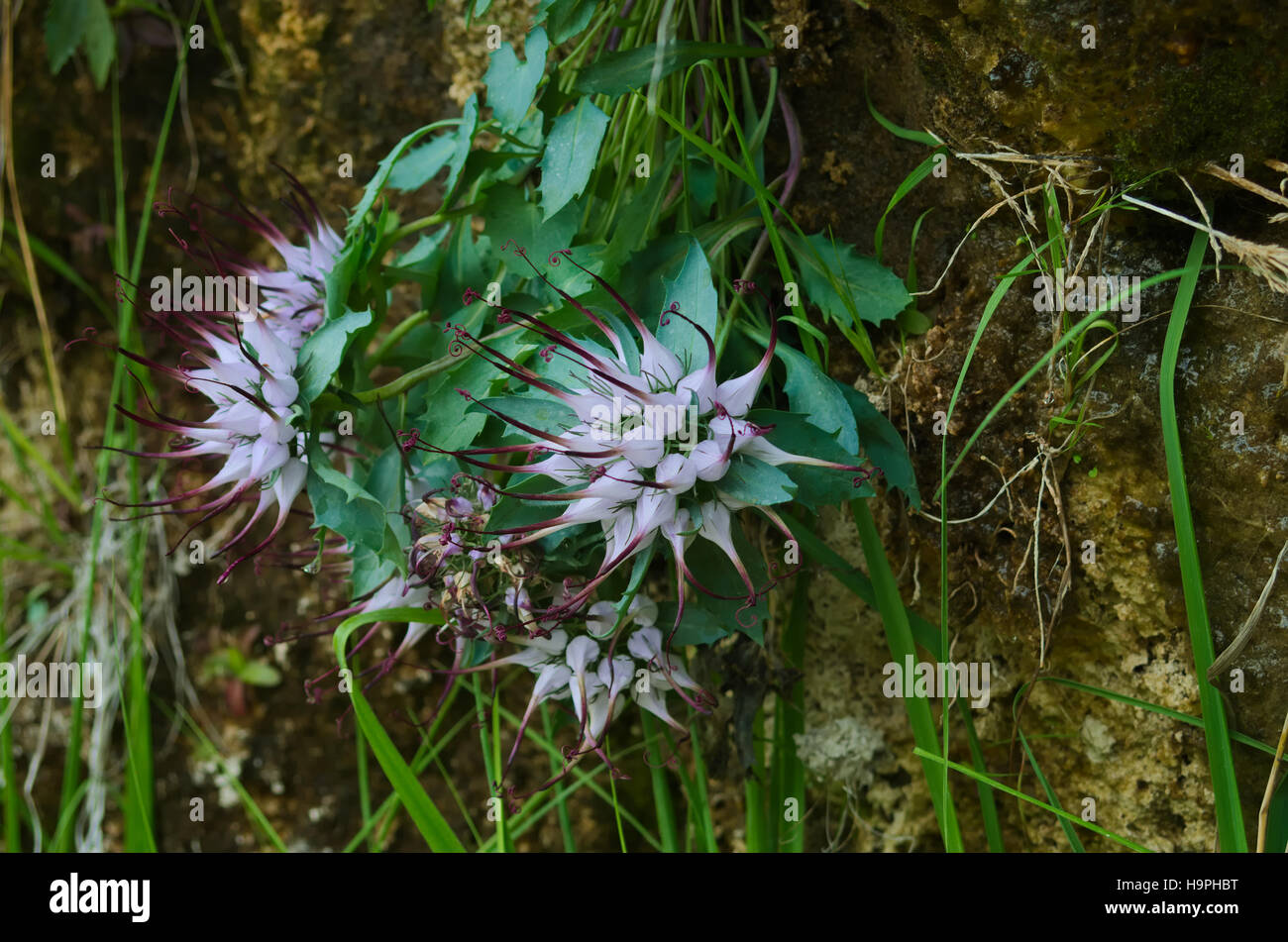 Devil's Claw (Physoplexis comosa) alpine plant flowering Stock Photohttps://www.alamy.com/image-license-details/?v=1https://www.alamy.com/stock-photo-devils-claw-physoplexis-comosa-alpine-plant-flowering-126501084.html
Devil's Claw (Physoplexis comosa) alpine plant flowering Stock Photohttps://www.alamy.com/image-license-details/?v=1https://www.alamy.com/stock-photo-devils-claw-physoplexis-comosa-alpine-plant-flowering-126501084.htmlRFH9PHBT–Devil's Claw (Physoplexis comosa) alpine plant flowering
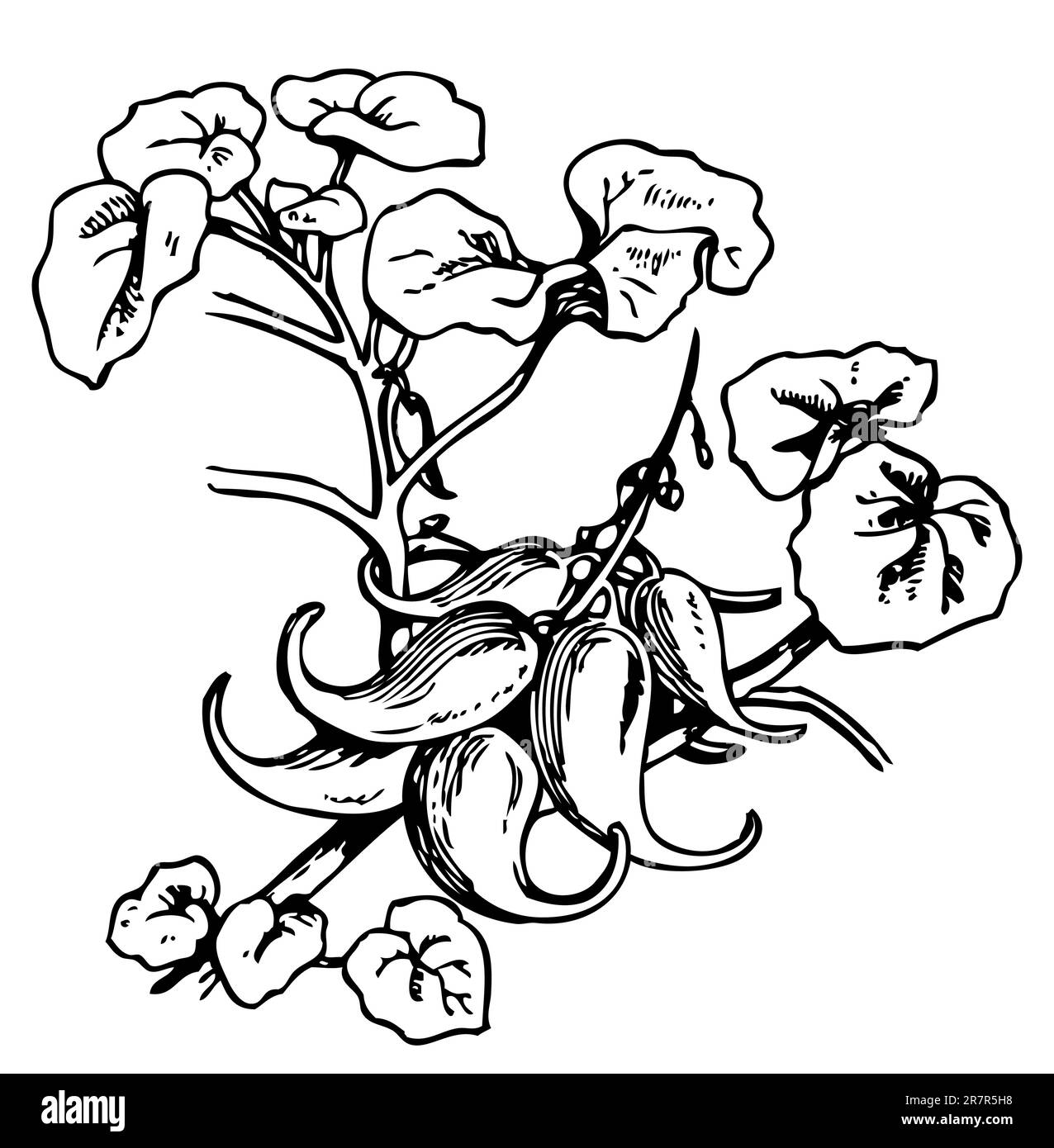 Plant Devil's Claw isolated on white Stock Vectorhttps://www.alamy.com/image-license-details/?v=1https://www.alamy.com/plant-devils-claw-isolated-on-white-image555543668.html
Plant Devil's Claw isolated on white Stock Vectorhttps://www.alamy.com/image-license-details/?v=1https://www.alamy.com/plant-devils-claw-isolated-on-white-image555543668.htmlRF2R7R5H8–Plant Devil's Claw isolated on white
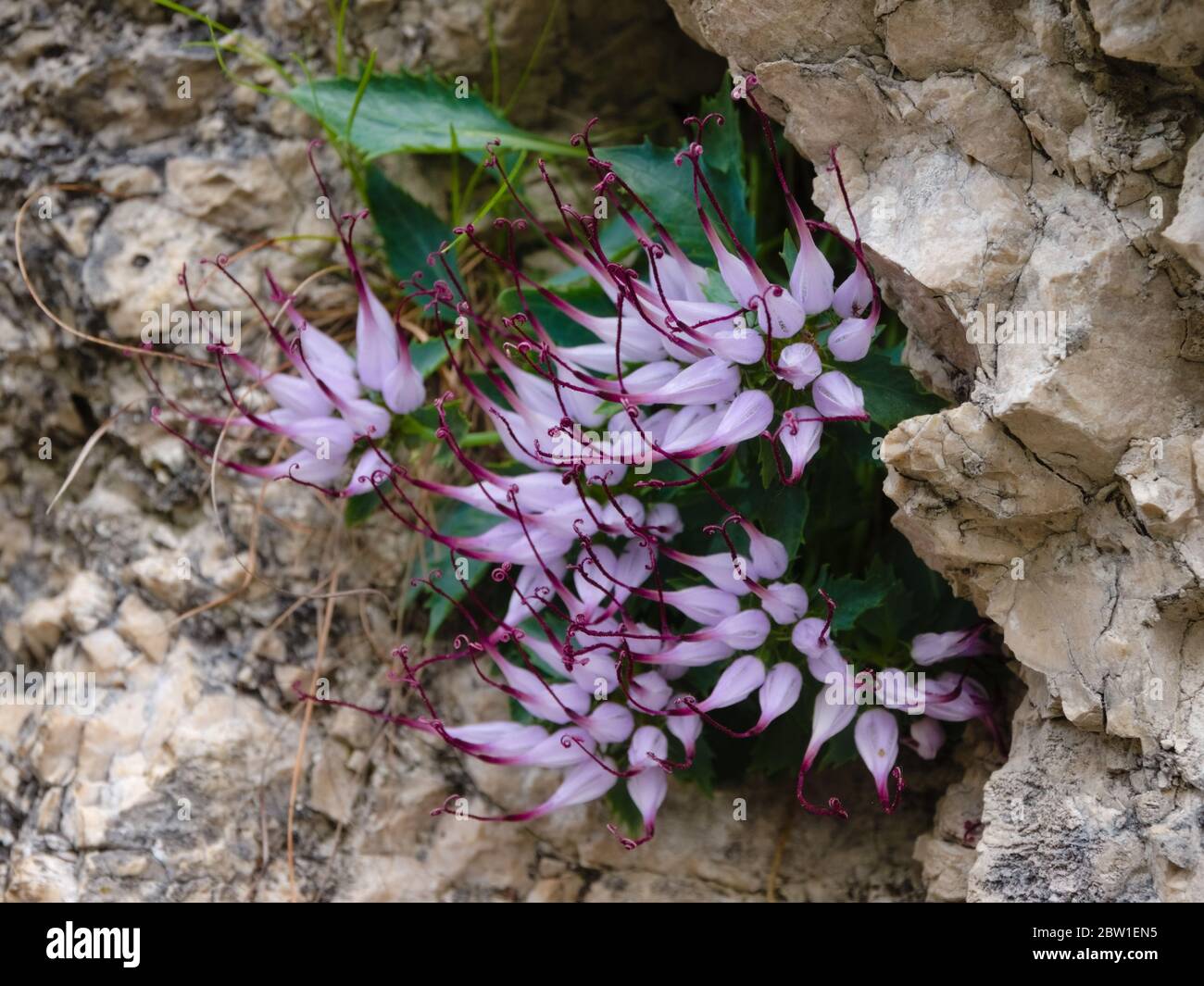 Clusters of Devil's Claw (Physoplexis comosa), a rare alpine plant in flower in the Italian Alps and Dolomiti area. Stock Photohttps://www.alamy.com/image-license-details/?v=1https://www.alamy.com/clusters-of-devils-claw-physoplexis-comosa-a-rare-alpine-plant-in-flower-in-the-italian-alps-and-dolomiti-area-image359607281.html
Clusters of Devil's Claw (Physoplexis comosa), a rare alpine plant in flower in the Italian Alps and Dolomiti area. Stock Photohttps://www.alamy.com/image-license-details/?v=1https://www.alamy.com/clusters-of-devils-claw-physoplexis-comosa-a-rare-alpine-plant-in-flower-in-the-italian-alps-and-dolomiti-area-image359607281.htmlRF2BW1EN5–Clusters of Devil's Claw (Physoplexis comosa), a rare alpine plant in flower in the Italian Alps and Dolomiti area.
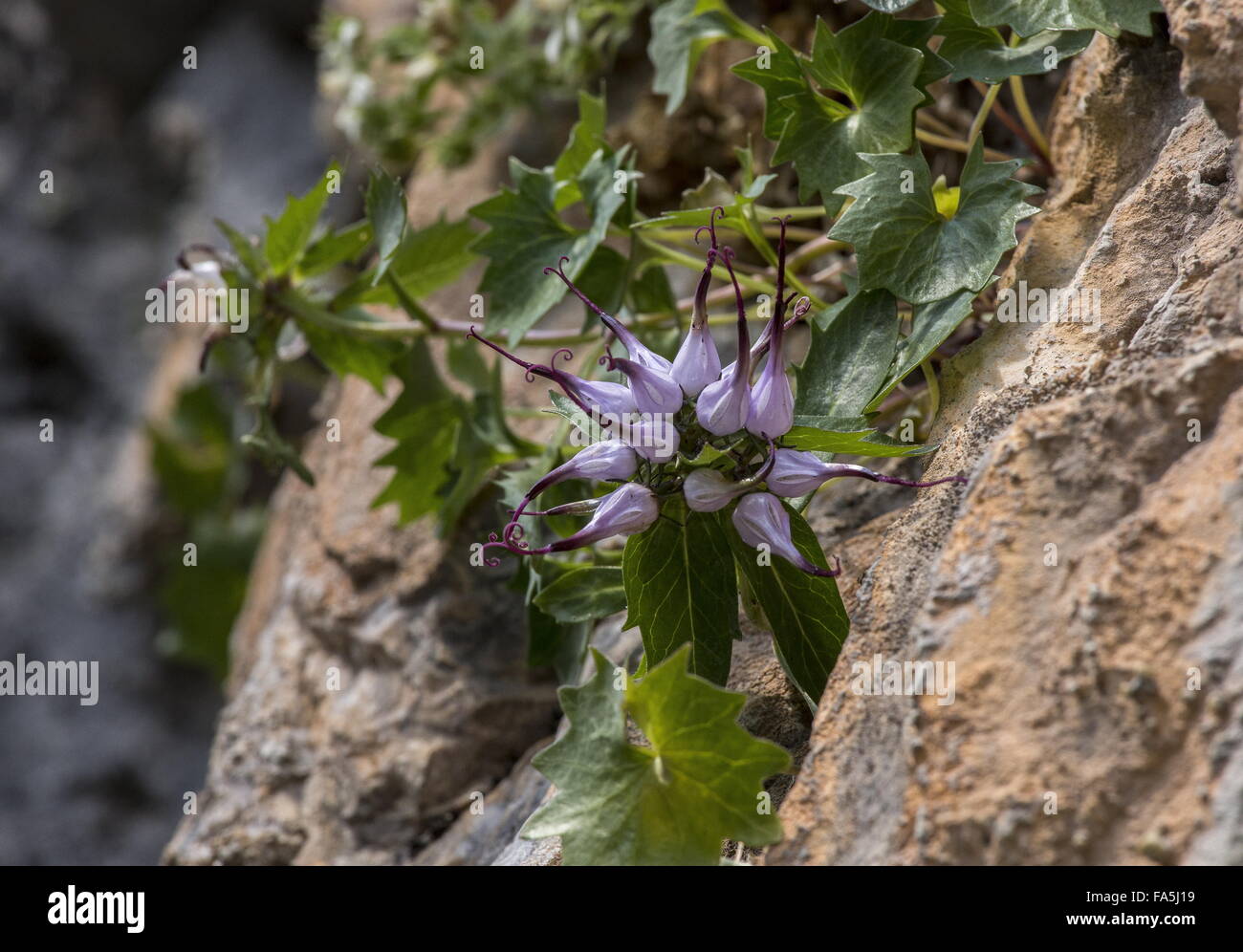 Devil's Claw, Physoplexis comosa in flower on dolomite cliff, Dolomites. Stock Photohttps://www.alamy.com/image-license-details/?v=1https://www.alamy.com/stock-photo-devils-claw-physoplexis-comosa-in-flower-on-dolomite-cliff-dolomites-92322309.html
Devil's Claw, Physoplexis comosa in flower on dolomite cliff, Dolomites. Stock Photohttps://www.alamy.com/image-license-details/?v=1https://www.alamy.com/stock-photo-devils-claw-physoplexis-comosa-in-flower-on-dolomite-cliff-dolomites-92322309.htmlRMFA5J19–Devil's Claw, Physoplexis comosa in flower on dolomite cliff, Dolomites.
 Devil's Claw (Physoplexis comosa) Stock Photohttps://www.alamy.com/image-license-details/?v=1https://www.alamy.com/stock-photo-devils-claw-physoplexis-comosa-33675068.html
Devil's Claw (Physoplexis comosa) Stock Photohttps://www.alamy.com/image-license-details/?v=1https://www.alamy.com/stock-photo-devils-claw-physoplexis-comosa-33675068.htmlRMBXP0W0–Devil's Claw (Physoplexis comosa)
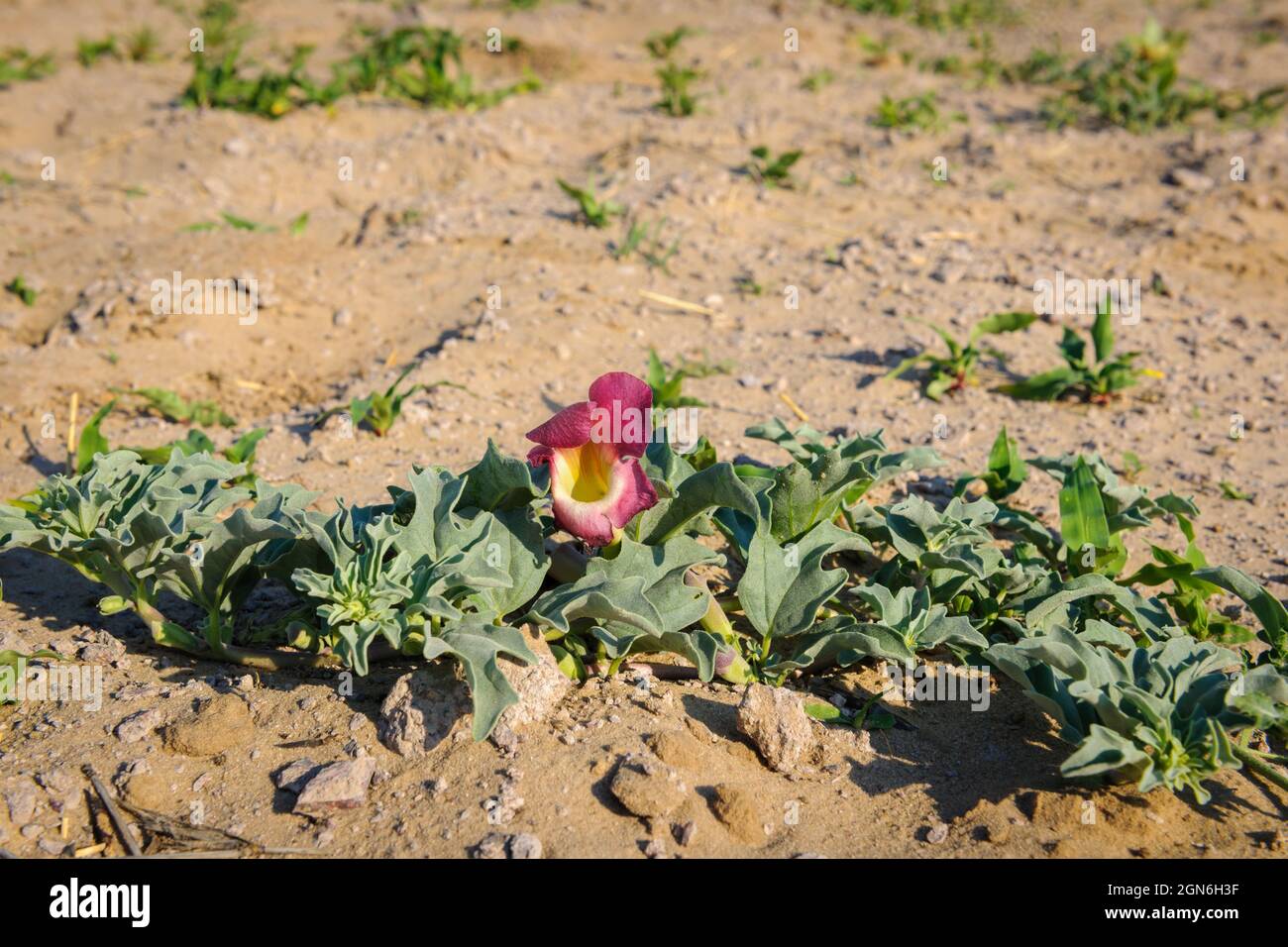 Devil’s Claw or grapple plant (Harpagophytum procumbens) medicinal plant and flower. Kalahari Desert. Botswana Stock Photohttps://www.alamy.com/image-license-details/?v=1https://www.alamy.com/devils-claw-or-grapple-plant-harpagophytum-procumbens-medicinal-plant-and-flower-kalahari-desert-botswana-image443312115.html
Devil’s Claw or grapple plant (Harpagophytum procumbens) medicinal plant and flower. Kalahari Desert. Botswana Stock Photohttps://www.alamy.com/image-license-details/?v=1https://www.alamy.com/devils-claw-or-grapple-plant-harpagophytum-procumbens-medicinal-plant-and-flower-kalahari-desert-botswana-image443312115.htmlRF2GN6H3F–Devil’s Claw or grapple plant (Harpagophytum procumbens) medicinal plant and flower. Kalahari Desert. Botswana
 Devil's claw, May, Germany Stock Photohttps://www.alamy.com/image-license-details/?v=1https://www.alamy.com/devils-claw-may-germany-image608436204.html
Devil's claw, May, Germany Stock Photohttps://www.alamy.com/image-license-details/?v=1https://www.alamy.com/devils-claw-may-germany-image608436204.htmlRF2X9TJGC–Devil's claw, May, Germany
 Devil's Club (Oplopanax horridus) with large palmate leaves and red fruits, or drupes, growing in the temperate rainforest of the Olympic Peninsula US Stock Photohttps://www.alamy.com/image-license-details/?v=1https://www.alamy.com/devils-club-oplopanax-horridus-with-large-palmate-leaves-and-red-fruits-or-drupes-growing-in-the-temperate-rainforest-of-the-olympic-peninsula-us-image470249088.html
Devil's Club (Oplopanax horridus) with large palmate leaves and red fruits, or drupes, growing in the temperate rainforest of the Olympic Peninsula US Stock Photohttps://www.alamy.com/image-license-details/?v=1https://www.alamy.com/devils-club-oplopanax-horridus-with-large-palmate-leaves-and-red-fruits-or-drupes-growing-in-the-temperate-rainforest-of-the-olympic-peninsula-us-image470249088.htmlRF2J91KE8–Devil's Club (Oplopanax horridus) with large palmate leaves and red fruits, or drupes, growing in the temperate rainforest of the Olympic Peninsula US
 Devil's claw (Harpagophytum procumbens), Pedaliaceae (Pedaliaceae) Stock Photohttps://www.alamy.com/image-license-details/?v=1https://www.alamy.com/devils-claw-harpagophytum-procumbens-pedaliaceae-pedaliaceae-image560098218.html
Devil's claw (Harpagophytum procumbens), Pedaliaceae (Pedaliaceae) Stock Photohttps://www.alamy.com/image-license-details/?v=1https://www.alamy.com/devils-claw-harpagophytum-procumbens-pedaliaceae-pedaliaceae-image560098218.htmlRM2RF6JYP–Devil's claw (Harpagophytum procumbens), Pedaliaceae (Pedaliaceae)
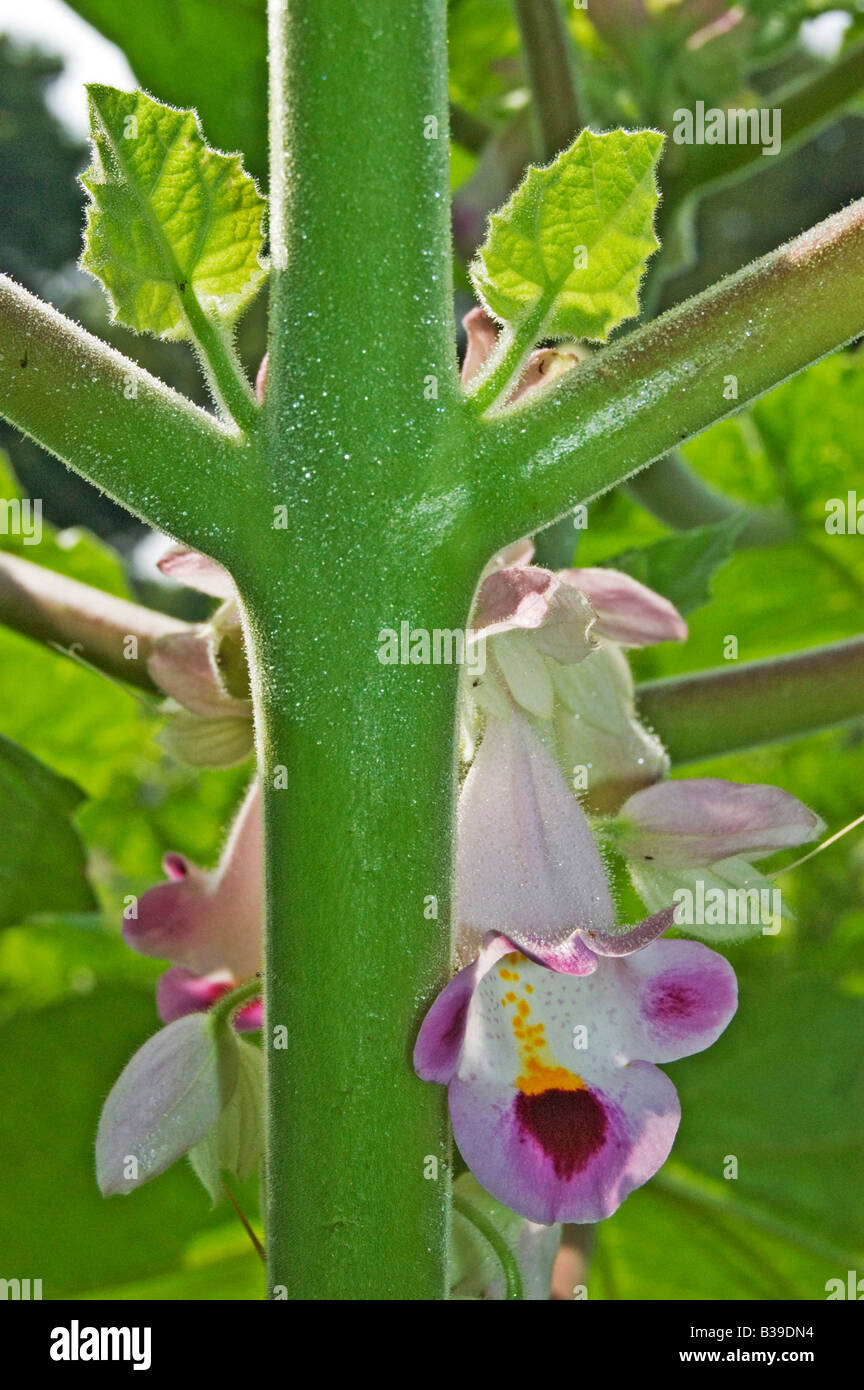 devil's claw Stock Photohttps://www.alamy.com/image-license-details/?v=1https://www.alamy.com/stock-photo-devils-claw-19262688.html
devil's claw Stock Photohttps://www.alamy.com/image-license-details/?v=1https://www.alamy.com/stock-photo-devils-claw-19262688.htmlRMB39DN4–devil's claw
 Crested Devil's Claw (Phyteuma comosum) (Physoplexis comosum) Stock Photohttps://www.alamy.com/image-license-details/?v=1https://www.alamy.com/crested-devils-claw-phyteuma-comosum-physoplexis-comosum-image558363058.html
Crested Devil's Claw (Phyteuma comosum) (Physoplexis comosum) Stock Photohttps://www.alamy.com/image-license-details/?v=1https://www.alamy.com/crested-devils-claw-phyteuma-comosum-physoplexis-comosum-image558363058.htmlRM2RCBHNP–Crested Devil's Claw (Phyteuma comosum) (Physoplexis comosum)
 carnauba (copernicia prunifera) attacked by the invasive plant known as 'devil's claw' Stock Photohttps://www.alamy.com/image-license-details/?v=1https://www.alamy.com/carnauba-copernicia-prunifera-attacked-by-the-invasive-plant-known-as-devils-claw-image475606481.html
carnauba (copernicia prunifera) attacked by the invasive plant known as 'devil's claw' Stock Photohttps://www.alamy.com/image-license-details/?v=1https://www.alamy.com/carnauba-copernicia-prunifera-attacked-by-the-invasive-plant-known-as-devils-claw-image475606481.htmlRM2JHNMWN–carnauba (copernicia prunifera) attacked by the invasive plant known as 'devil's claw'
 Hemispherical Devil's Claw (Phyteuma hemisphaericum), inflorescence, Allgaeu Alps, Allgaeu, Bavaria, Germany Stock Photohttps://www.alamy.com/image-license-details/?v=1https://www.alamy.com/hemispherical-devils-claw-phyteuma-hemisphaericum-inflorescence-allgaeu-alps-allgaeu-bavaria-germany-image426271929.html
Hemispherical Devil's Claw (Phyteuma hemisphaericum), inflorescence, Allgaeu Alps, Allgaeu, Bavaria, Germany Stock Photohttps://www.alamy.com/image-license-details/?v=1https://www.alamy.com/hemispherical-devils-claw-phyteuma-hemisphaericum-inflorescence-allgaeu-alps-allgaeu-bavaria-germany-image426271929.htmlRF2FNEA5D–Hemispherical Devil's Claw (Phyteuma hemisphaericum), inflorescence, Allgaeu Alps, Allgaeu, Bavaria, Germany
 Devil's Claw (Harpagophytum procumbens), African medicinal plant, against osteoarthritis Stock Photohttps://www.alamy.com/image-license-details/?v=1https://www.alamy.com/devils-claw-harpagophytum-procumbens-african-medicinal-plant-against-osteoarthritis-image383419014.html
Devil's Claw (Harpagophytum procumbens), African medicinal plant, against osteoarthritis Stock Photohttps://www.alamy.com/image-license-details/?v=1https://www.alamy.com/devils-claw-harpagophytum-procumbens-african-medicinal-plant-against-osteoarthritis-image383419014.htmlRF2D7P6T6–Devil's Claw (Harpagophytum procumbens), African medicinal plant, against osteoarthritis
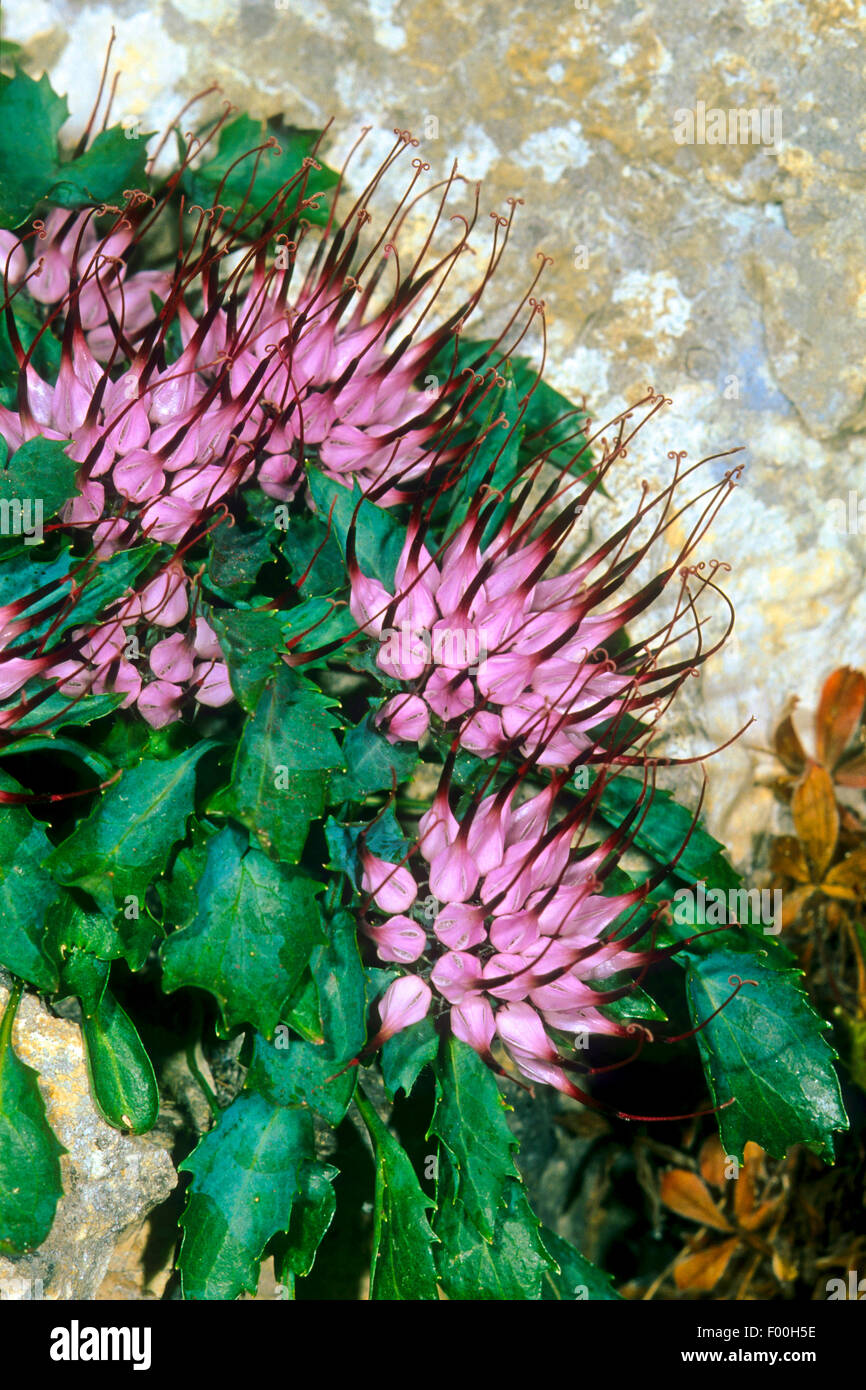 Tufted horned rampion, Devil's Claw (Physoplexis comosa, Phyteuma comosum), blooming, Italy Stock Photohttps://www.alamy.com/image-license-details/?v=1https://www.alamy.com/stock-photo-tufted-horned-rampion-devils-claw-physoplexis-comosa-phyteuma-comosum-86065322.html
Tufted horned rampion, Devil's Claw (Physoplexis comosa, Phyteuma comosum), blooming, Italy Stock Photohttps://www.alamy.com/image-license-details/?v=1https://www.alamy.com/stock-photo-tufted-horned-rampion-devils-claw-physoplexis-comosa-phyteuma-comosum-86065322.htmlRMF00H5E–Tufted horned rampion, Devil's Claw (Physoplexis comosa, Phyteuma comosum), blooming, Italy
 Basket, 20th century, 1 1/4 x 3 1/8 x 3 1/8 in. (3.2 x 7.9 x 7.9 cm), Natural plant fibers, United States, 20th century, Willow, cottontail, and black martynia, or devils claw, are the main materials used to sew baskets of the Akimel O’othom and Tohono O’odham. The availability of these plant fibers in the environment aide in identifying differences between the two tribe’s baskets. The Akimel O’othom who live along the river and few streams have easy access to willow and cottontail, which is reflected in their design being predominantly shown as a black pattern on a white background. Stock Photohttps://www.alamy.com/image-license-details/?v=1https://www.alamy.com/basket-20th-century-1-14-x-3-18-x-3-18-in-32-x-79-x-79-cm-natural-plant-fibers-united-states-20th-century-willow-cottontail-and-black-martynia-or-devils-claw-are-the-main-materials-used-to-sew-baskets-of-the-akimel-oothom-and-tohono-oodham-the-availability-of-these-plant-fibers-in-the-environment-aide-in-identifying-differences-between-the-two-tribes-baskets-the-akimel-oothom-who-live-along-the-river-and-few-streams-have-easy-access-to-willow-and-cottontail-which-is-reflected-in-their-design-being-predominantly-shown-as-a-black-pattern-on-a-white-background-image573492089.html
Basket, 20th century, 1 1/4 x 3 1/8 x 3 1/8 in. (3.2 x 7.9 x 7.9 cm), Natural plant fibers, United States, 20th century, Willow, cottontail, and black martynia, or devils claw, are the main materials used to sew baskets of the Akimel O’othom and Tohono O’odham. The availability of these plant fibers in the environment aide in identifying differences between the two tribe’s baskets. The Akimel O’othom who live along the river and few streams have easy access to willow and cottontail, which is reflected in their design being predominantly shown as a black pattern on a white background. Stock Photohttps://www.alamy.com/image-license-details/?v=1https://www.alamy.com/basket-20th-century-1-14-x-3-18-x-3-18-in-32-x-79-x-79-cm-natural-plant-fibers-united-states-20th-century-willow-cottontail-and-black-martynia-or-devils-claw-are-the-main-materials-used-to-sew-baskets-of-the-akimel-oothom-and-tohono-oodham-the-availability-of-these-plant-fibers-in-the-environment-aide-in-identifying-differences-between-the-two-tribes-baskets-the-akimel-oothom-who-live-along-the-river-and-few-streams-have-easy-access-to-willow-and-cottontail-which-is-reflected-in-their-design-being-predominantly-shown-as-a-black-pattern-on-a-white-background-image573492089.htmlRM2T90R09–Basket, 20th century, 1 1/4 x 3 1/8 x 3 1/8 in. (3.2 x 7.9 x 7.9 cm), Natural plant fibers, United States, 20th century, Willow, cottontail, and black martynia, or devils claw, are the main materials used to sew baskets of the Akimel O’othom and Tohono O’odham. The availability of these plant fibers in the environment aide in identifying differences between the two tribe’s baskets. The Akimel O’othom who live along the river and few streams have easy access to willow and cottontail, which is reflected in their design being predominantly shown as a black pattern on a white background.
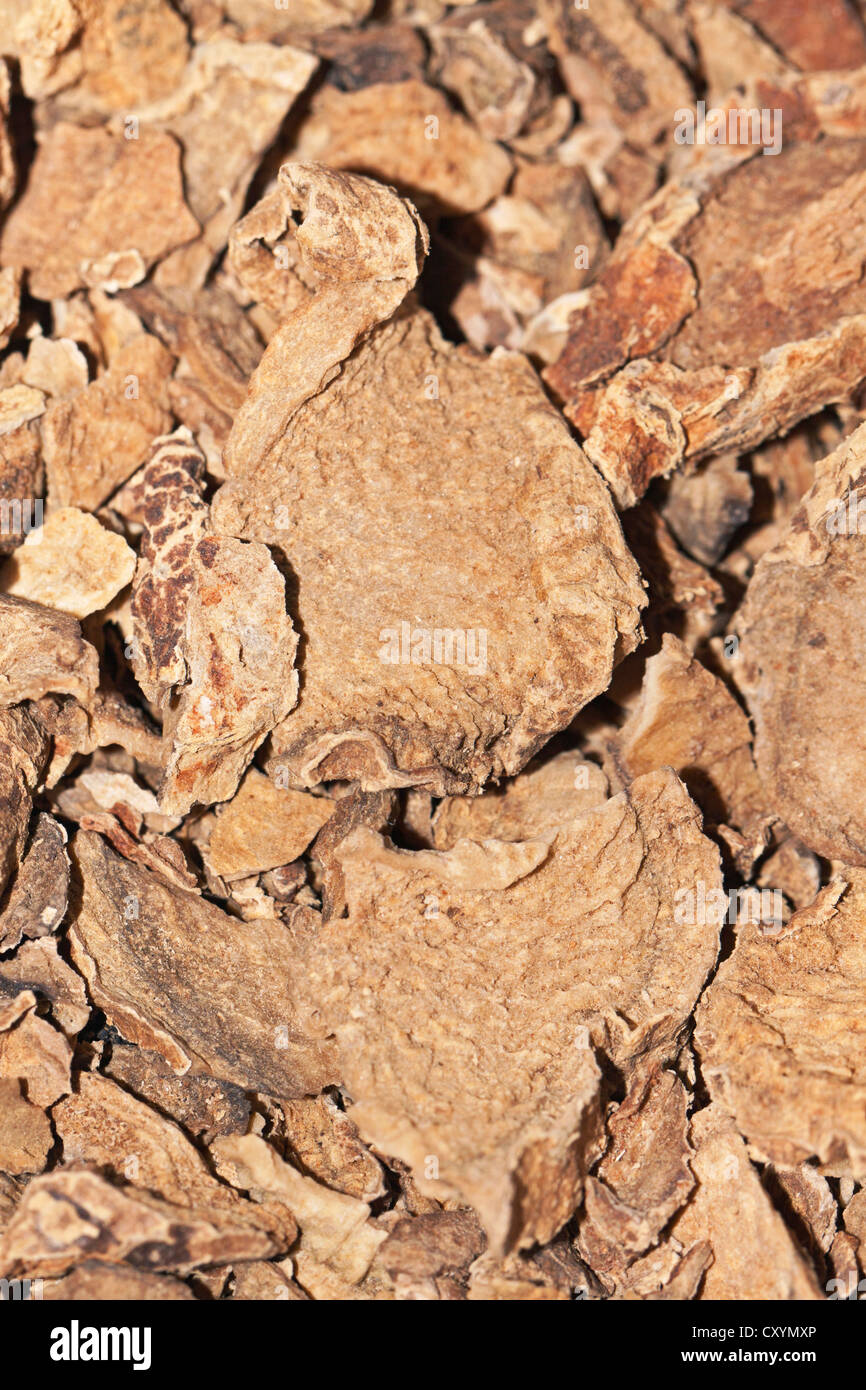 Devil's Claw (Harpagophytum procumbens), medicinal plant, cancer therapy, osteoarthritis therapy, root, dried, medicine, African Stock Photohttps://www.alamy.com/image-license-details/?v=1https://www.alamy.com/stock-photo-devils-claw-harpagophytum-procumbens-medicinal-plant-cancer-therapy-51010926.html
Devil's Claw (Harpagophytum procumbens), medicinal plant, cancer therapy, osteoarthritis therapy, root, dried, medicine, African Stock Photohttps://www.alamy.com/image-license-details/?v=1https://www.alamy.com/stock-photo-devils-claw-harpagophytum-procumbens-medicinal-plant-cancer-therapy-51010926.htmlRFCXYMXP–Devil's Claw (Harpagophytum procumbens), medicinal plant, cancer therapy, osteoarthritis therapy, root, dried, medicine, African
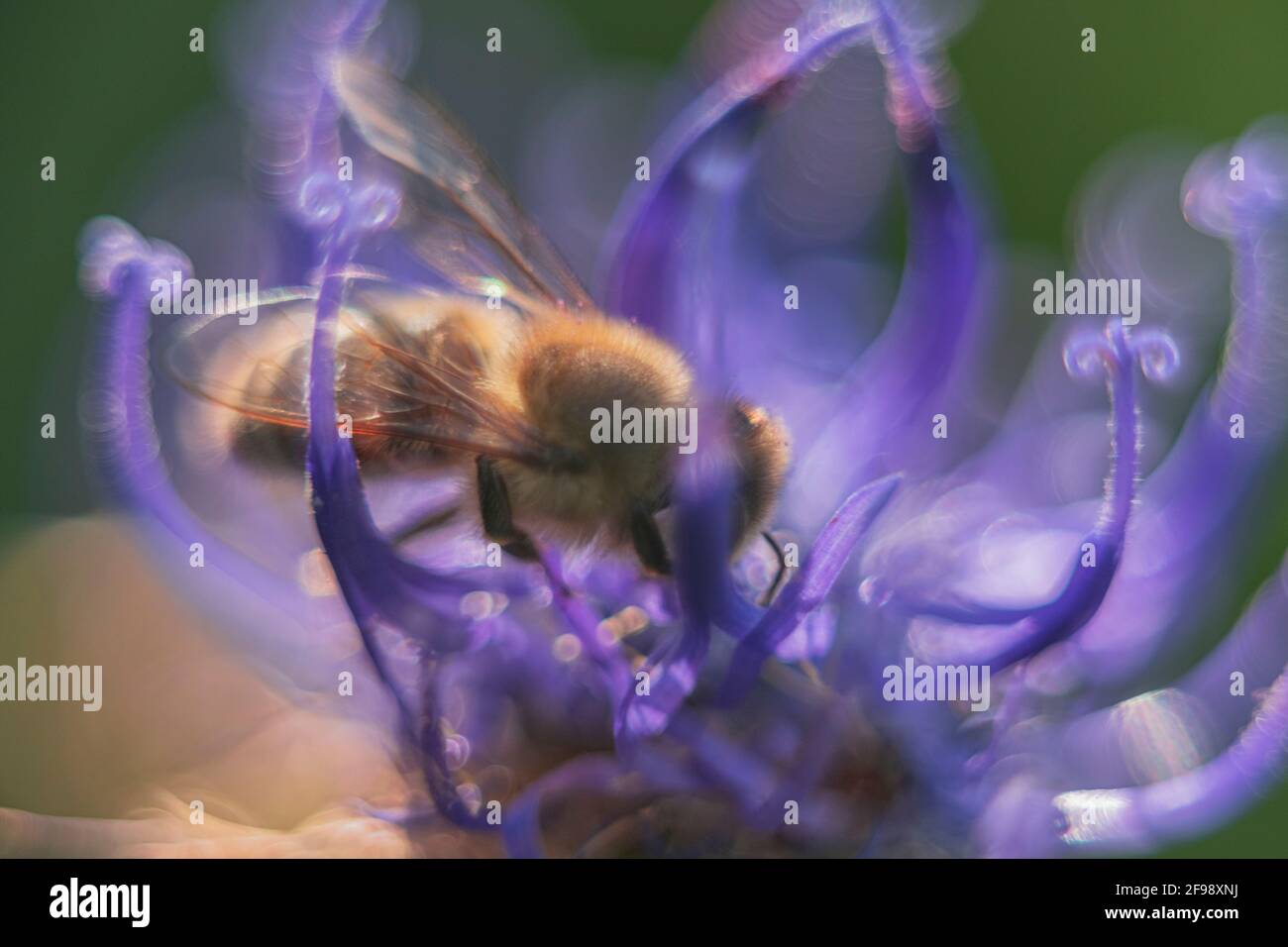 Devil's claw with bee, photographed with a macro vintage lens Stock Photohttps://www.alamy.com/image-license-details/?v=1https://www.alamy.com/devils-claw-with-bee-photographed-with-a-macro-vintage-lens-image418777342.html
Devil's claw with bee, photographed with a macro vintage lens Stock Photohttps://www.alamy.com/image-license-details/?v=1https://www.alamy.com/devils-claw-with-bee-photographed-with-a-macro-vintage-lens-image418777342.htmlRM2F98XNJ–Devil's claw with bee, photographed with a macro vintage lens
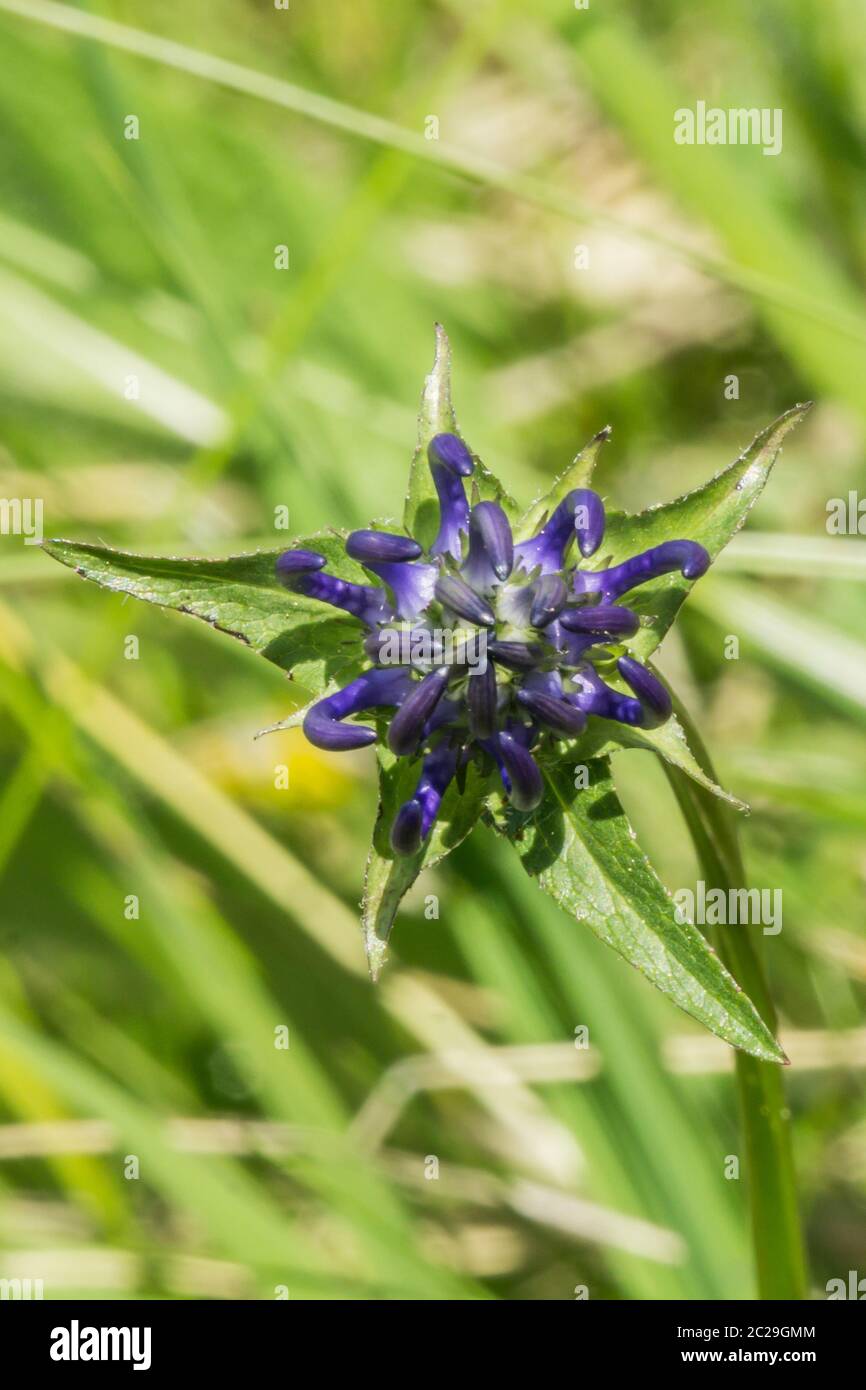 Hemispherical devil's claw on an alpine meadow Phyteuma hemisphaericum Stock Photohttps://www.alamy.com/image-license-details/?v=1https://www.alamy.com/hemispherical-devils-claw-on-an-alpine-meadow-phyteuma-hemisphaericum-image362857732.html
Hemispherical devil's claw on an alpine meadow Phyteuma hemisphaericum Stock Photohttps://www.alamy.com/image-license-details/?v=1https://www.alamy.com/hemispherical-devils-claw-on-an-alpine-meadow-phyteuma-hemisphaericum-image362857732.htmlRF2C29GMM–Hemispherical devil's claw on an alpine meadow Phyteuma hemisphaericum
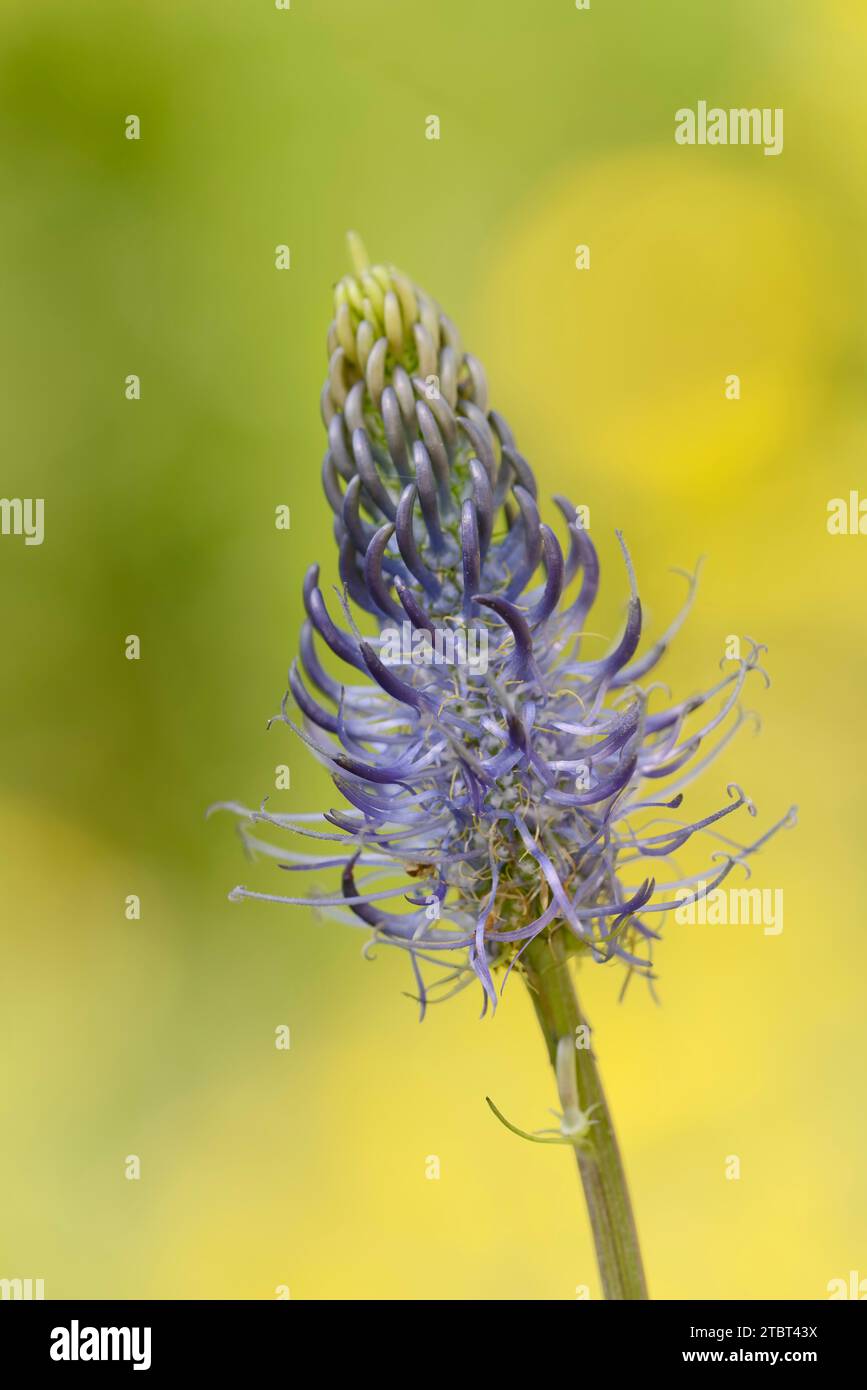 Sky-blue Devil's Claw (Phyteumaadulterinum), hybrid of the ährige Devil's Claw (Phyteuma spicatum) with the Black Devil's Claw (Phyteuma nigrum), North Rhine-Westphalia, Germany Stock Photohttps://www.alamy.com/image-license-details/?v=1https://www.alamy.com/sky-blue-devils-claw-phyteumaadulterinum-hybrid-of-the-hrige-devils-claw-phyteuma-spicatum-with-the-black-devils-claw-phyteuma-nigrum-north-rhine-westphalia-germany-image575233454.html
Sky-blue Devil's Claw (Phyteumaadulterinum), hybrid of the ährige Devil's Claw (Phyteuma spicatum) with the Black Devil's Claw (Phyteuma nigrum), North Rhine-Westphalia, Germany Stock Photohttps://www.alamy.com/image-license-details/?v=1https://www.alamy.com/sky-blue-devils-claw-phyteumaadulterinum-hybrid-of-the-hrige-devils-claw-phyteuma-spicatum-with-the-black-devils-claw-phyteuma-nigrum-north-rhine-westphalia-germany-image575233454.htmlRM2TBT43X–Sky-blue Devil's Claw (Phyteumaadulterinum), hybrid of the ährige Devil's Claw (Phyteuma spicatum) with the Black Devil's Claw (Phyteuma nigrum), North Rhine-Westphalia, Germany
 Spiky devil's claw 'Phyteuma spicatum' with meadow bumblebee 'Bombus pratorum' Stock Photohttps://www.alamy.com/image-license-details/?v=1https://www.alamy.com/spiky-devils-claw-phyteuma-spicatum-with-meadow-bumblebee-bombus-pratorum-image611109474.html
Spiky devil's claw 'Phyteuma spicatum' with meadow bumblebee 'Bombus pratorum' Stock Photohttps://www.alamy.com/image-license-details/?v=1https://www.alamy.com/spiky-devils-claw-phyteuma-spicatum-with-meadow-bumblebee-bombus-pratorum-image611109474.htmlRF2XE6CAA–Spiky devil's claw 'Phyteuma spicatum' with meadow bumblebee 'Bombus pratorum'
 Clusters of Devil's Claw (Physoplexis comosa), a rare alpine plant in flower in the Italian Alps and Dolomiti area. Stock Photohttps://www.alamy.com/image-license-details/?v=1https://www.alamy.com/clusters-of-devils-claw-physoplexis-comosa-a-rare-alpine-plant-in-flower-in-the-italian-alps-and-dolomiti-area-image359607302.html
Clusters of Devil's Claw (Physoplexis comosa), a rare alpine plant in flower in the Italian Alps and Dolomiti area. Stock Photohttps://www.alamy.com/image-license-details/?v=1https://www.alamy.com/clusters-of-devils-claw-physoplexis-comosa-a-rare-alpine-plant-in-flower-in-the-italian-alps-and-dolomiti-area-image359607302.htmlRF2BW1ENX–Clusters of Devil's Claw (Physoplexis comosa), a rare alpine plant in flower in the Italian Alps and Dolomiti area.
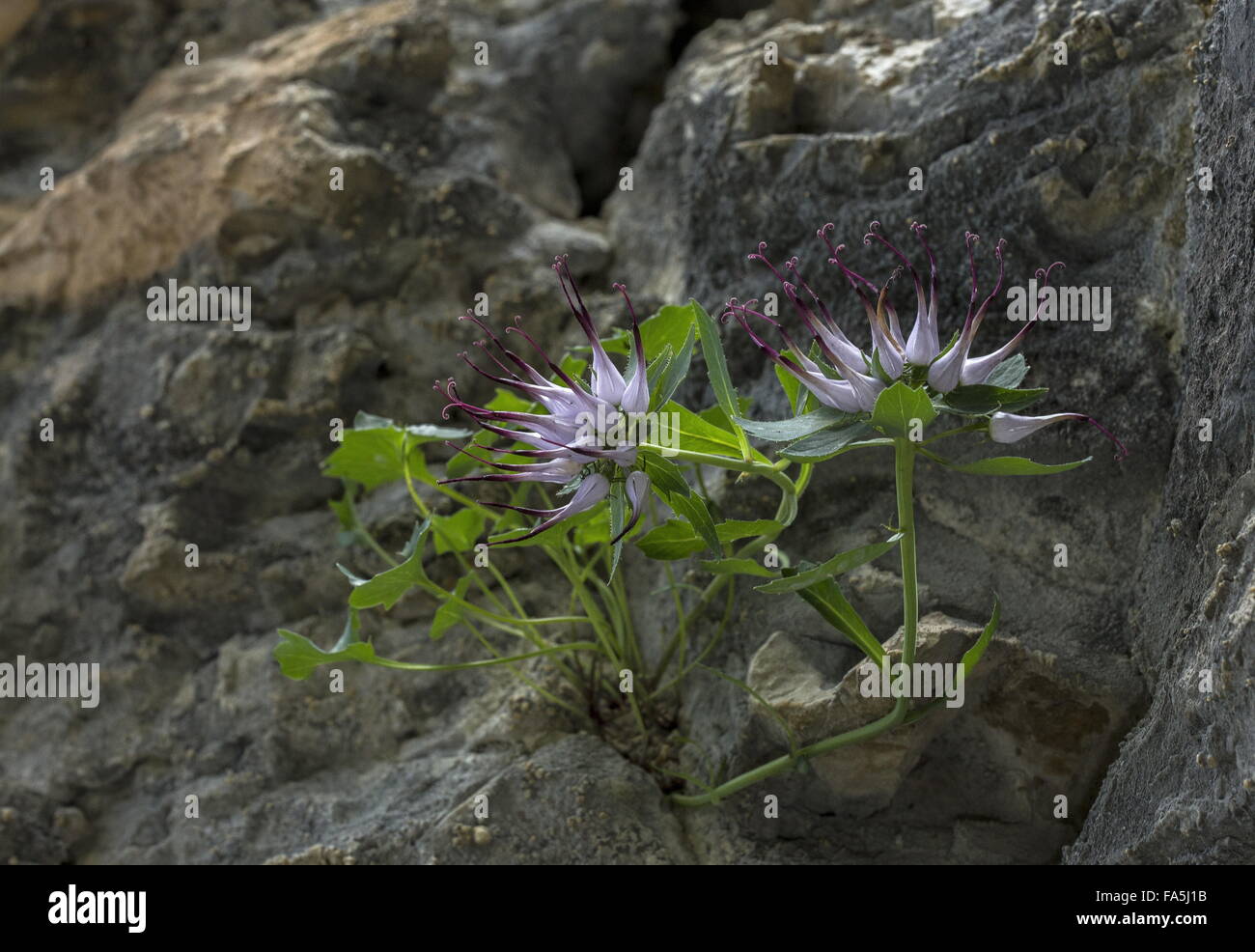 Devil's Claw, Physoplexis comosa in flower on dolomite cliff, Dolomites. Stock Photohttps://www.alamy.com/image-license-details/?v=1https://www.alamy.com/stock-photo-devils-claw-physoplexis-comosa-in-flower-on-dolomite-cliff-dolomites-92322311.html
Devil's Claw, Physoplexis comosa in flower on dolomite cliff, Dolomites. Stock Photohttps://www.alamy.com/image-license-details/?v=1https://www.alamy.com/stock-photo-devils-claw-physoplexis-comosa-in-flower-on-dolomite-cliff-dolomites-92322311.htmlRMFA5J1B–Devil's Claw, Physoplexis comosa in flower on dolomite cliff, Dolomites.
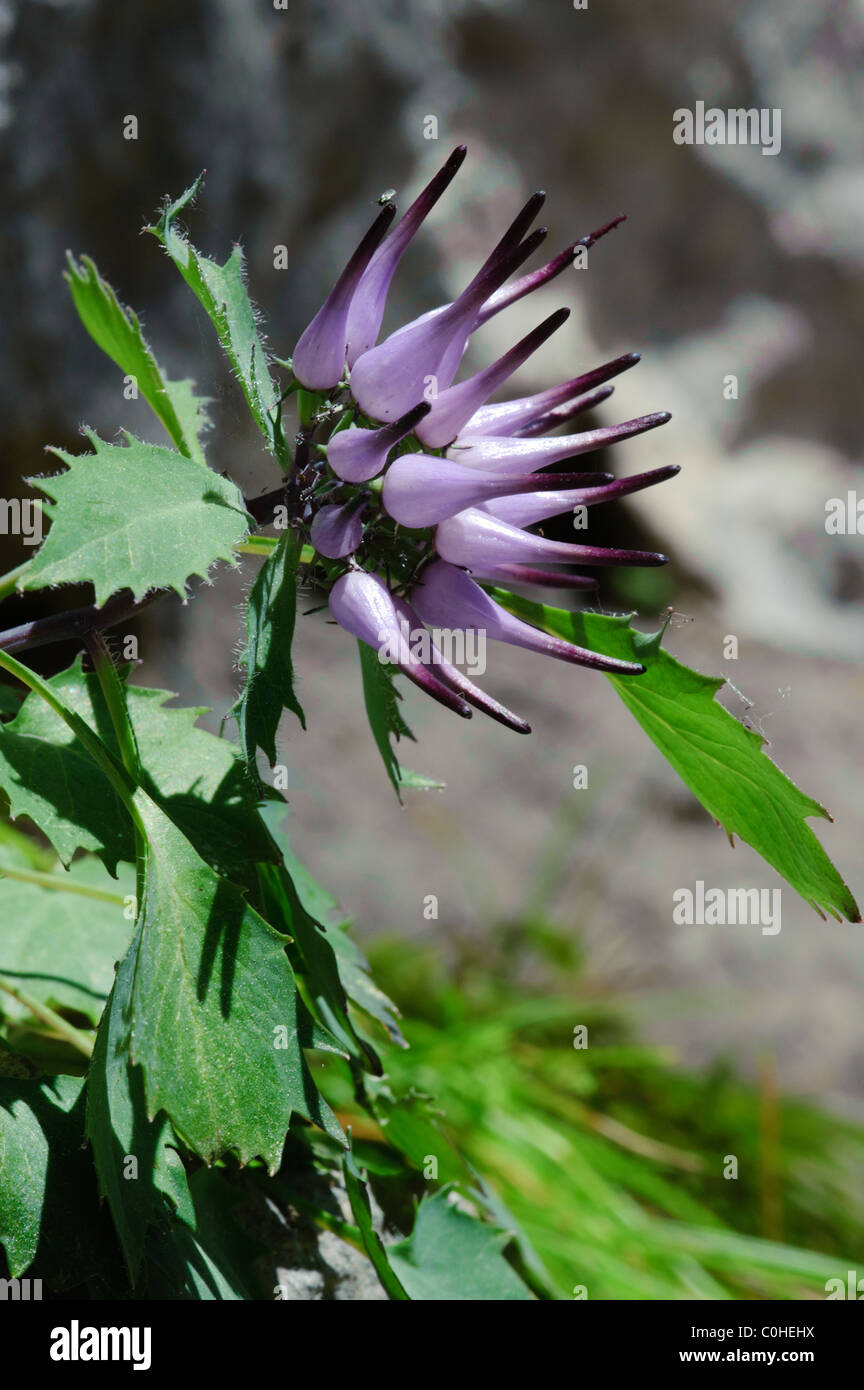 Devil's Claw (Physoplexis comosa) Stock Photohttps://www.alamy.com/image-license-details/?v=1https://www.alamy.com/stock-photo-devils-claw-physoplexis-comosa-34805398.html
Devil's Claw (Physoplexis comosa) Stock Photohttps://www.alamy.com/image-license-details/?v=1https://www.alamy.com/stock-photo-devils-claw-physoplexis-comosa-34805398.htmlRMC0HEHX–Devil's Claw (Physoplexis comosa)
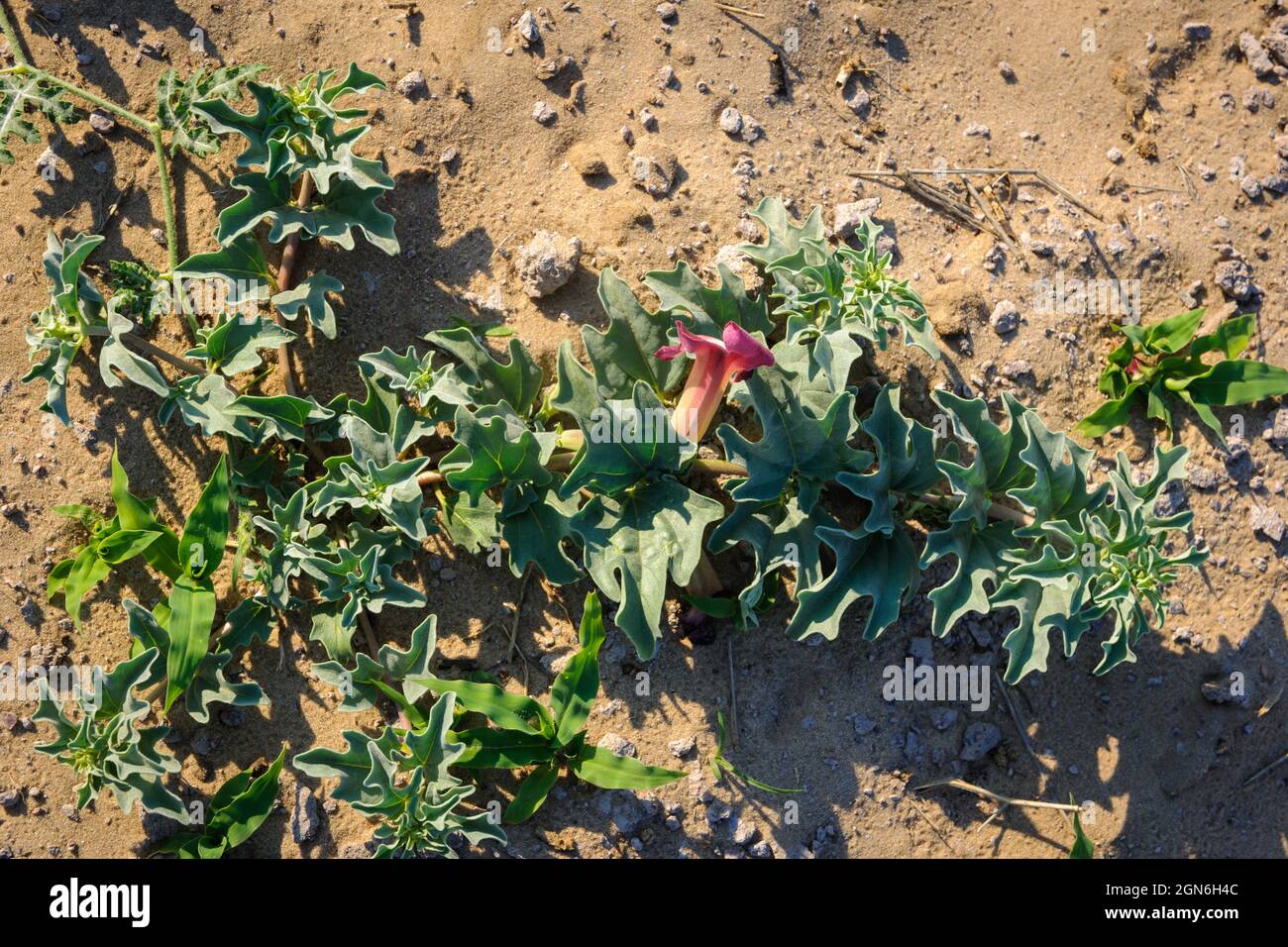 Devil’s Claw or grapple plant (Harpagophytum procumbens) medicinal plant and flower. Kalahari Desert. Botswana Stock Photohttps://www.alamy.com/image-license-details/?v=1https://www.alamy.com/devils-claw-or-grapple-plant-harpagophytum-procumbens-medicinal-plant-and-flower-kalahari-desert-botswana-image443312140.html
Devil’s Claw or grapple plant (Harpagophytum procumbens) medicinal plant and flower. Kalahari Desert. Botswana Stock Photohttps://www.alamy.com/image-license-details/?v=1https://www.alamy.com/devils-claw-or-grapple-plant-harpagophytum-procumbens-medicinal-plant-and-flower-kalahari-desert-botswana-image443312140.htmlRF2GN6H4C–Devil’s Claw or grapple plant (Harpagophytum procumbens) medicinal plant and flower. Kalahari Desert. Botswana
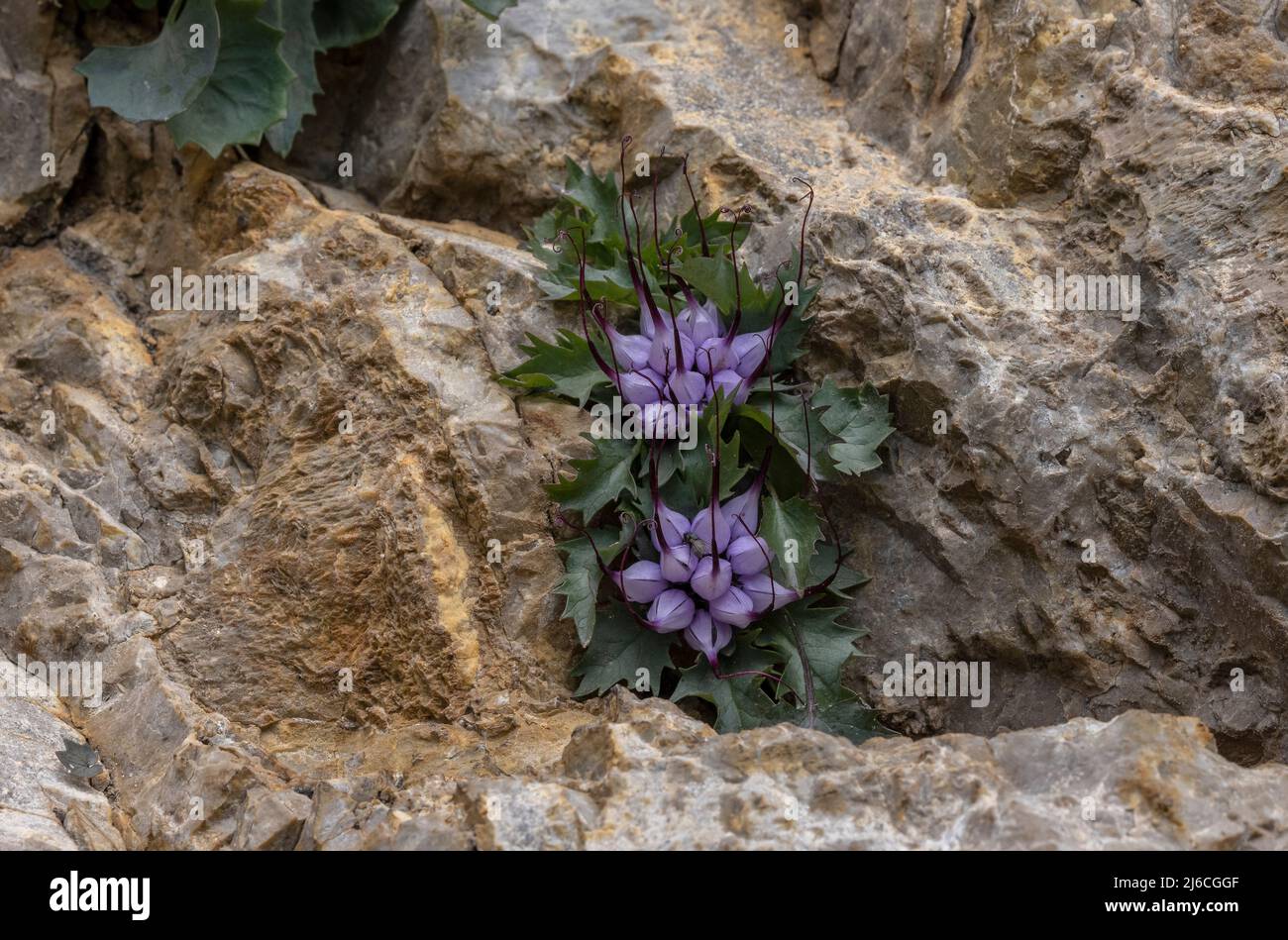 Devil's Claw, Physoplexis comosa in flower in rock-crevice, in the Dolomites. Italy. Stock Photohttps://www.alamy.com/image-license-details/?v=1https://www.alamy.com/devils-claw-physoplexis-comosa-in-flower-in-rock-crevice-in-the-dolomites-italy-image468644303.html
Devil's Claw, Physoplexis comosa in flower in rock-crevice, in the Dolomites. Italy. Stock Photohttps://www.alamy.com/image-license-details/?v=1https://www.alamy.com/devils-claw-physoplexis-comosa-in-flower-in-rock-crevice-in-the-dolomites-italy-image468644303.htmlRM2J6CGGF–Devil's Claw, Physoplexis comosa in flower in rock-crevice, in the Dolomites. Italy.
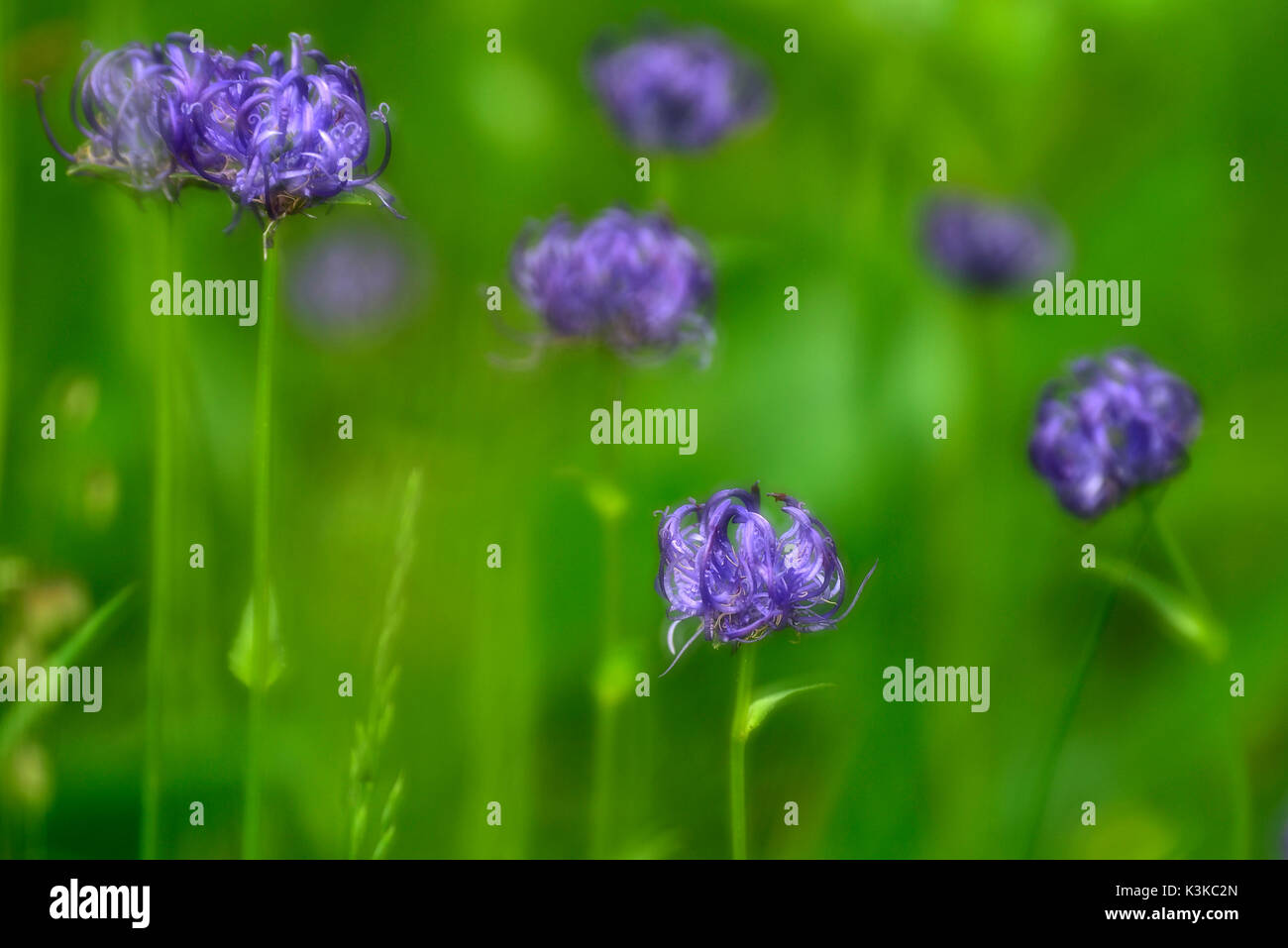 Devil's claw, by double exposure gentle green mood. Stock Photohttps://www.alamy.com/image-license-details/?v=1https://www.alamy.com/devils-claw-by-double-exposure-gentle-green-mood-image157163853.html
Devil's claw, by double exposure gentle green mood. Stock Photohttps://www.alamy.com/image-license-details/?v=1https://www.alamy.com/devils-claw-by-double-exposure-gentle-green-mood-image157163853.htmlRMK3KC2N–Devil's claw, by double exposure gentle green mood.
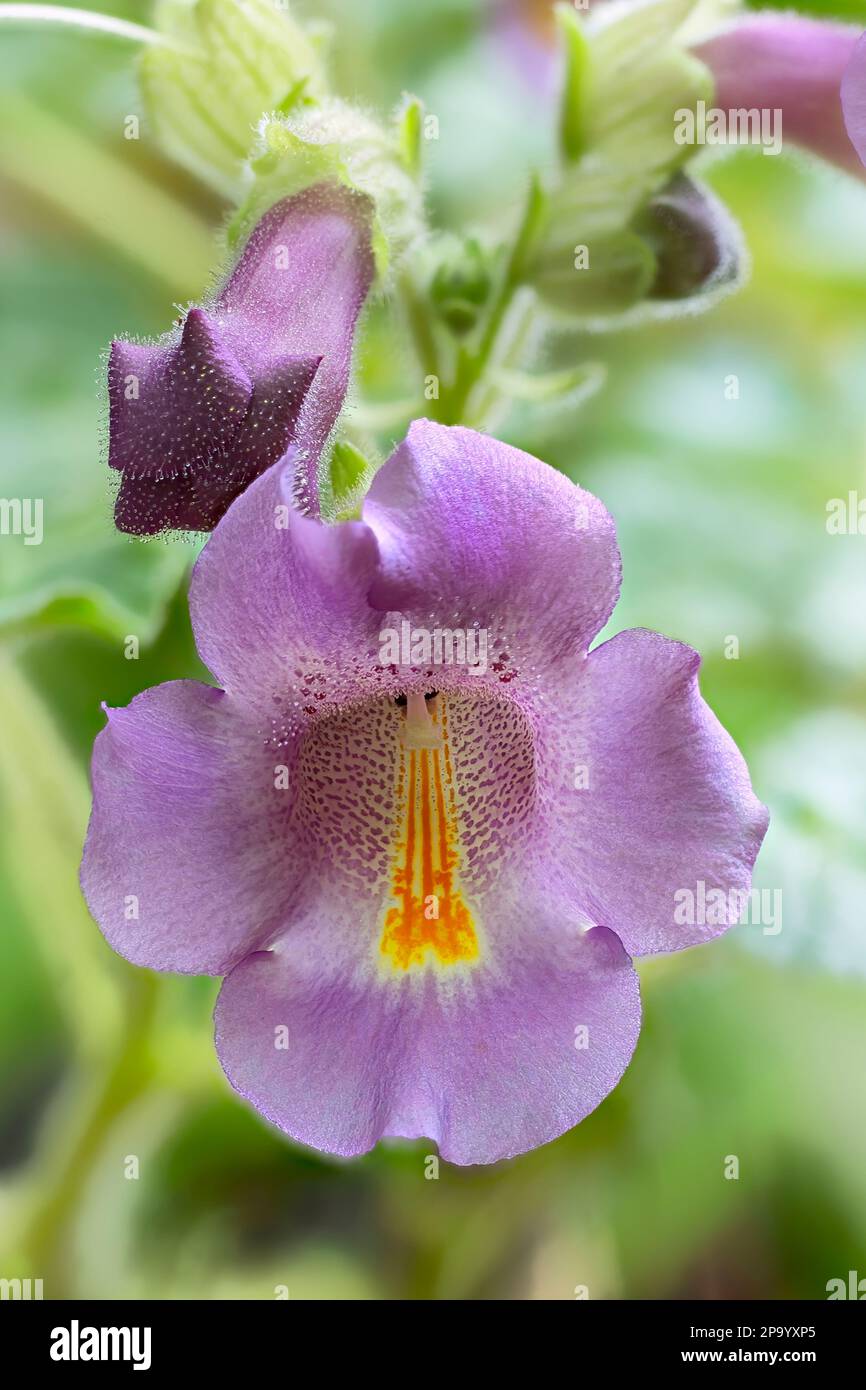 Devil's claw or unicorn-plant (Proboscidea louisianica), Martyniaceae. large annual herb from north america. purple flower. sticky glandular plant, pr Stock Photohttps://www.alamy.com/image-license-details/?v=1https://www.alamy.com/devils-claw-or-unicorn-plant-proboscidea-louisianica-martyniaceae-large-annual-herb-from-north-america-purple-flower-sticky-glandular-plant-pr-image539667021.html
Devil's claw or unicorn-plant (Proboscidea louisianica), Martyniaceae. large annual herb from north america. purple flower. sticky glandular plant, pr Stock Photohttps://www.alamy.com/image-license-details/?v=1https://www.alamy.com/devils-claw-or-unicorn-plant-proboscidea-louisianica-martyniaceae-large-annual-herb-from-north-america-purple-flower-sticky-glandular-plant-pr-image539667021.htmlRM2P9YXP5–Devil's claw or unicorn-plant (Proboscidea louisianica), Martyniaceae. large annual herb from north america. purple flower. sticky glandular plant, pr
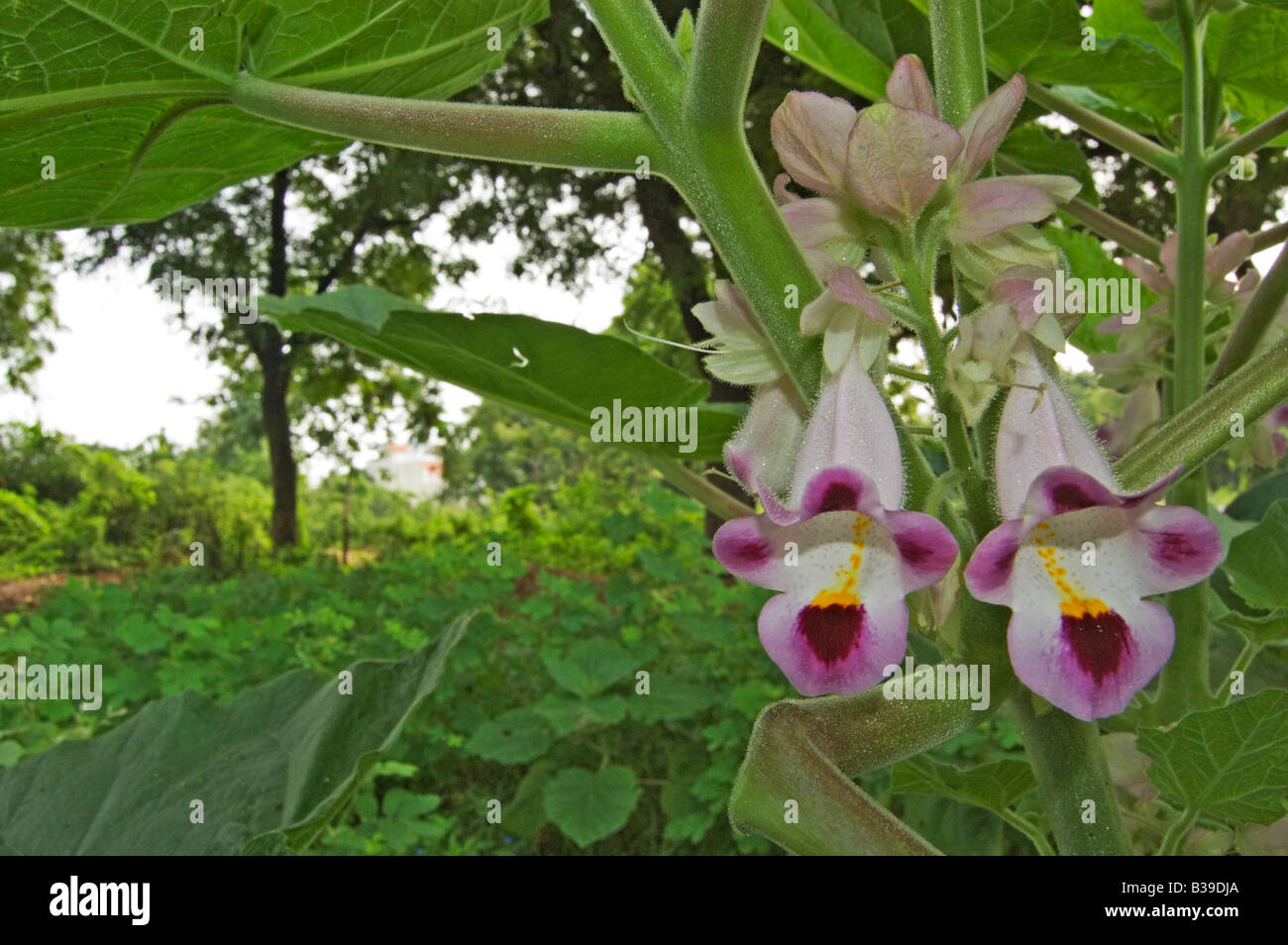 devil's claw Stock Photohttps://www.alamy.com/image-license-details/?v=1https://www.alamy.com/stock-photo-devils-claw-19262610.html
devil's claw Stock Photohttps://www.alamy.com/image-license-details/?v=1https://www.alamy.com/stock-photo-devils-claw-19262610.htmlRMB39DJA–devil's claw
RF2HNY3FE–Echinocactus horizonthalonius ist eine Pflanzenart in der Gattung Echinocactus aus der Familie der Kakteengewächse, Trivialnamen sind Blue Barrel Cactus, Devil’s Head Cactus, Eagle-Claw Cactus, Mancacaballo, Mancamula,„Melon Cactus, Turk’s Cap Cactus, Turk’s Head Cactus und Viznaga Meloncillo, Iconographie descriptive des cactees, Ch. Lemaire, 1847, historical, digital improved reproduction of an original from the 19th century / digital restaurierte Reproduktion einer Originalvorlage aus dem 19. Jahrhundert, genaues Originaldatum nicht bekannt
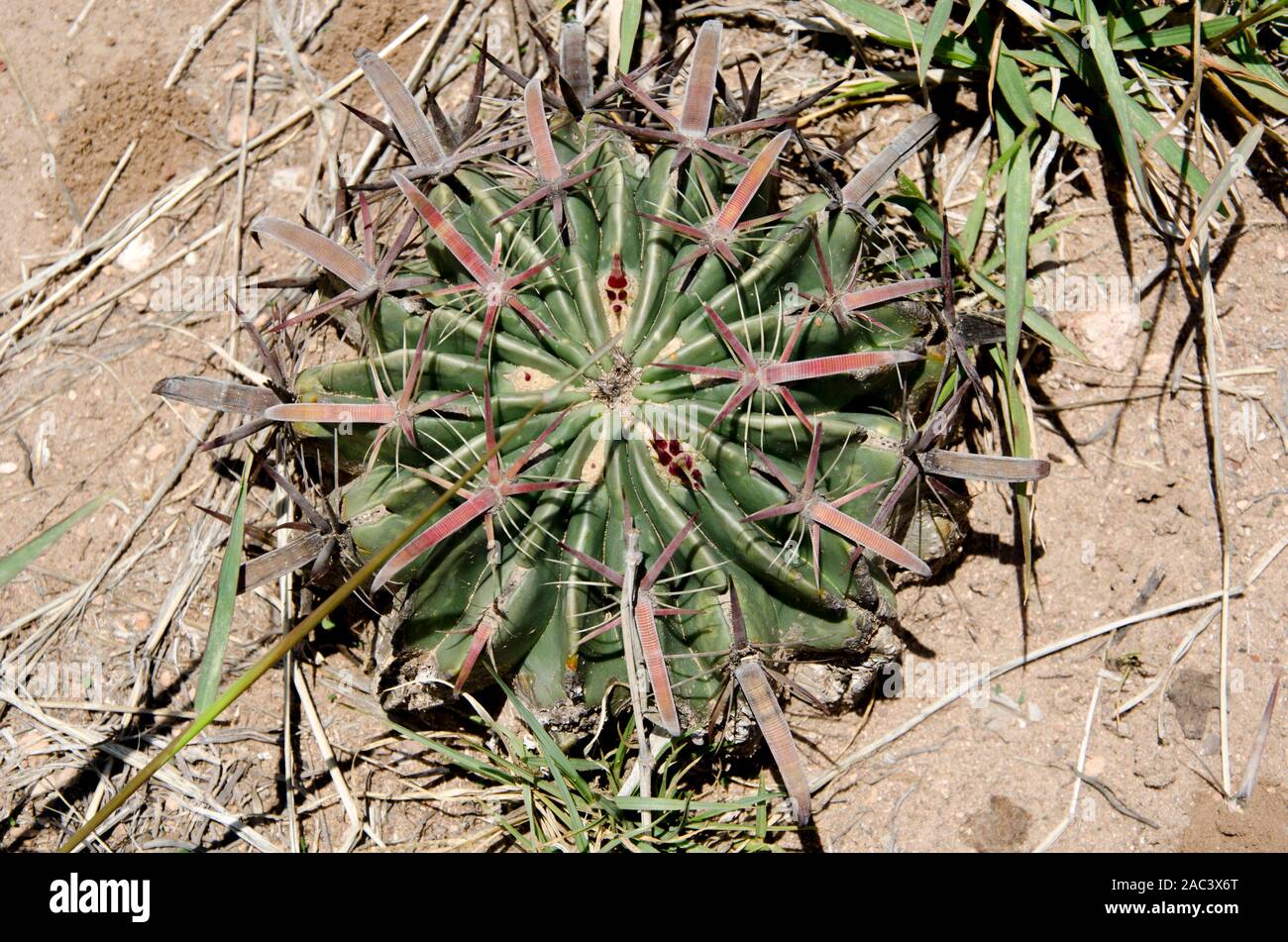 Devil's Tongue Barrel, Ferocactus latispinus, also known as Crow's Claw Cactus or Fish Hook Cactus Stock Photohttps://www.alamy.com/image-license-details/?v=1https://www.alamy.com/devils-tongue-barrel-ferocactus-latispinus-also-known-as-crows-claw-cactus-or-fish-hook-cactus-image334459296.html
Devil's Tongue Barrel, Ferocactus latispinus, also known as Crow's Claw Cactus or Fish Hook Cactus Stock Photohttps://www.alamy.com/image-license-details/?v=1https://www.alamy.com/devils-tongue-barrel-ferocactus-latispinus-also-known-as-crows-claw-cactus-or-fish-hook-cactus-image334459296.htmlRF2AC3X6T–Devil's Tongue Barrel, Ferocactus latispinus, also known as Crow's Claw Cactus or Fish Hook Cactus
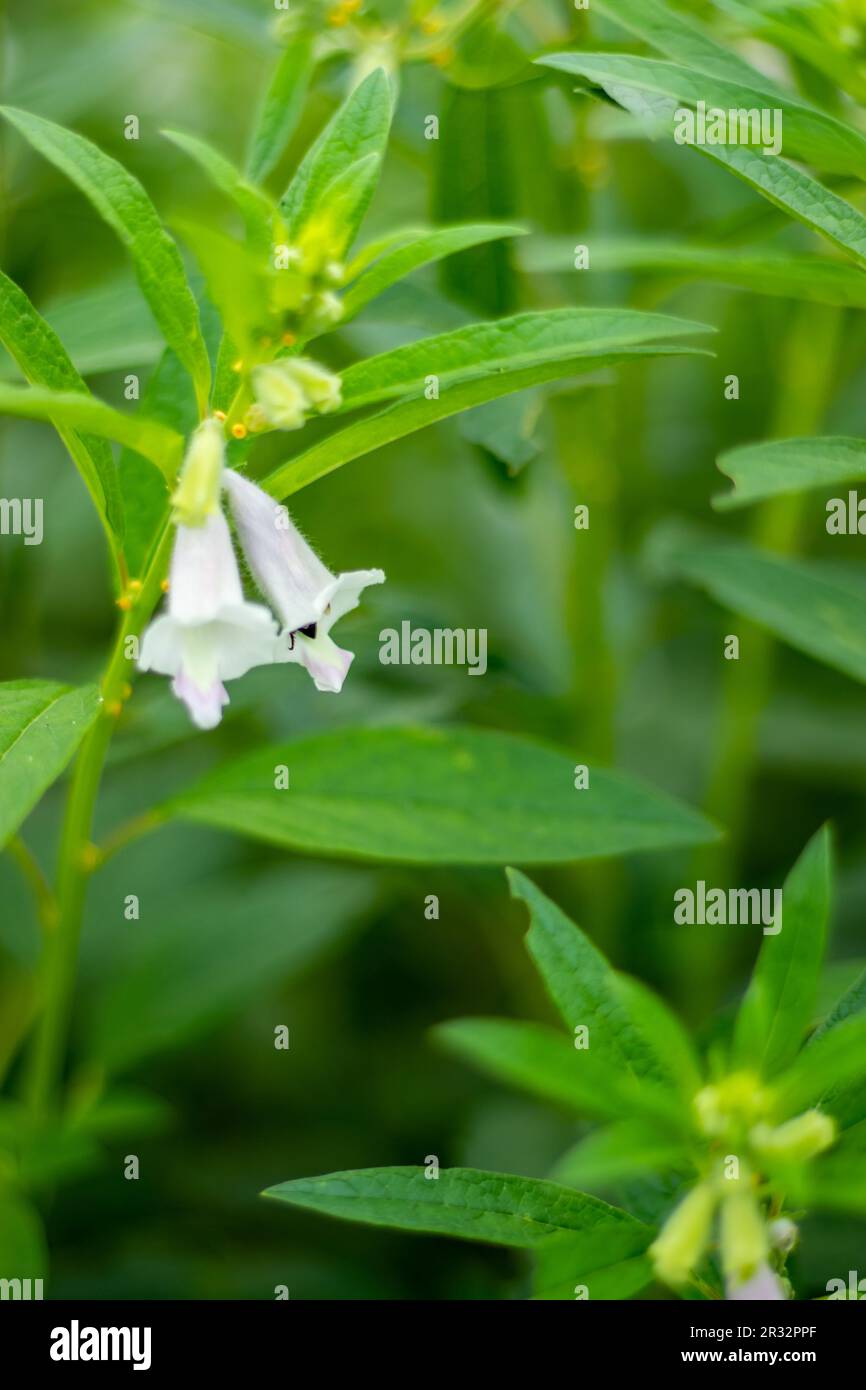 Sesame is a plant in the genus Sesamum, also called benne. The flowers of sesame Sesamum indicum are similar in shape to a devil's claw. Bees are coll Stock Photohttps://www.alamy.com/image-license-details/?v=1https://www.alamy.com/sesame-is-a-plant-in-the-genus-sesamum-also-called-benne-the-flowers-of-sesame-sesamum-indicum-are-similar-in-shape-to-a-devils-claw-bees-are-coll-image552637527.html
Sesame is a plant in the genus Sesamum, also called benne. The flowers of sesame Sesamum indicum are similar in shape to a devil's claw. Bees are coll Stock Photohttps://www.alamy.com/image-license-details/?v=1https://www.alamy.com/sesame-is-a-plant-in-the-genus-sesamum-also-called-benne-the-flowers-of-sesame-sesamum-indicum-are-similar-in-shape-to-a-devils-claw-bees-are-coll-image552637527.htmlRF2R32PPF–Sesame is a plant in the genus Sesamum, also called benne. The flowers of sesame Sesamum indicum are similar in shape to a devil's claw. Bees are coll
 Devil's Claw (Harpagophytum procumbens), African medicinal plant, against osteoarthritis Stock Photohttps://www.alamy.com/image-license-details/?v=1https://www.alamy.com/devils-claw-harpagophytum-procumbens-african-medicinal-plant-against-osteoarthritis-image383419030.html
Devil's Claw (Harpagophytum procumbens), African medicinal plant, against osteoarthritis Stock Photohttps://www.alamy.com/image-license-details/?v=1https://www.alamy.com/devils-claw-harpagophytum-procumbens-african-medicinal-plant-against-osteoarthritis-image383419030.htmlRF2D7P6TP–Devil's Claw (Harpagophytum procumbens), African medicinal plant, against osteoarthritis
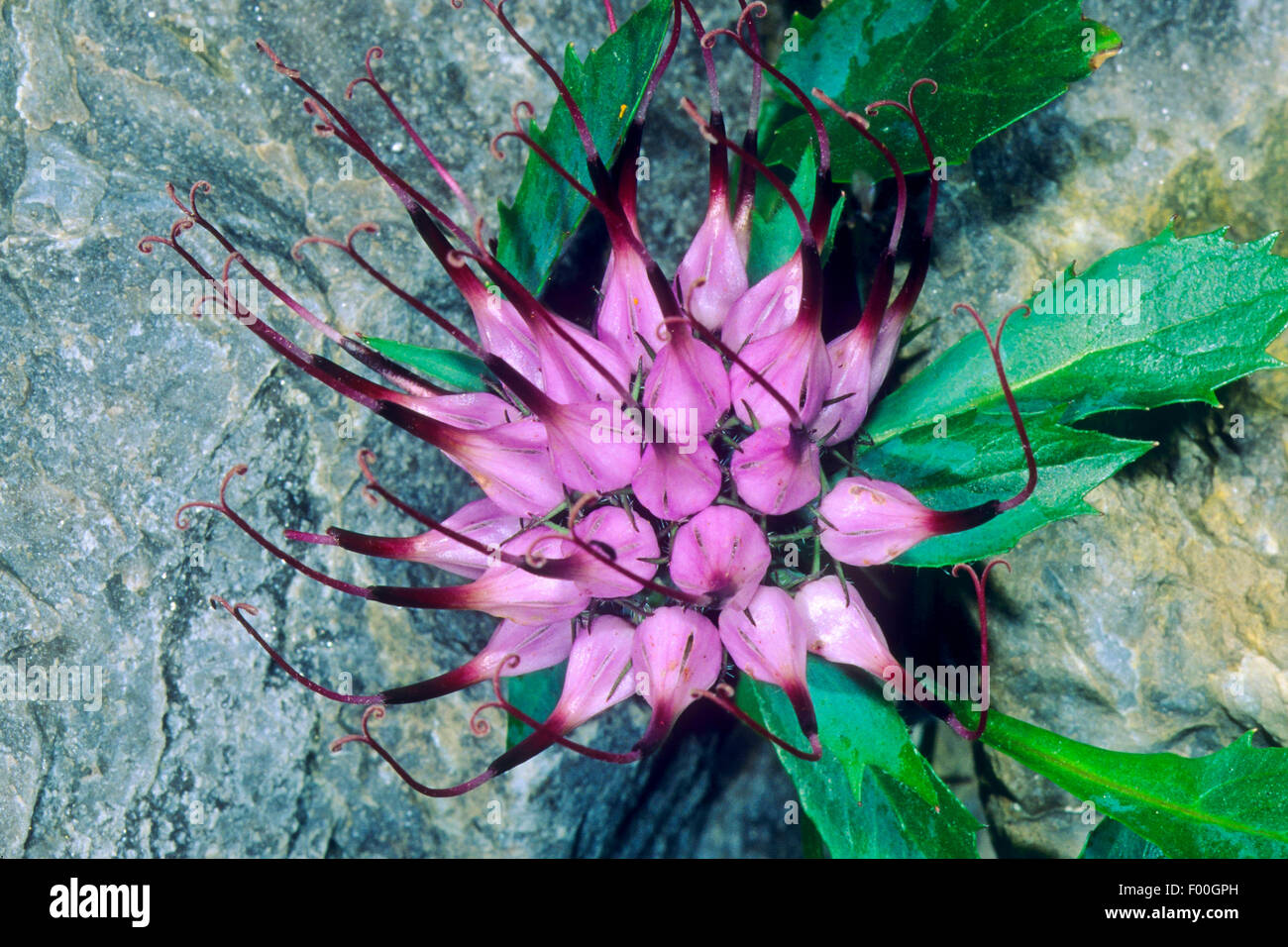 Tufted horned rampion, Devil's Claw (Physoplexis comosa, Phyteuma comosum), inflorescence, Italy Stock Photohttps://www.alamy.com/image-license-details/?v=1https://www.alamy.com/stock-photo-tufted-horned-rampion-devils-claw-physoplexis-comosa-phyteuma-comosum-86065017.html
Tufted horned rampion, Devil's Claw (Physoplexis comosa, Phyteuma comosum), inflorescence, Italy Stock Photohttps://www.alamy.com/image-license-details/?v=1https://www.alamy.com/stock-photo-tufted-horned-rampion-devils-claw-physoplexis-comosa-phyteuma-comosum-86065017.htmlRMF00GPH–Tufted horned rampion, Devil's Claw (Physoplexis comosa, Phyteuma comosum), inflorescence, Italy
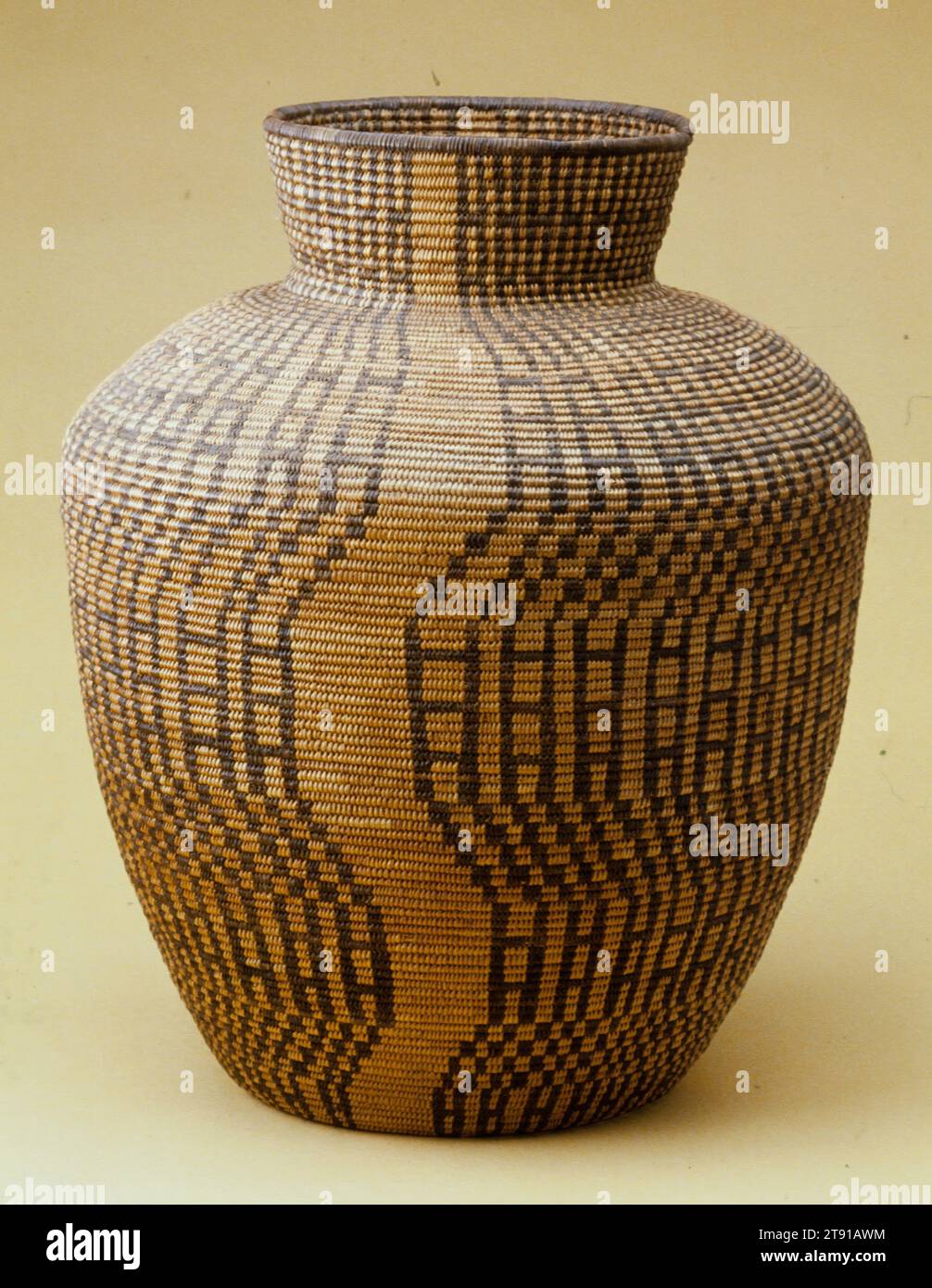 Basket, c. 1900, 20 1/4 x 16 x 16 in. (51.44 x 40.64 x 40.64 cm), Plant fibers, United States, 19th-20th century, There are six major divisions among the Indé (Apache) peoples. Of them, the Jicarilla and Western Indé are most known for their baskets. The Western Indé construct coils made from cottonwood that are stitched with willow and devil's claw. Their baskets chief value is in its size and perfection of a streamline shape. Like their Piman neighbors, most Western Indé baskets were made for Euro-American customers by the turn of the century. Their two primary forms are shallow bowls Stock Photohttps://www.alamy.com/image-license-details/?v=1https://www.alamy.com/basket-c-1900-20-14-x-16-x-16-in-5144-x-4064-x-4064-cm-plant-fibers-united-states-19th-20th-century-there-are-six-major-divisions-among-the-ind-apache-peoples-of-them-the-jicarilla-and-western-ind-are-most-known-for-their-baskets-the-western-ind-construct-coils-made-from-cottonwood-that-are-stitched-with-willow-and-devils-claw-their-baskets-chief-value-is-in-its-size-and-perfection-of-a-streamline-shape-like-their-piman-neighbors-most-western-ind-baskets-were-made-for-euro-american-customers-by-the-turn-of-the-century-their-two-primary-forms-are-shallow-bowls-image573504560.html
Basket, c. 1900, 20 1/4 x 16 x 16 in. (51.44 x 40.64 x 40.64 cm), Plant fibers, United States, 19th-20th century, There are six major divisions among the Indé (Apache) peoples. Of them, the Jicarilla and Western Indé are most known for their baskets. The Western Indé construct coils made from cottonwood that are stitched with willow and devil's claw. Their baskets chief value is in its size and perfection of a streamline shape. Like their Piman neighbors, most Western Indé baskets were made for Euro-American customers by the turn of the century. Their two primary forms are shallow bowls Stock Photohttps://www.alamy.com/image-license-details/?v=1https://www.alamy.com/basket-c-1900-20-14-x-16-x-16-in-5144-x-4064-x-4064-cm-plant-fibers-united-states-19th-20th-century-there-are-six-major-divisions-among-the-ind-apache-peoples-of-them-the-jicarilla-and-western-ind-are-most-known-for-their-baskets-the-western-ind-construct-coils-made-from-cottonwood-that-are-stitched-with-willow-and-devils-claw-their-baskets-chief-value-is-in-its-size-and-perfection-of-a-streamline-shape-like-their-piman-neighbors-most-western-ind-baskets-were-made-for-euro-american-customers-by-the-turn-of-the-century-their-two-primary-forms-are-shallow-bowls-image573504560.htmlRM2T91AWM–Basket, c. 1900, 20 1/4 x 16 x 16 in. (51.44 x 40.64 x 40.64 cm), Plant fibers, United States, 19th-20th century, There are six major divisions among the Indé (Apache) peoples. Of them, the Jicarilla and Western Indé are most known for their baskets. The Western Indé construct coils made from cottonwood that are stitched with willow and devil's claw. Their baskets chief value is in its size and perfection of a streamline shape. Like their Piman neighbors, most Western Indé baskets were made for Euro-American customers by the turn of the century. Their two primary forms are shallow bowls
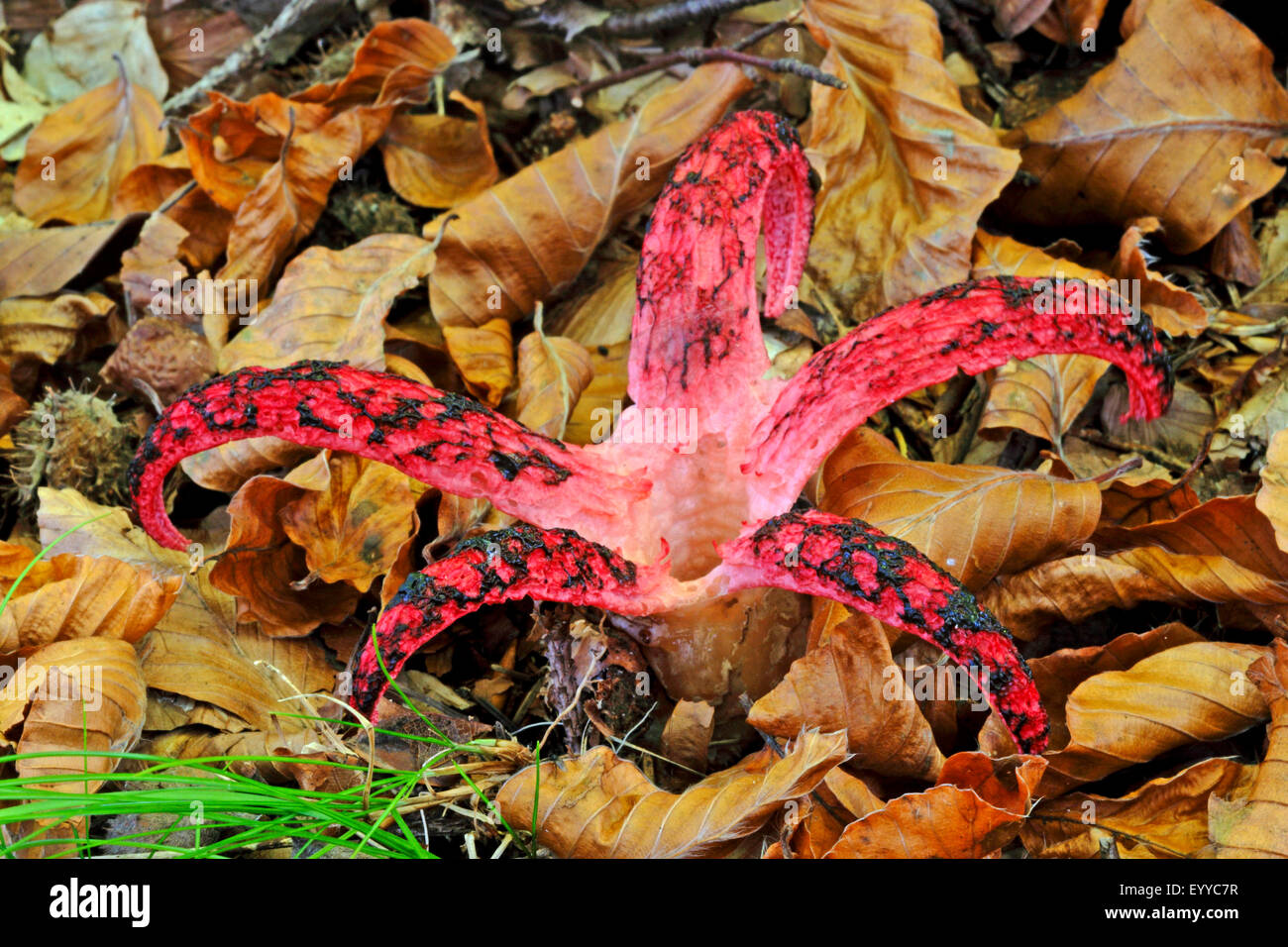 Devil's fingers, Devil's claw fungus, Giant stink horn, Octopus stinkhorn (Anthurus archeri, Clathrus archeri), fruiting body on forest ground, view from above, Germany Stock Photohttps://www.alamy.com/image-license-details/?v=1https://www.alamy.com/stock-photo-devils-fingers-devils-claw-fungus-giant-stink-horn-octopus-stinkhorn-86039515.html
Devil's fingers, Devil's claw fungus, Giant stink horn, Octopus stinkhorn (Anthurus archeri, Clathrus archeri), fruiting body on forest ground, view from above, Germany Stock Photohttps://www.alamy.com/image-license-details/?v=1https://www.alamy.com/stock-photo-devils-fingers-devils-claw-fungus-giant-stink-horn-octopus-stinkhorn-86039515.htmlRMEYYC7R–Devil's fingers, Devil's claw fungus, Giant stink horn, Octopus stinkhorn (Anthurus archeri, Clathrus archeri), fruiting body on forest ground, view from above, Germany
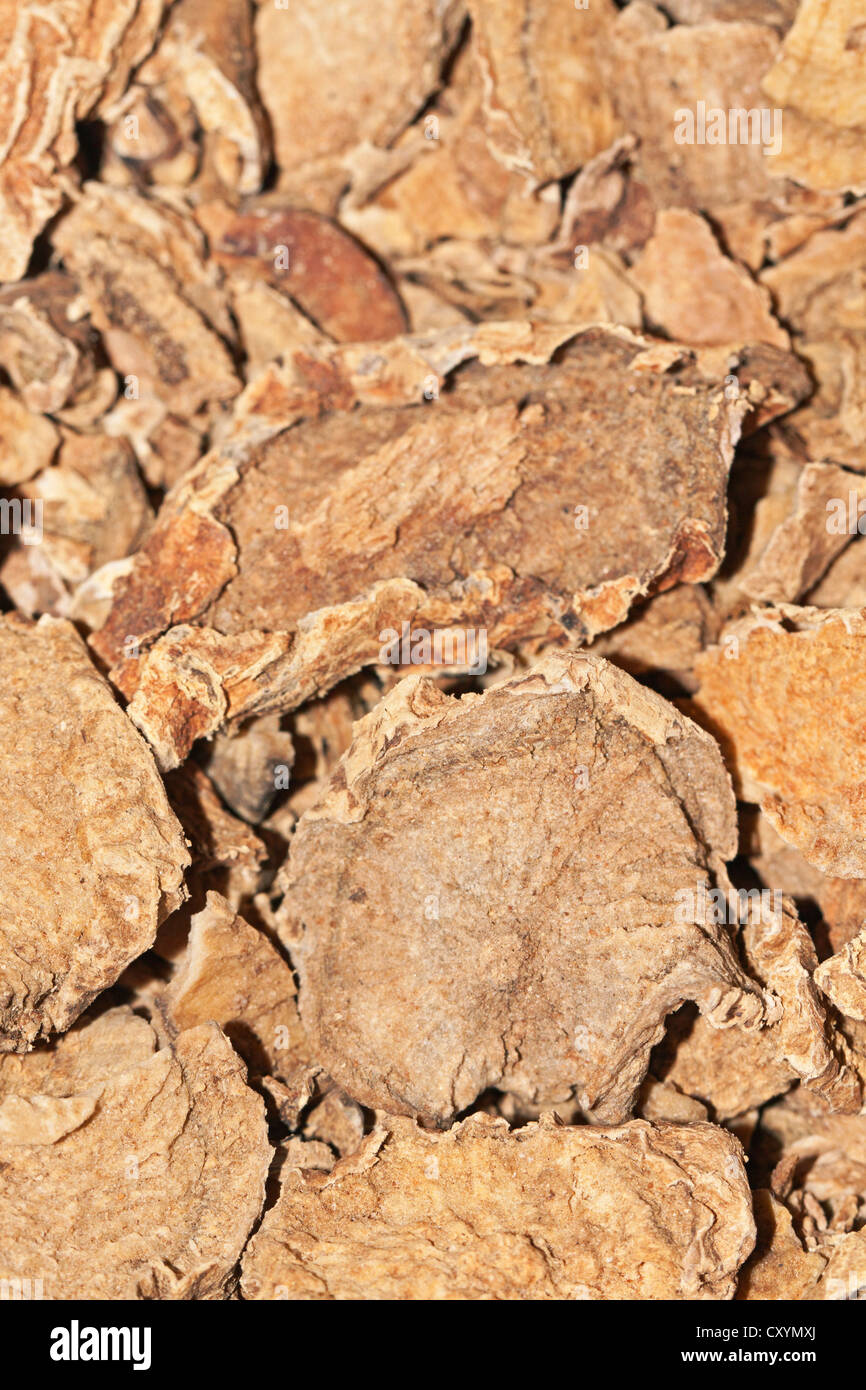 Devil's Claw (Harpagophytum procumbens), medicinal plant, cancer therapy, osteoarthritis therapy, root, dried, medicine, African Stock Photohttps://www.alamy.com/image-license-details/?v=1https://www.alamy.com/stock-photo-devils-claw-harpagophytum-procumbens-medicinal-plant-cancer-therapy-51010922.html
Devil's Claw (Harpagophytum procumbens), medicinal plant, cancer therapy, osteoarthritis therapy, root, dried, medicine, African Stock Photohttps://www.alamy.com/image-license-details/?v=1https://www.alamy.com/stock-photo-devils-claw-harpagophytum-procumbens-medicinal-plant-cancer-therapy-51010922.htmlRFCXYMXJ–Devil's Claw (Harpagophytum procumbens), medicinal plant, cancer therapy, osteoarthritis therapy, root, dried, medicine, African
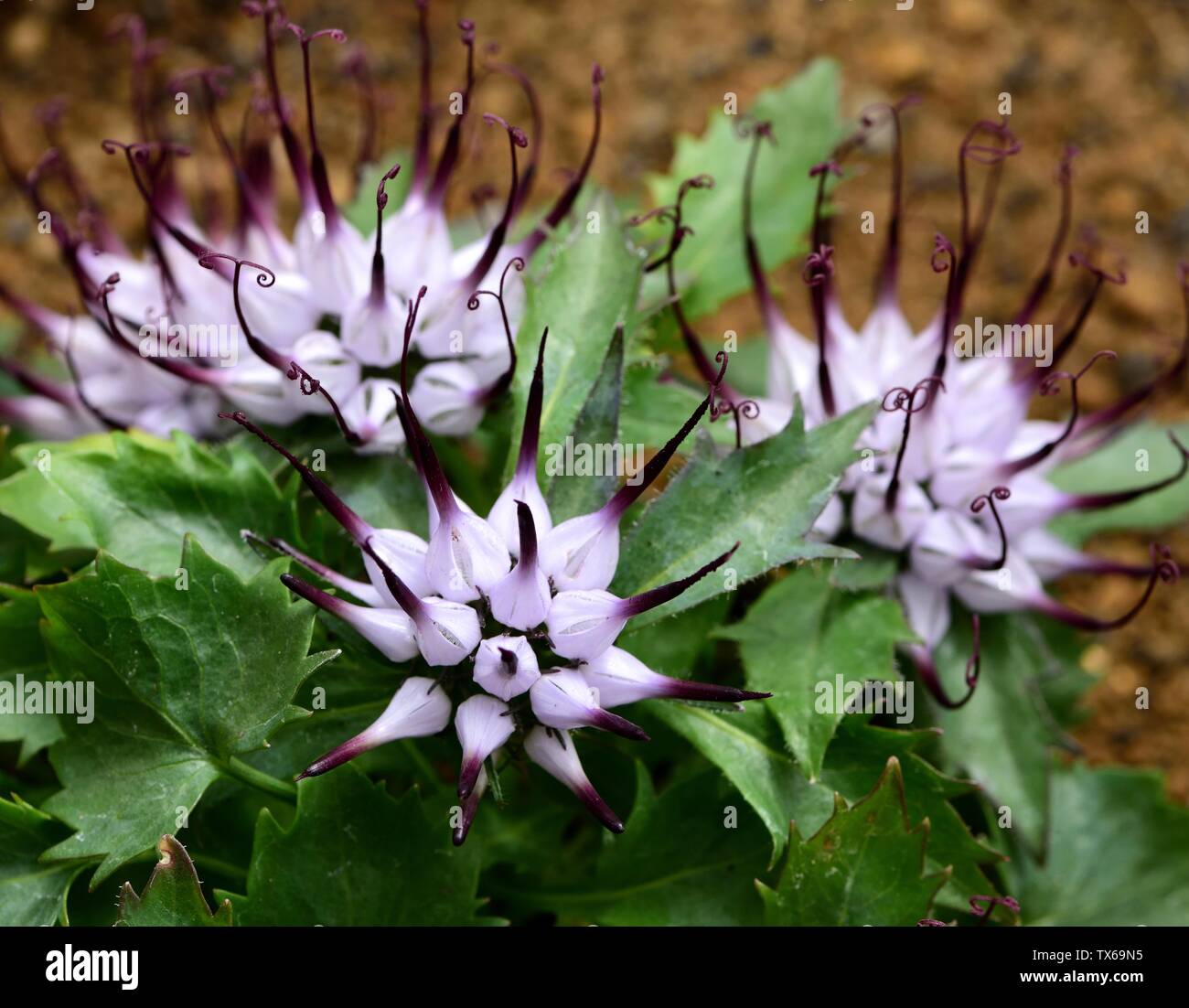 The Tufted Horned Rampion in flower. Stock Photohttps://www.alamy.com/image-license-details/?v=1https://www.alamy.com/the-tufted-horned-rampion-in-flower-image257065569.html
The Tufted Horned Rampion in flower. Stock Photohttps://www.alamy.com/image-license-details/?v=1https://www.alamy.com/the-tufted-horned-rampion-in-flower-image257065569.htmlRFTX69N5–The Tufted Horned Rampion in flower.
 Ranger of the !Xaus Lodge shows a devil's claw (Harpagophytum procumbens), Kalahari or Kgalagadi Transfrontier Park, North Cape Stock Photohttps://www.alamy.com/image-license-details/?v=1https://www.alamy.com/ranger-of-the-!xaus-lodge-shows-a-devils-claw-harpagophytum-procumbens-kalahari-or-kgalagadi-transfrontier-park-north-cape-image183211440.html
Ranger of the !Xaus Lodge shows a devil's claw (Harpagophytum procumbens), Kalahari or Kgalagadi Transfrontier Park, North Cape Stock Photohttps://www.alamy.com/image-license-details/?v=1https://www.alamy.com/ranger-of-the-!xaus-lodge-shows-a-devils-claw-harpagophytum-procumbens-kalahari-or-kgalagadi-transfrontier-park-north-cape-image183211440.htmlRFMJ201M–Ranger of the !Xaus Lodge shows a devil's claw (Harpagophytum procumbens), Kalahari or Kgalagadi Transfrontier Park, North Cape
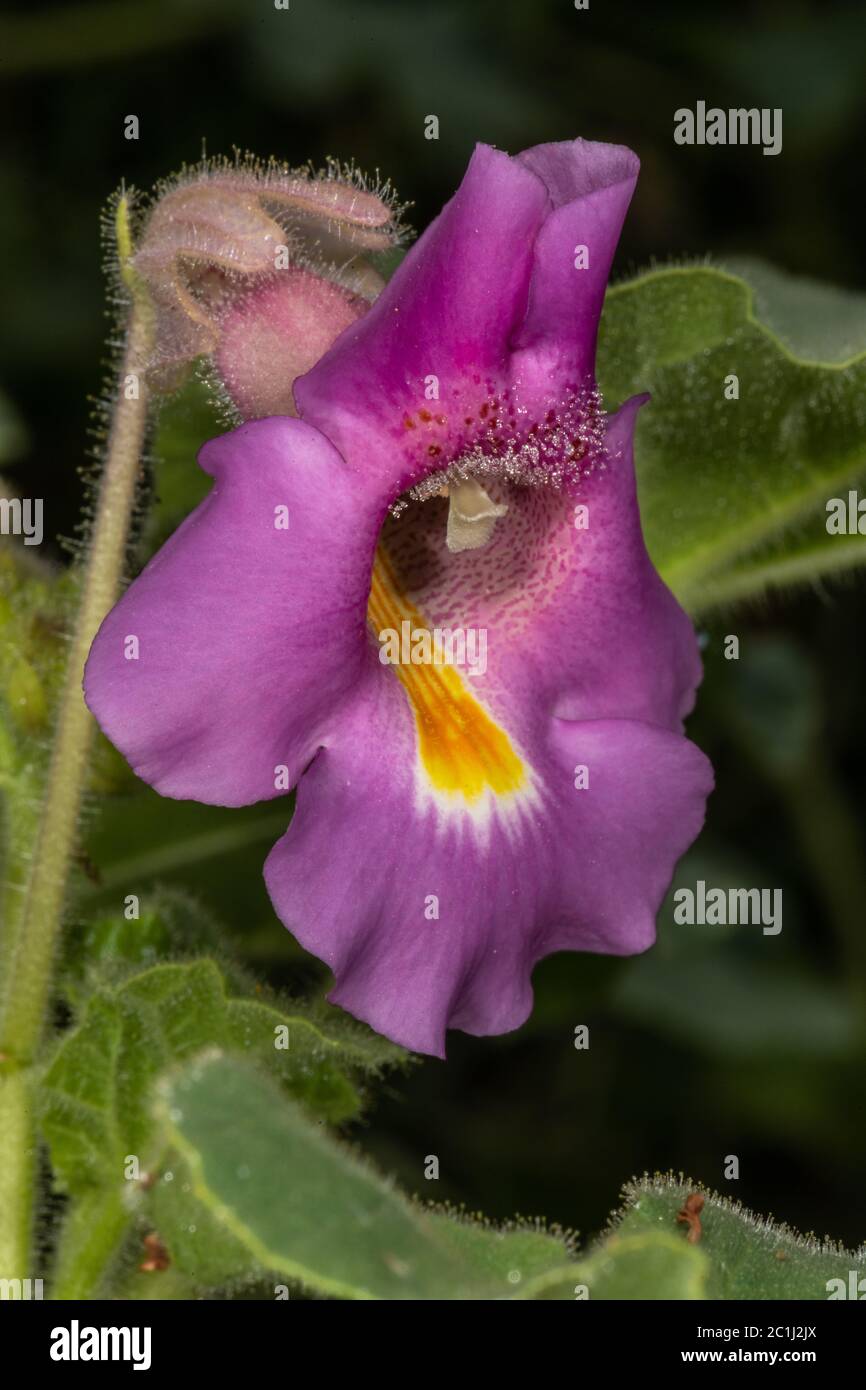 Devil's Claw or Unicorn-plant (Proboscidea louisianica) Stock Photohttps://www.alamy.com/image-license-details/?v=1https://www.alamy.com/devils-claw-or-unicorn-plant-proboscidea-louisianica-image362429618.html
Devil's Claw or Unicorn-plant (Proboscidea louisianica) Stock Photohttps://www.alamy.com/image-license-details/?v=1https://www.alamy.com/devils-claw-or-unicorn-plant-proboscidea-louisianica-image362429618.htmlRF2C1J2JX–Devil's Claw or Unicorn-plant (Proboscidea louisianica)
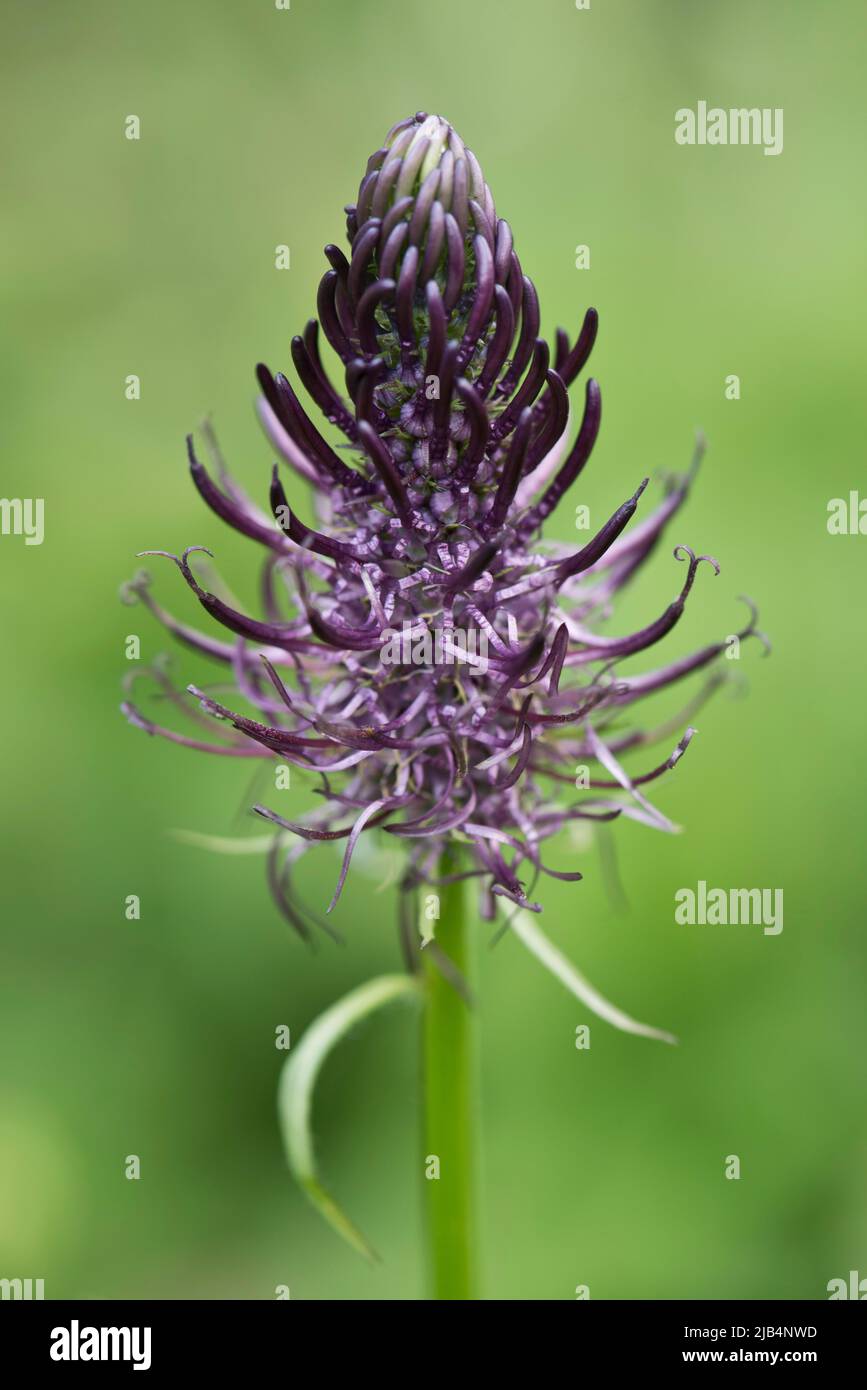 Devil's claw (Phyteuma nigrum), Emsland, Lower Saxony, Germany Stock Photohttps://www.alamy.com/image-license-details/?v=1https://www.alamy.com/devils-claw-phyteuma-nigrum-emsland-lower-saxony-germany-image471546137.html
Devil's claw (Phyteuma nigrum), Emsland, Lower Saxony, Germany Stock Photohttps://www.alamy.com/image-license-details/?v=1https://www.alamy.com/devils-claw-phyteuma-nigrum-emsland-lower-saxony-germany-image471546137.htmlRF2JB4NWD–Devil's claw (Phyteuma nigrum), Emsland, Lower Saxony, Germany
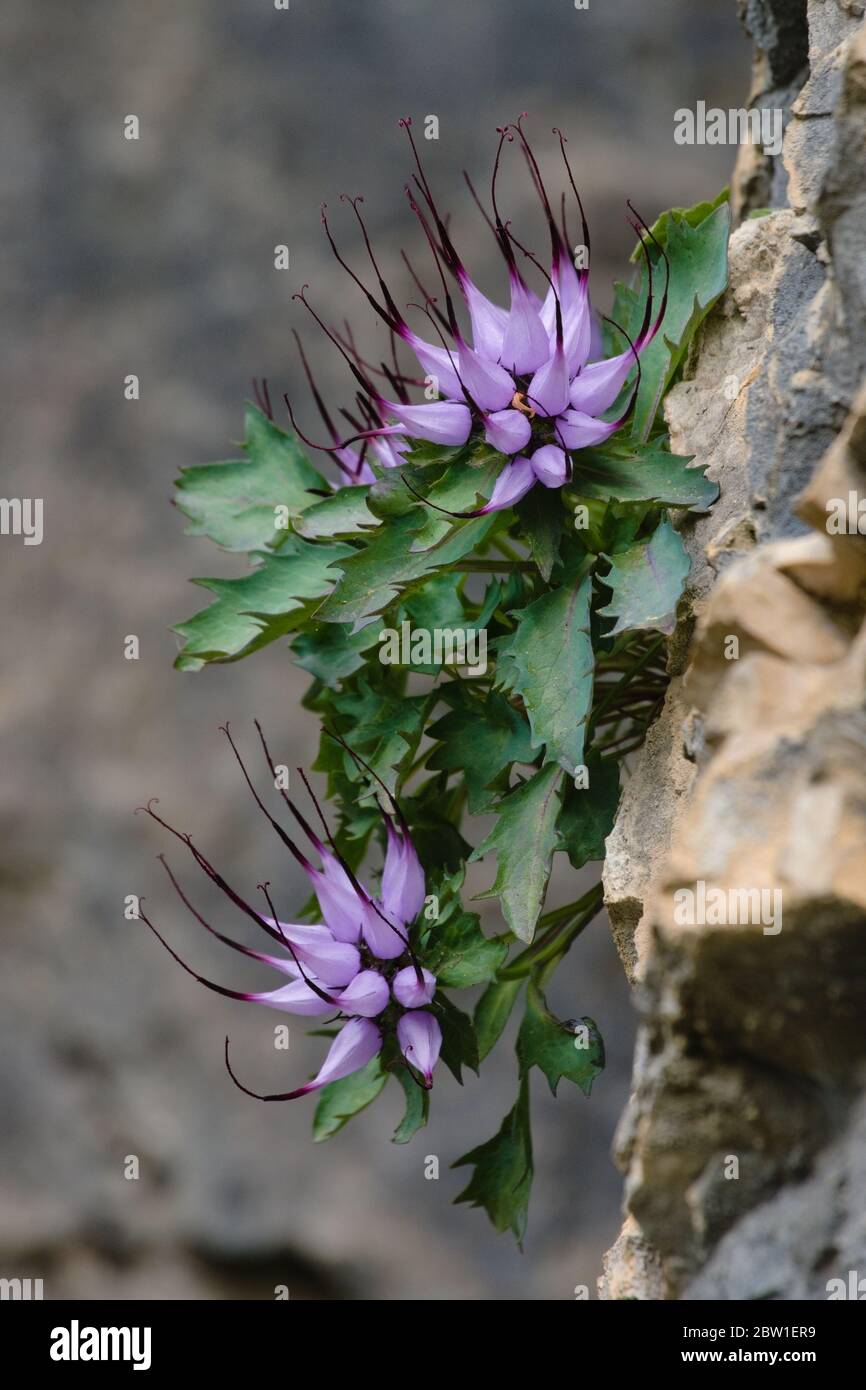 Clusters of Devil's Claw (Physoplexis comosa), a rare alpine plant in flower in the Italian Alps and Dolomiti area. Stock Photohttps://www.alamy.com/image-license-details/?v=1https://www.alamy.com/clusters-of-devils-claw-physoplexis-comosa-a-rare-alpine-plant-in-flower-in-the-italian-alps-and-dolomiti-area-image359607341.html
Clusters of Devil's Claw (Physoplexis comosa), a rare alpine plant in flower in the Italian Alps and Dolomiti area. Stock Photohttps://www.alamy.com/image-license-details/?v=1https://www.alamy.com/clusters-of-devils-claw-physoplexis-comosa-a-rare-alpine-plant-in-flower-in-the-italian-alps-and-dolomiti-area-image359607341.htmlRF2BW1ER9–Clusters of Devil's Claw (Physoplexis comosa), a rare alpine plant in flower in the Italian Alps and Dolomiti area.
 Sky blue devil's claw (Phyteuma spicatum ssp. occidentale), North Rhine-Westphalia, Germany Stock Photohttps://www.alamy.com/image-license-details/?v=1https://www.alamy.com/sky-blue-devils-claw-phyteuma-spicatum-ssp-occidentale-north-rhine-westphalia-germany-image606594524.html
Sky blue devil's claw (Phyteuma spicatum ssp. occidentale), North Rhine-Westphalia, Germany Stock Photohttps://www.alamy.com/image-license-details/?v=1https://www.alamy.com/sky-blue-devils-claw-phyteuma-spicatum-ssp-occidentale-north-rhine-westphalia-germany-image606594524.htmlRM2X6TNE4–Sky blue devil's claw (Phyteuma spicatum ssp. occidentale), North Rhine-Westphalia, Germany
 devil's claw Stock Photohttps://www.alamy.com/image-license-details/?v=1https://www.alamy.com/stock-photo-devils-claw-145163592.html
devil's claw Stock Photohttps://www.alamy.com/image-license-details/?v=1https://www.alamy.com/stock-photo-devils-claw-145163592.htmlRFJC4NJ0–devil's claw
 A purple flower in sharp close-up with a blurred green background Devil's Claw PhyteumaCampanulaceae Stock Photohttps://www.alamy.com/image-license-details/?v=1https://www.alamy.com/a-purple-flower-in-sharp-close-up-with-a-blurred-green-background-devils-claw-phyteumacampanulaceae-image599689227.html
A purple flower in sharp close-up with a blurred green background Devil's Claw PhyteumaCampanulaceae Stock Photohttps://www.alamy.com/image-license-details/?v=1https://www.alamy.com/a-purple-flower-in-sharp-close-up-with-a-blurred-green-background-devils-claw-phyteumacampanulaceae-image599689227.htmlRF2WRJ5MB–A purple flower in sharp close-up with a blurred green background Devil's Claw PhyteumaCampanulaceae
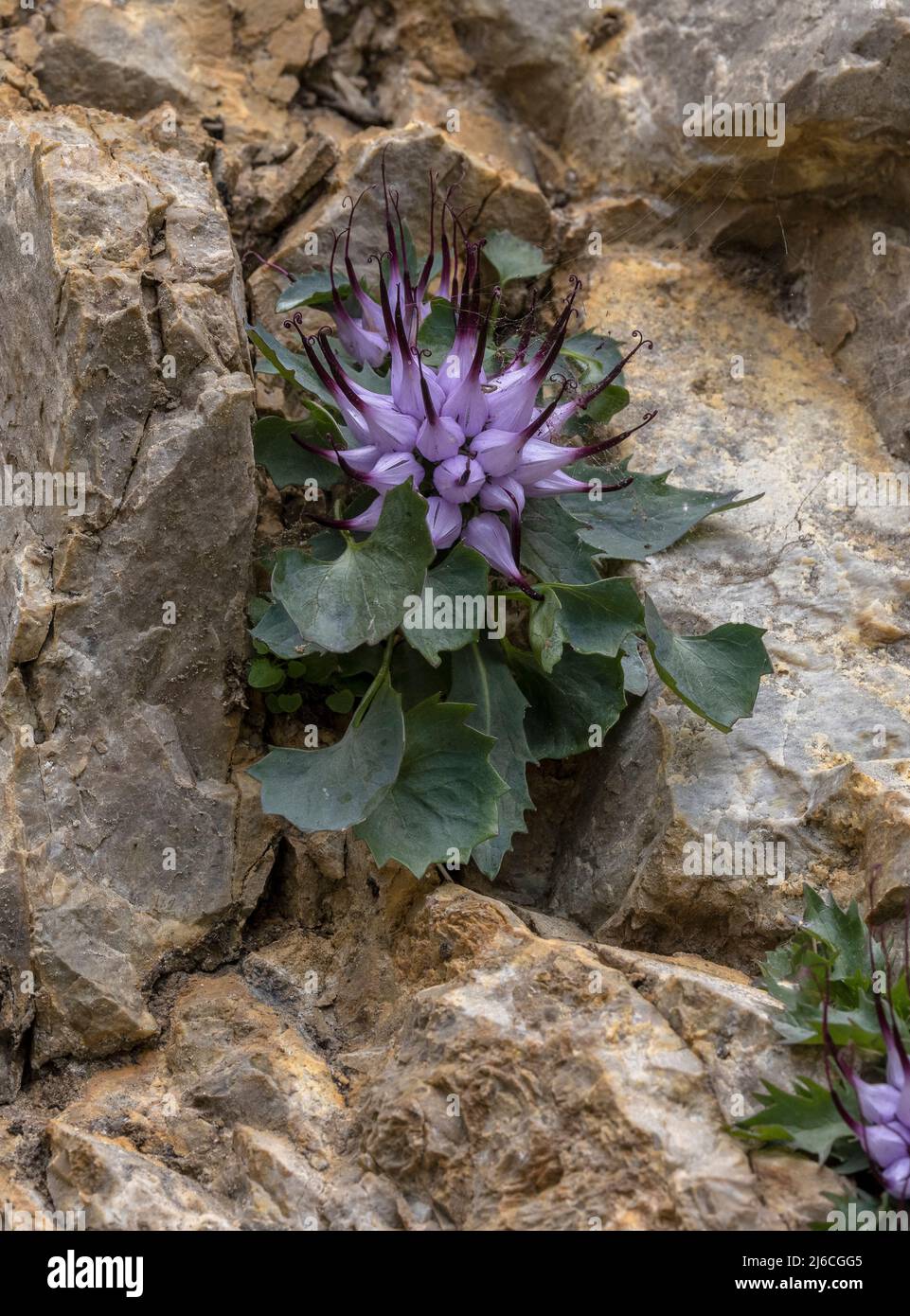 Devil's Claw, Physoplexis comosa in flower in rock-crevice, in the Dolomites. Italy. Stock Photohttps://www.alamy.com/image-license-details/?v=1https://www.alamy.com/devils-claw-physoplexis-comosa-in-flower-in-rock-crevice-in-the-dolomites-italy-image468644293.html
Devil's Claw, Physoplexis comosa in flower in rock-crevice, in the Dolomites. Italy. Stock Photohttps://www.alamy.com/image-license-details/?v=1https://www.alamy.com/devils-claw-physoplexis-comosa-in-flower-in-rock-crevice-in-the-dolomites-italy-image468644293.htmlRM2J6CGG5–Devil's Claw, Physoplexis comosa in flower in rock-crevice, in the Dolomites. Italy.
 Hemispherical devil's claw (Phyteuma hemisphaericum), inflorescence, Stillachtal near Oberstdorf, Allgaeu Alps, Allgaeu, Bavaria, Germany Stock Photohttps://www.alamy.com/image-license-details/?v=1https://www.alamy.com/hemispherical-devils-claw-phyteuma-hemisphaericum-inflorescence-stillachtal-near-oberstdorf-allgaeu-alps-allgaeu-bavaria-germany-image502438968.html
Hemispherical devil's claw (Phyteuma hemisphaericum), inflorescence, Stillachtal near Oberstdorf, Allgaeu Alps, Allgaeu, Bavaria, Germany Stock Photohttps://www.alamy.com/image-license-details/?v=1https://www.alamy.com/hemispherical-devils-claw-phyteuma-hemisphaericum-inflorescence-stillachtal-near-oberstdorf-allgaeu-alps-allgaeu-bavaria-germany-image502438968.htmlRF2M5C20T–Hemispherical devil's claw (Phyteuma hemisphaericum), inflorescence, Stillachtal near Oberstdorf, Allgaeu Alps, Allgaeu, Bavaria, Germany
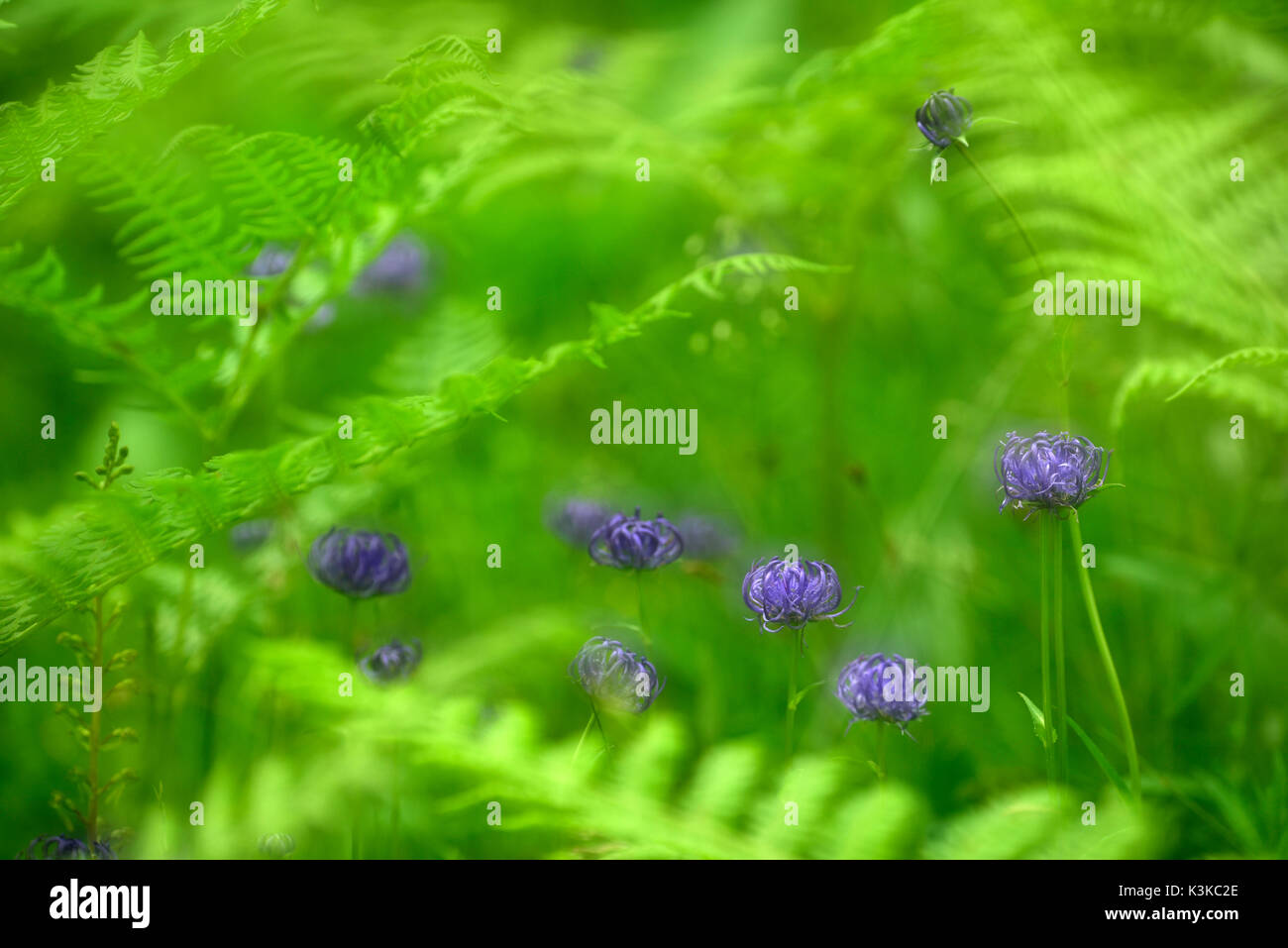 Devil's claw between young fern sprouts. By double exposure gentle green mood. Stock Photohttps://www.alamy.com/image-license-details/?v=1https://www.alamy.com/devils-claw-between-young-fern-sprouts-by-double-exposure-gentle-green-image157163846.html
Devil's claw between young fern sprouts. By double exposure gentle green mood. Stock Photohttps://www.alamy.com/image-license-details/?v=1https://www.alamy.com/devils-claw-between-young-fern-sprouts-by-double-exposure-gentle-green-image157163846.htmlRMK3KC2E–Devil's claw between young fern sprouts. By double exposure gentle green mood.
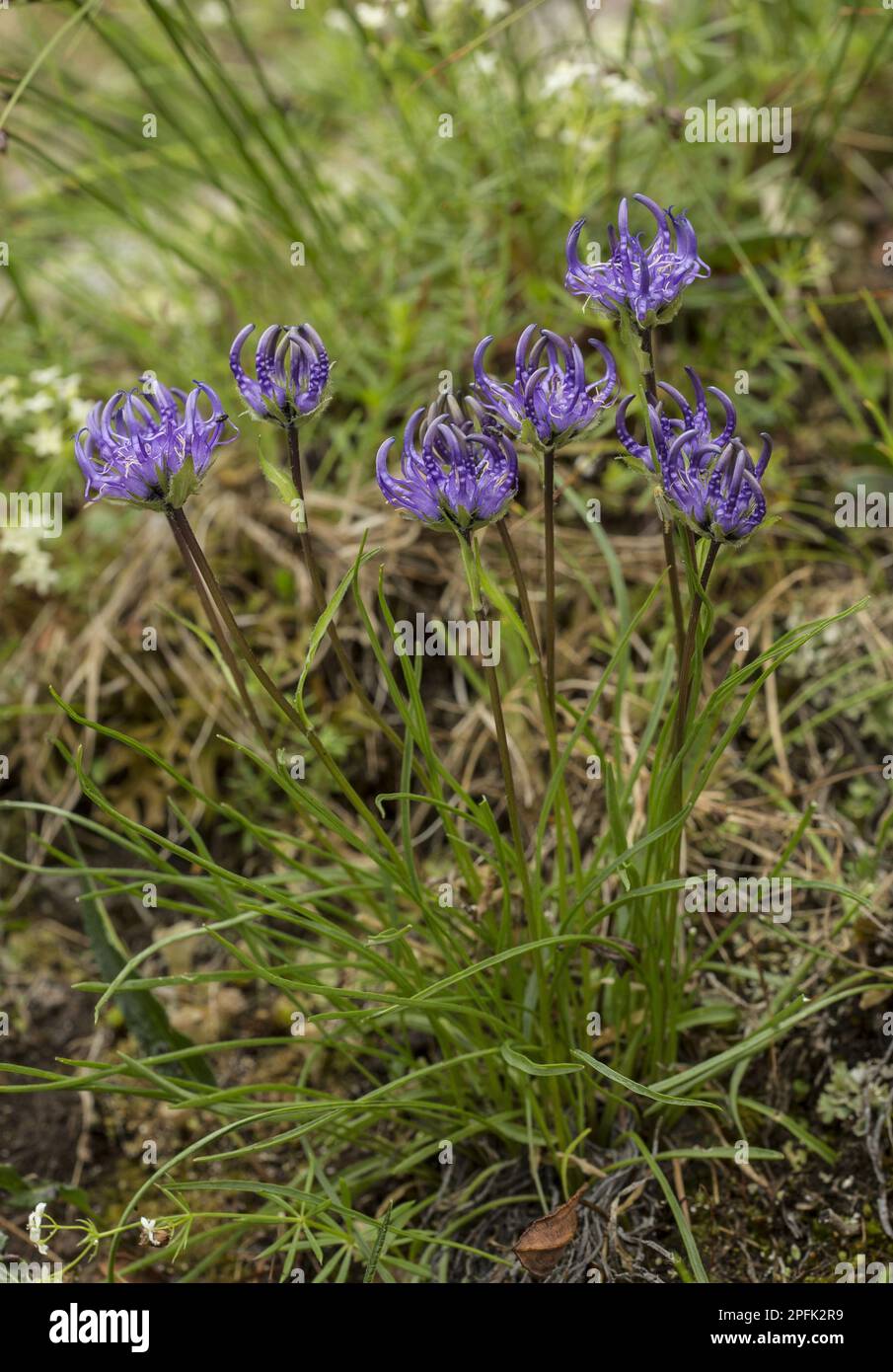 Hemispherical devil's claw (Phyteuma hemisphaericum), Grass-leaved devil's claw, Hemispherical rapunzel, Bellflower family, Globe-headed rampion Stock Photohttps://www.alamy.com/image-license-details/?v=1https://www.alamy.com/hemispherical-devils-claw-phyteuma-hemisphaericum-grass-leaved-devils-claw-hemispherical-rapunzel-bellflower-family-globe-headed-rampion-image543160557.html
Hemispherical devil's claw (Phyteuma hemisphaericum), Grass-leaved devil's claw, Hemispherical rapunzel, Bellflower family, Globe-headed rampion Stock Photohttps://www.alamy.com/image-license-details/?v=1https://www.alamy.com/hemispherical-devils-claw-phyteuma-hemisphaericum-grass-leaved-devils-claw-hemispherical-rapunzel-bellflower-family-globe-headed-rampion-image543160557.htmlRM2PFK2R9–Hemispherical devil's claw (Phyteuma hemisphaericum), Grass-leaved devil's claw, Hemispherical rapunzel, Bellflower family, Globe-headed rampion
 Beautiful purple flowers of Proboscidea louisianica. common devil's claw, ram's horn, aphid trap, Louisiana unicorn-plant, purple-flowered devil's-cla Stock Photohttps://www.alamy.com/image-license-details/?v=1https://www.alamy.com/beautiful-purple-flowers-of-proboscidea-louisianica-common-devils-claw-rams-horn-aphid-trap-louisiana-unicorn-plant-purple-flowered-devils-cla-image631614281.html
Beautiful purple flowers of Proboscidea louisianica. common devil's claw, ram's horn, aphid trap, Louisiana unicorn-plant, purple-flowered devil's-cla Stock Photohttps://www.alamy.com/image-license-details/?v=1https://www.alamy.com/beautiful-purple-flowers-of-proboscidea-louisianica-common-devils-claw-rams-horn-aphid-trap-louisiana-unicorn-plant-purple-flowered-devils-cla-image631614281.htmlRF2YKGECW–Beautiful purple flowers of Proboscidea louisianica. common devil's claw, ram's horn, aphid trap, Louisiana unicorn-plant, purple-flowered devil's-cla
 The black devil's claw is a lime-loving plant on moor meadows and nutrient-poor grassland. Phyteuma nigrum Stock Photohttps://www.alamy.com/image-license-details/?v=1https://www.alamy.com/the-black-devils-claw-is-a-lime-loving-plant-on-moor-meadows-and-nutrient-poor-grassland-phyteuma-nigrum-image619119119.html
The black devil's claw is a lime-loving plant on moor meadows and nutrient-poor grassland. Phyteuma nigrum Stock Photohttps://www.alamy.com/image-license-details/?v=1https://www.alamy.com/the-black-devils-claw-is-a-lime-loving-plant-on-moor-meadows-and-nutrient-poor-grassland-phyteuma-nigrum-image619119119.htmlRM2XY78N3–The black devil's claw is a lime-loving plant on moor meadows and nutrient-poor grassland. Phyteuma nigrum
 Devil's Claw (Harpagophytum procumbens), African medicinal plant, against osteoarthritis Stock Photohttps://www.alamy.com/image-license-details/?v=1https://www.alamy.com/devils-claw-harpagophytum-procumbens-african-medicinal-plant-against-osteoarthritis-image383419093.html
Devil's Claw (Harpagophytum procumbens), African medicinal plant, against osteoarthritis Stock Photohttps://www.alamy.com/image-license-details/?v=1https://www.alamy.com/devils-claw-harpagophytum-procumbens-african-medicinal-plant-against-osteoarthritis-image383419093.htmlRF2D7P6Y1–Devil's Claw (Harpagophytum procumbens), African medicinal plant, against osteoarthritis
 detail of a devils claw flower Stock Photohttps://www.alamy.com/image-license-details/?v=1https://www.alamy.com/detail-of-a-devils-claw-flower-image4865948.html
detail of a devils claw flower Stock Photohttps://www.alamy.com/image-license-details/?v=1https://www.alamy.com/detail-of-a-devils-claw-flower-image4865948.htmlRFAK6R9D–detail of a devils claw flower
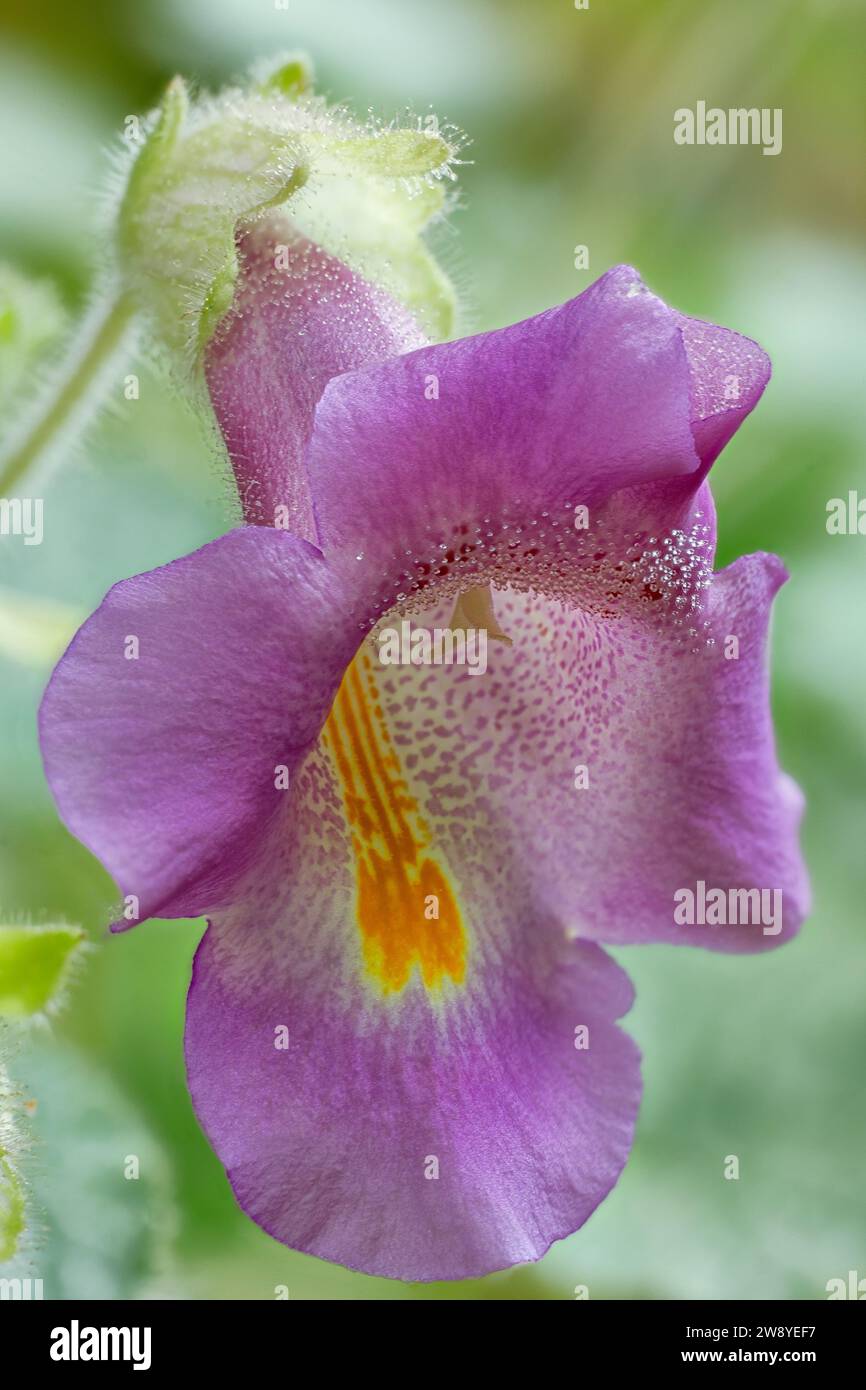 Devil's claw or unicorn-plant (Proboscidea louisianica), Martyniaceae. large annual herb from north america. purple flower. sticky glandular plant, pr Stock Photohttps://www.alamy.com/image-license-details/?v=1https://www.alamy.com/devils-claw-or-unicorn-plant-proboscidea-louisianica-martyniaceae-large-annual-herb-from-north-america-purple-flower-sticky-glandular-plant-pr-image590673867.html
Devil's claw or unicorn-plant (Proboscidea louisianica), Martyniaceae. large annual herb from north america. purple flower. sticky glandular plant, pr Stock Photohttps://www.alamy.com/image-license-details/?v=1https://www.alamy.com/devils-claw-or-unicorn-plant-proboscidea-louisianica-martyniaceae-large-annual-herb-from-north-america-purple-flower-sticky-glandular-plant-pr-image590673867.htmlRM2W8YEF7–Devil's claw or unicorn-plant (Proboscidea louisianica), Martyniaceae. large annual herb from north america. purple flower. sticky glandular plant, pr
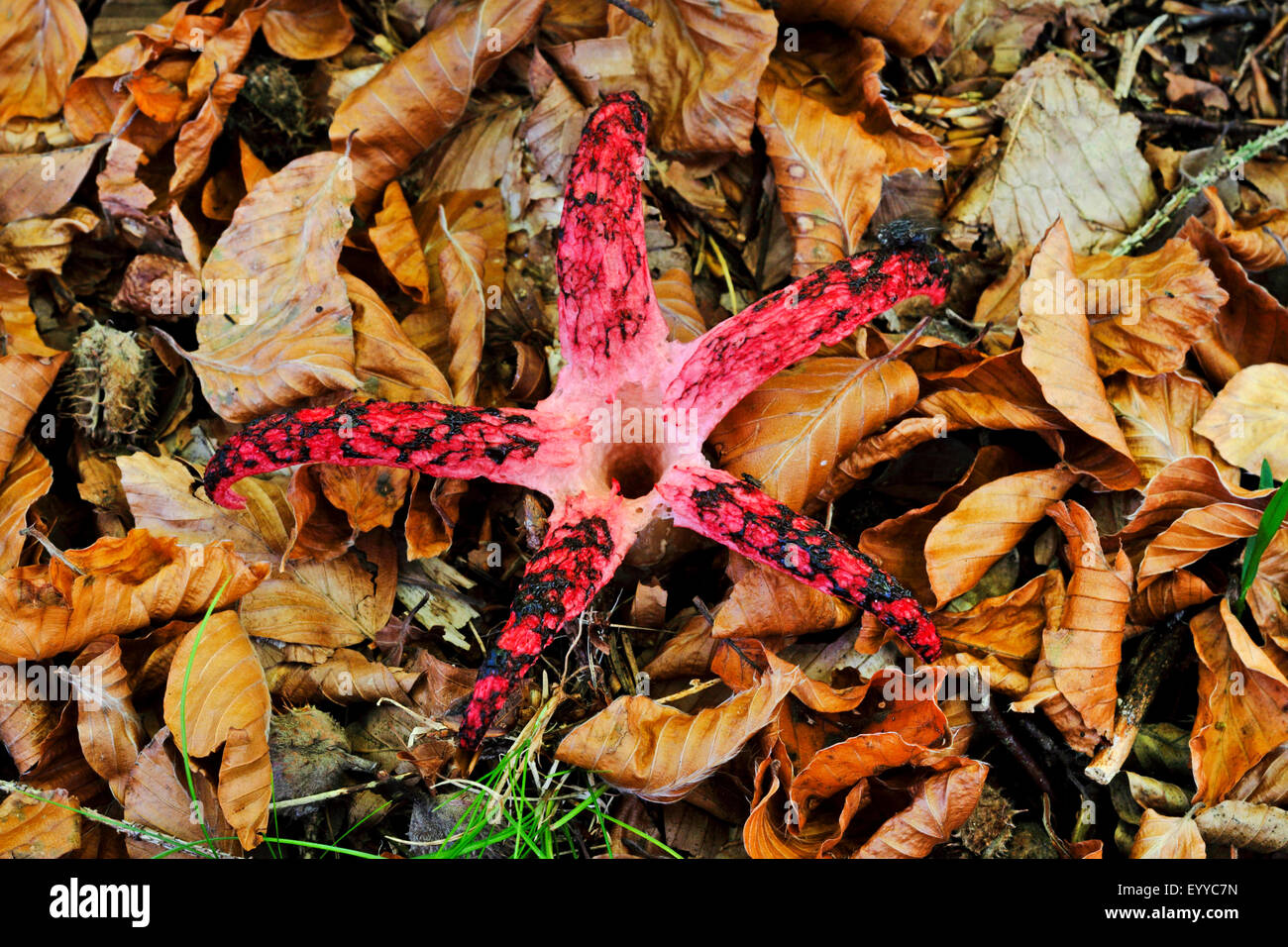 Devil's fingers, Devil's claw fungus, Giant stink horn, Octopus stinkhorn (Anthurus archeri, Clathrus archeri), fruiting body on forest ground, view from above, Germany Stock Photohttps://www.alamy.com/image-license-details/?v=1https://www.alamy.com/stock-photo-devils-fingers-devils-claw-fungus-giant-stink-horn-octopus-stinkhorn-86039513.html
Devil's fingers, Devil's claw fungus, Giant stink horn, Octopus stinkhorn (Anthurus archeri, Clathrus archeri), fruiting body on forest ground, view from above, Germany Stock Photohttps://www.alamy.com/image-license-details/?v=1https://www.alamy.com/stock-photo-devils-fingers-devils-claw-fungus-giant-stink-horn-octopus-stinkhorn-86039513.htmlRMEYYC7N–Devil's fingers, Devil's claw fungus, Giant stink horn, Octopus stinkhorn (Anthurus archeri, Clathrus archeri), fruiting body on forest ground, view from above, Germany
 The black devil's claw is a lime-loving plant on moor meadows and nutrient-poor grassland. Phyteuma nigrum Stock Photohttps://www.alamy.com/image-license-details/?v=1https://www.alamy.com/the-black-devils-claw-is-a-lime-loving-plant-on-moor-meadows-and-nutrient-poor-grassland-phyteuma-nigrum-image619543017.html
The black devil's claw is a lime-loving plant on moor meadows and nutrient-poor grassland. Phyteuma nigrum Stock Photohttps://www.alamy.com/image-license-details/?v=1https://www.alamy.com/the-black-devils-claw-is-a-lime-loving-plant-on-moor-meadows-and-nutrient-poor-grassland-phyteuma-nigrum-image619543017.htmlRM2XYXHC9–The black devil's claw is a lime-loving plant on moor meadows and nutrient-poor grassland. Phyteuma nigrum
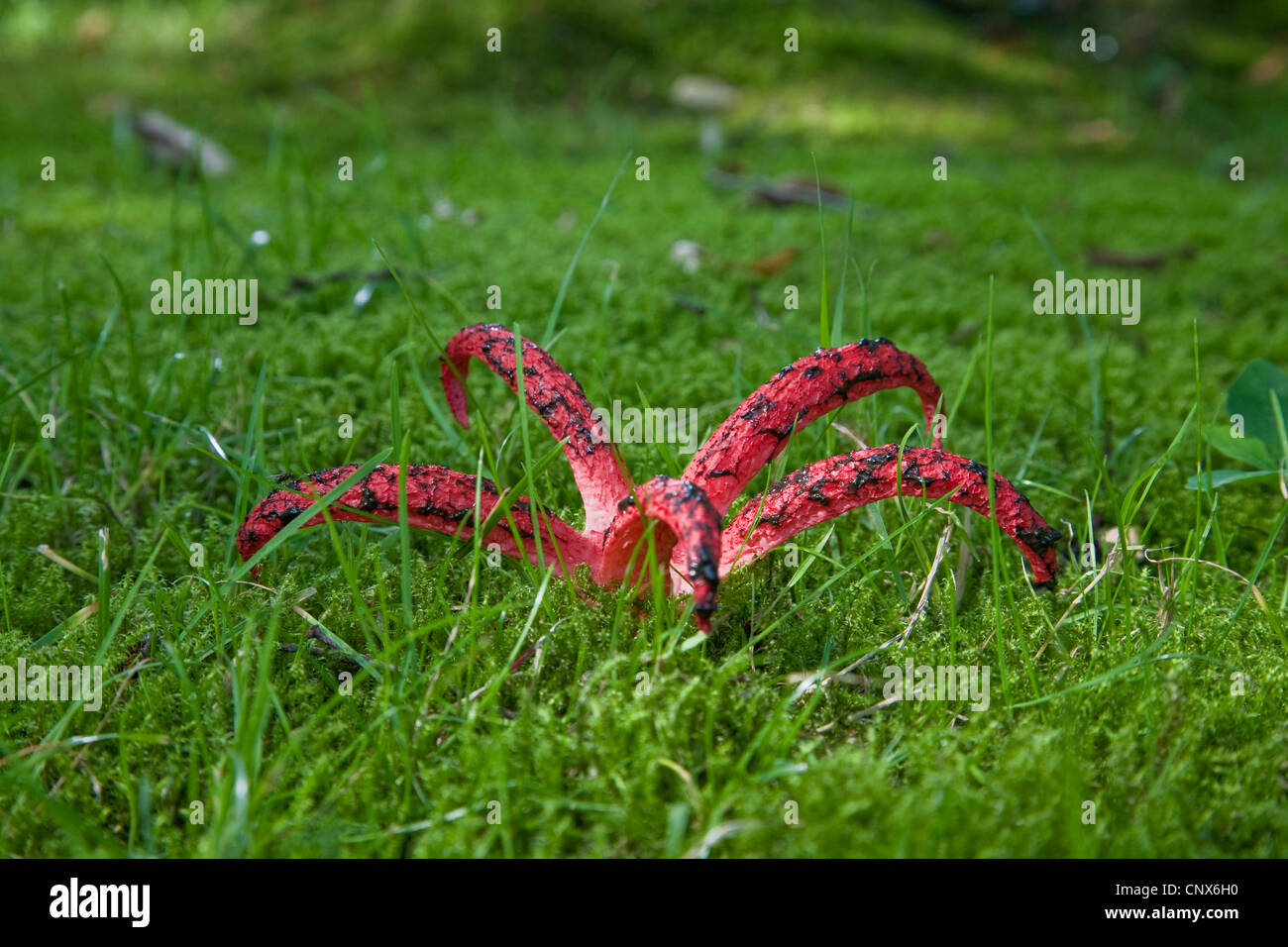 devil's fingers, devil's claw fungus, giant stink horn, octopus stinkhorn (Anthurus archeri, Clathrus archeri), in a meadow, Germany Stock Photohttps://www.alamy.com/image-license-details/?v=1https://www.alamy.com/stock-photo-devils-fingers-devils-claw-fungus-giant-stink-horn-octopus-stinkhorn-47904444.html
devil's fingers, devil's claw fungus, giant stink horn, octopus stinkhorn (Anthurus archeri, Clathrus archeri), in a meadow, Germany Stock Photohttps://www.alamy.com/image-license-details/?v=1https://www.alamy.com/stock-photo-devils-fingers-devils-claw-fungus-giant-stink-horn-octopus-stinkhorn-47904444.htmlRMCNX6H0–devil's fingers, devil's claw fungus, giant stink horn, octopus stinkhorn (Anthurus archeri, Clathrus archeri), in a meadow, Germany
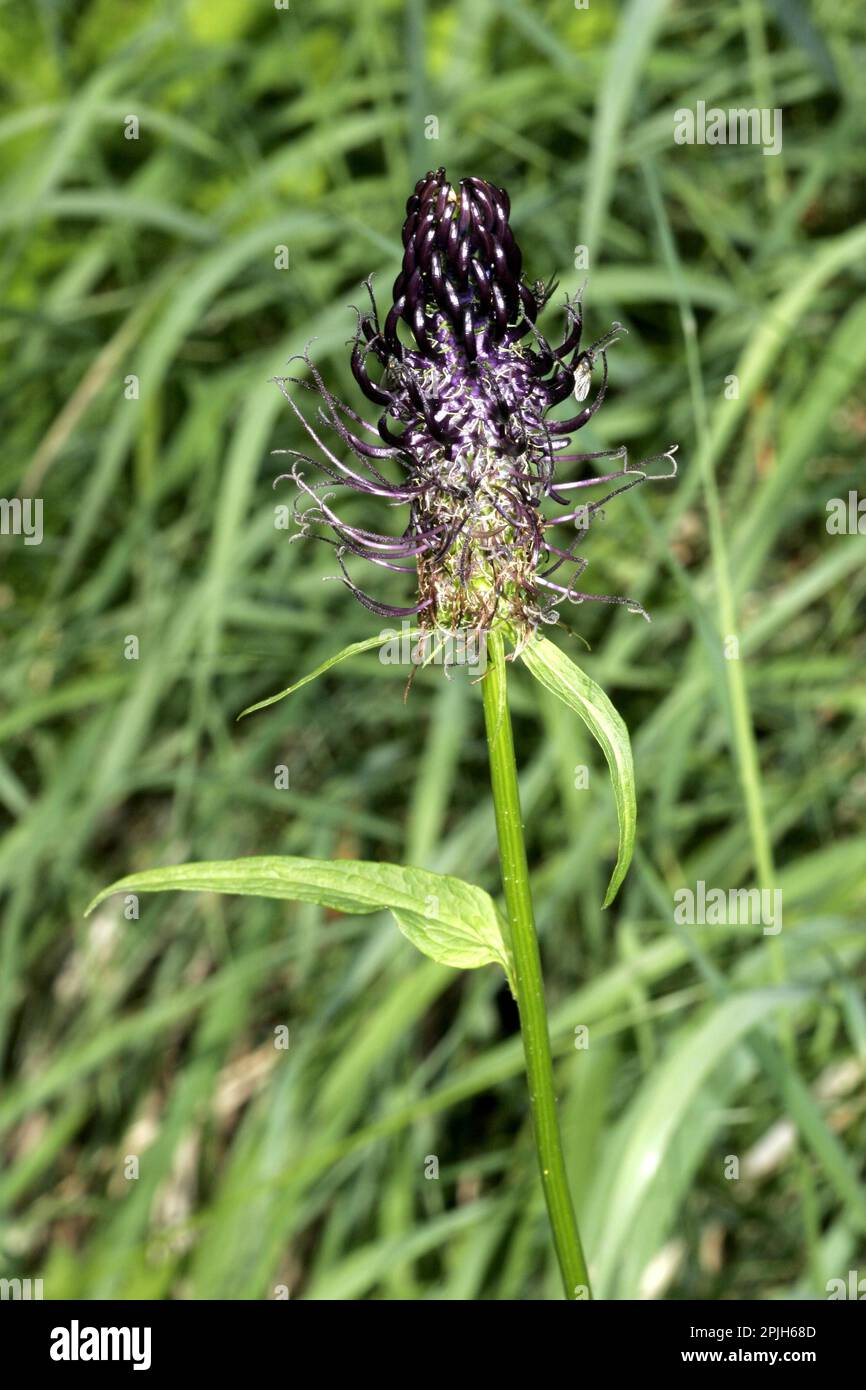 Creeping Devil's Claw Stock Photohttps://www.alamy.com/image-license-details/?v=1https://www.alamy.com/creeping-devils-claw-image544963341.html
Creeping Devil's Claw Stock Photohttps://www.alamy.com/image-license-details/?v=1https://www.alamy.com/creeping-devils-claw-image544963341.htmlRM2PJH68D–Creeping Devil's Claw
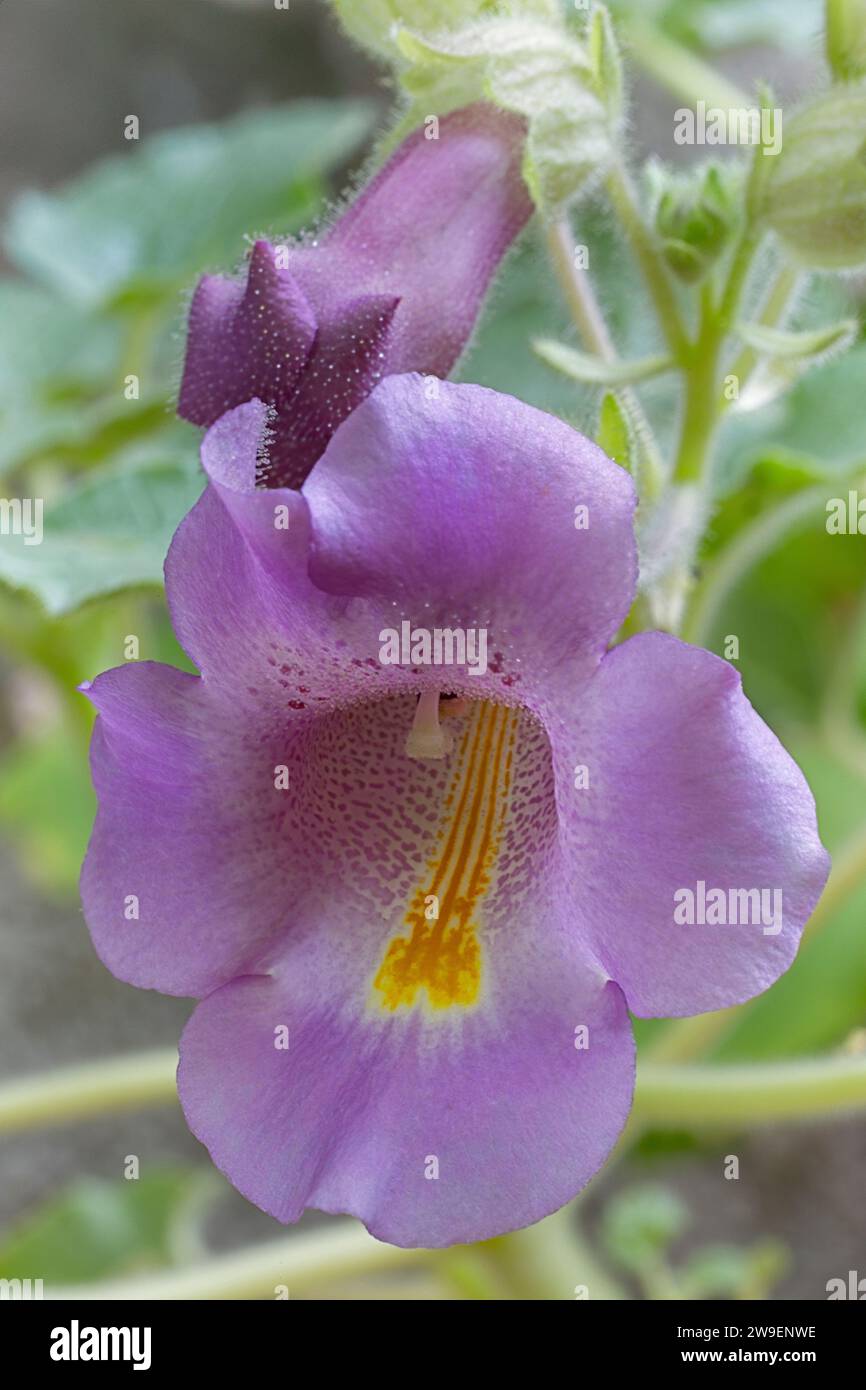 Devil's claw or unicorn-plant (Proboscidea louisianica), Martyniaceae. large annual herb from north america. purple flower. sticky glandular plant, pr Stock Photohttps://www.alamy.com/image-license-details/?v=1https://www.alamy.com/devils-claw-or-unicorn-plant-proboscidea-louisianica-martyniaceae-large-annual-herb-from-north-america-purple-flower-sticky-glandular-plant-pr-image591008922.html
Devil's claw or unicorn-plant (Proboscidea louisianica), Martyniaceae. large annual herb from north america. purple flower. sticky glandular plant, pr Stock Photohttps://www.alamy.com/image-license-details/?v=1https://www.alamy.com/devils-claw-or-unicorn-plant-proboscidea-louisianica-martyniaceae-large-annual-herb-from-north-america-purple-flower-sticky-glandular-plant-pr-image591008922.htmlRM2W9ENWE–Devil's claw or unicorn-plant (Proboscidea louisianica), Martyniaceae. large annual herb from north america. purple flower. sticky glandular plant, pr
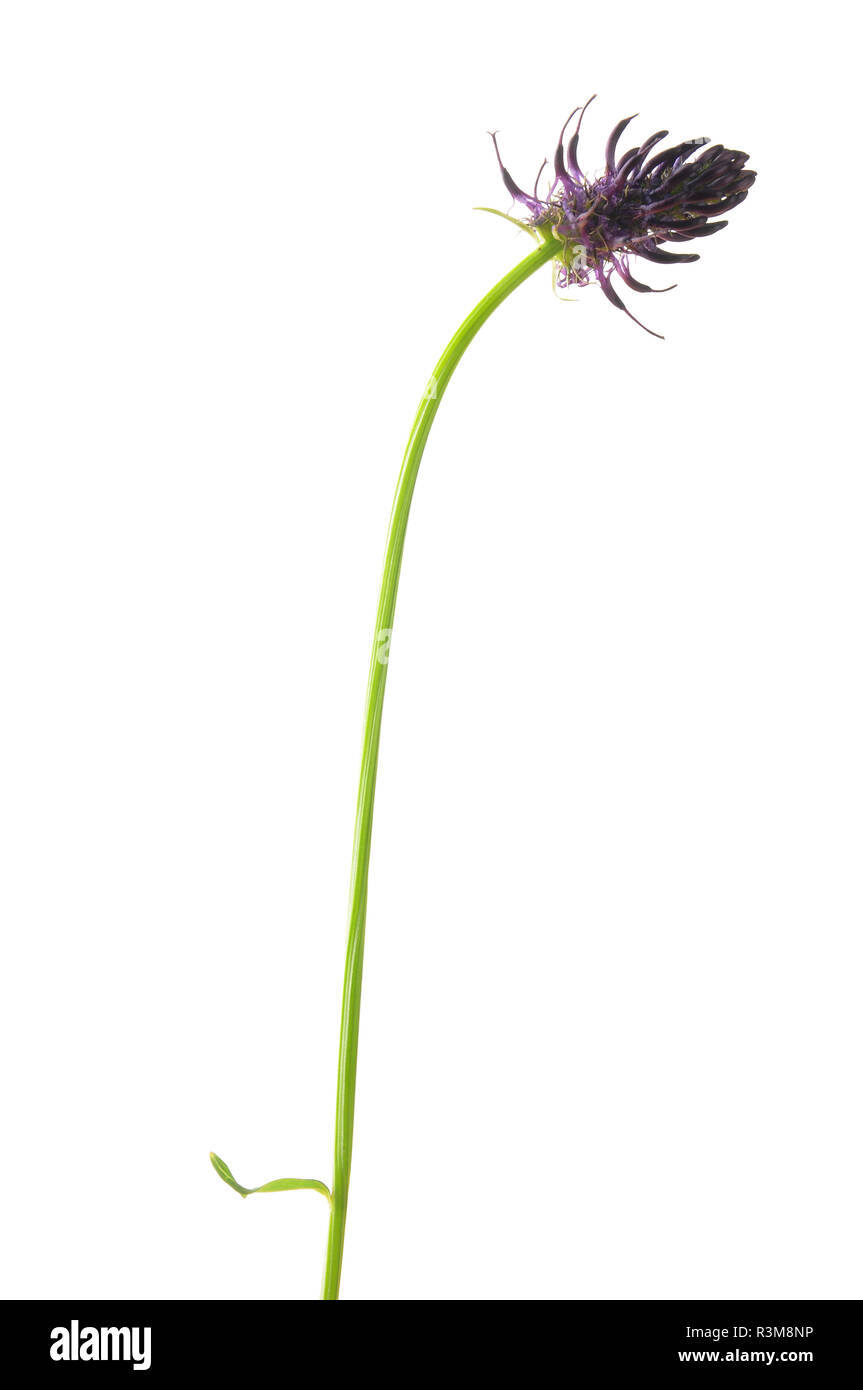 black devil's claw (phyteuma nigrum) Stock Photohttps://www.alamy.com/image-license-details/?v=1https://www.alamy.com/black-devils-claw-phyteuma-nigrum-image226024674.html
black devil's claw (phyteuma nigrum) Stock Photohttps://www.alamy.com/image-license-details/?v=1https://www.alamy.com/black-devils-claw-phyteuma-nigrum-image226024674.htmlRFR3M8NP–black devil's claw (phyteuma nigrum)
 Devil's claw seed capsule (Proboscidea louisianica) Stock Photohttps://www.alamy.com/image-license-details/?v=1https://www.alamy.com/devils-claw-seed-capsule-proboscidea-louisianica-image592306187.html
Devil's claw seed capsule (Proboscidea louisianica) Stock Photohttps://www.alamy.com/image-license-details/?v=1https://www.alamy.com/devils-claw-seed-capsule-proboscidea-louisianica-image592306187.htmlRF2WBHTGB–Devil's claw seed capsule (Proboscidea louisianica)
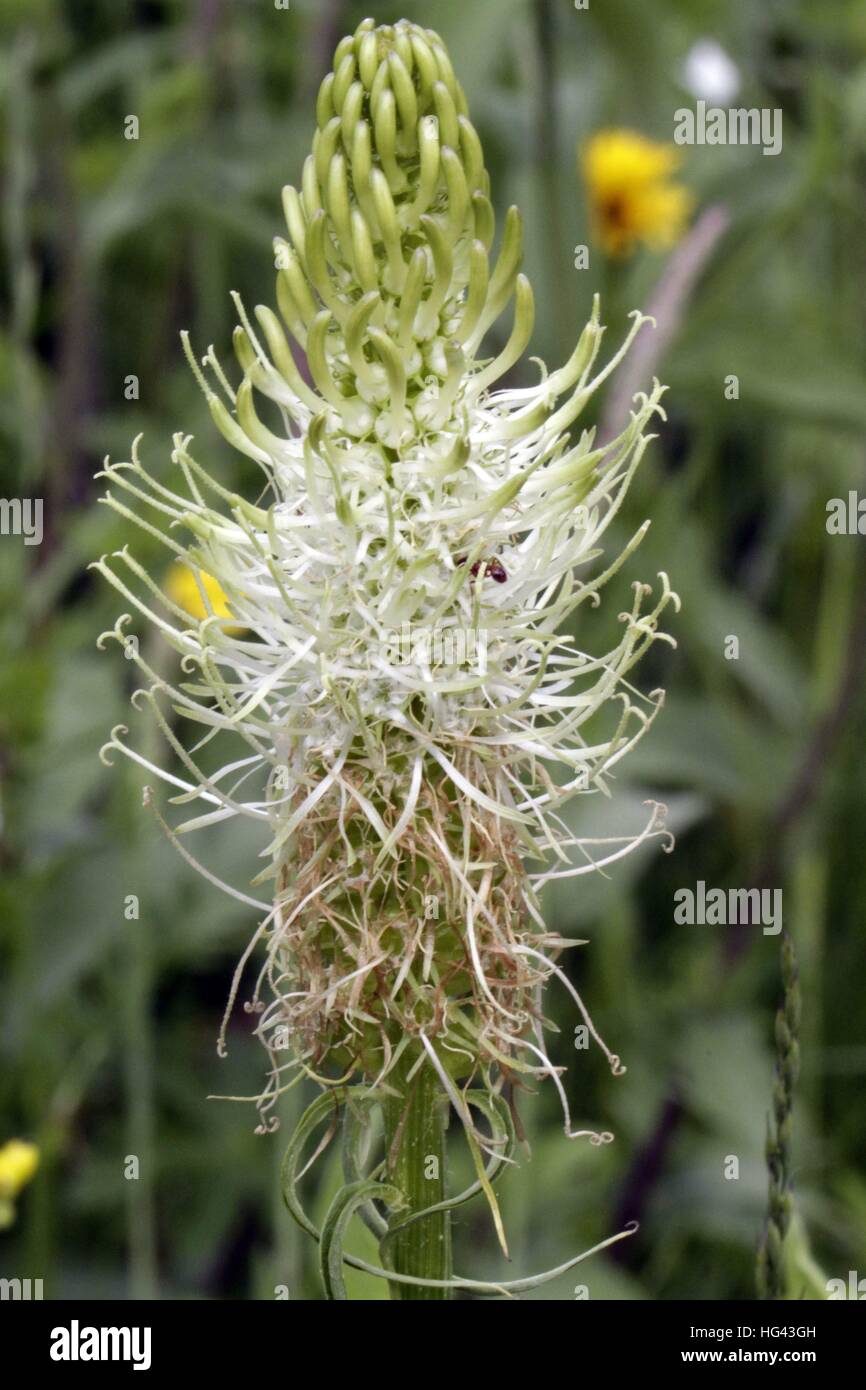 The devil's claw (Phyteuma spicatum). It is a perennial herbaceous plant with heights of 30 to 80 centimeters. It blooms from May to August. Pollinators are bees, but also beetles or butterflies. Schmalkalden, Thuringia, Germany, Europe Date: June 1, 2016 | usage worldwide Stock Photohttps://www.alamy.com/image-license-details/?v=1https://www.alamy.com/stock-photo-the-devils-claw-phyteuma-spicatum-it-is-a-perennial-herbaceous-plant-130397697.html
The devil's claw (Phyteuma spicatum). It is a perennial herbaceous plant with heights of 30 to 80 centimeters. It blooms from May to August. Pollinators are bees, but also beetles or butterflies. Schmalkalden, Thuringia, Germany, Europe Date: June 1, 2016 | usage worldwide Stock Photohttps://www.alamy.com/image-license-details/?v=1https://www.alamy.com/stock-photo-the-devils-claw-phyteuma-spicatum-it-is-a-perennial-herbaceous-plant-130397697.htmlRMHG43GH–The devil's claw (Phyteuma spicatum). It is a perennial herbaceous plant with heights of 30 to 80 centimeters. It blooms from May to August. Pollinators are bees, but also beetles or butterflies. Schmalkalden, Thuringia, Germany, Europe Date: June 1, 2016 | usage worldwide
 Devil's claw; Phyteuma spicatum, Stock Photohttps://www.alamy.com/image-license-details/?v=1https://www.alamy.com/devils-claw-phyteuma-spicatum-image449712976.html
Devil's claw; Phyteuma spicatum, Stock Photohttps://www.alamy.com/image-license-details/?v=1https://www.alamy.com/devils-claw-phyteuma-spicatum-image449712976.htmlRM2H3J5DM–Devil's claw; Phyteuma spicatum,
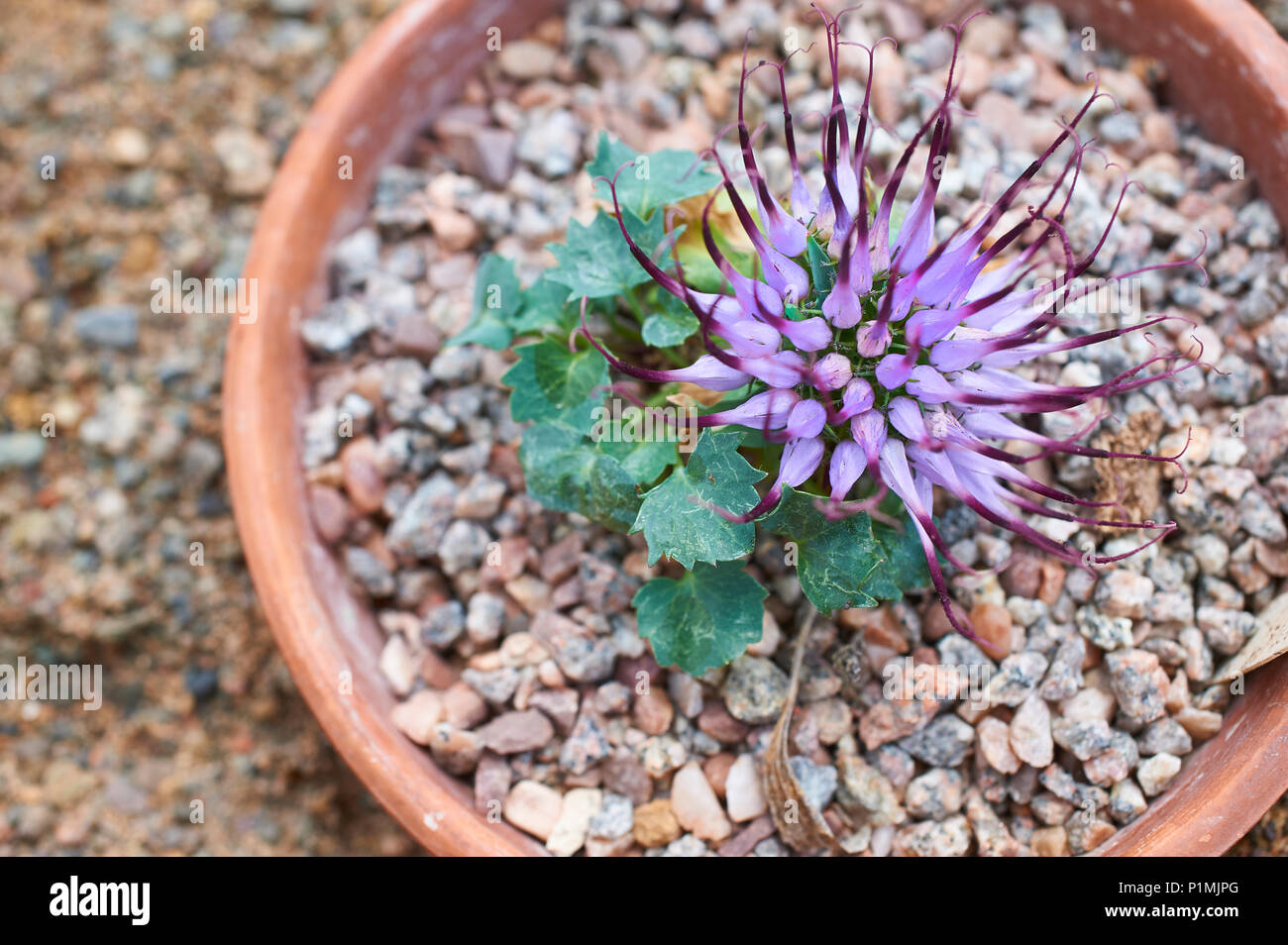 Physoplexus comosa known as Devil's Claw or Tufted Horned Rampion Stock Photohttps://www.alamy.com/image-license-details/?v=1https://www.alamy.com/physoplexus-comosa-known-as-devils-claw-or-tufted-horned-rampion-image207592856.html
Physoplexus comosa known as Devil's Claw or Tufted Horned Rampion Stock Photohttps://www.alamy.com/image-license-details/?v=1https://www.alamy.com/physoplexus-comosa-known-as-devils-claw-or-tufted-horned-rampion-image207592856.htmlRMP1MJPG–Physoplexus comosa known as Devil's Claw or Tufted Horned Rampion